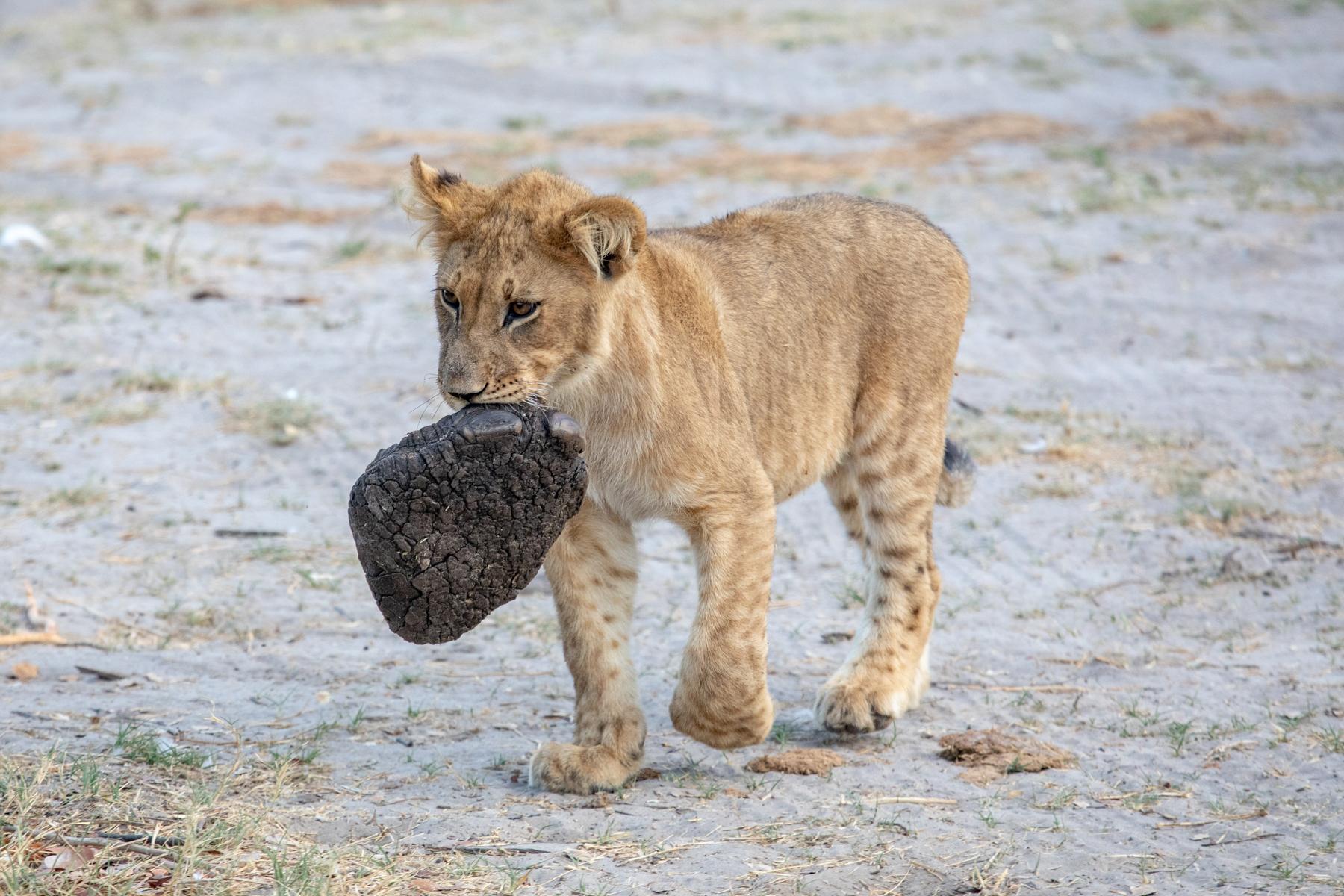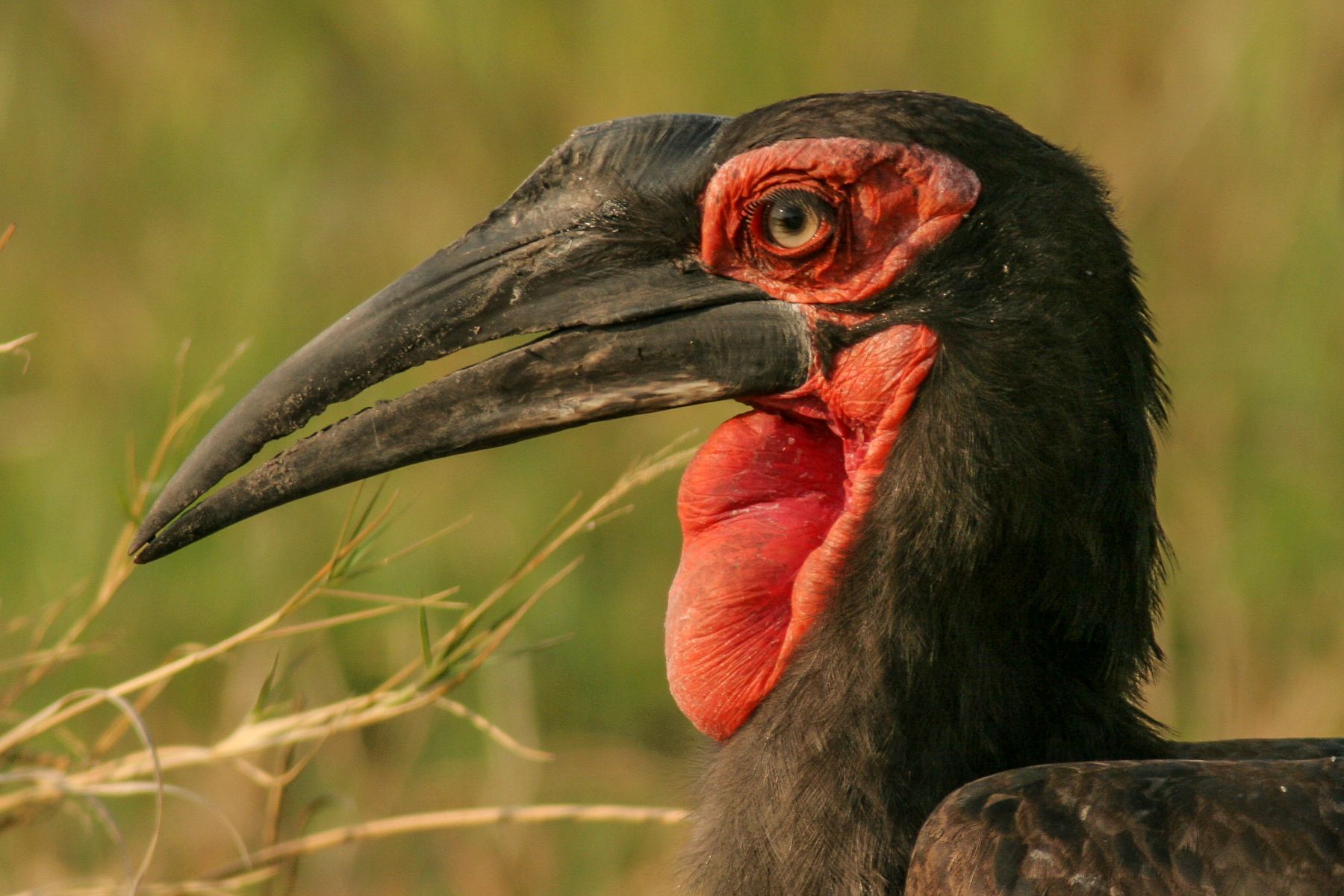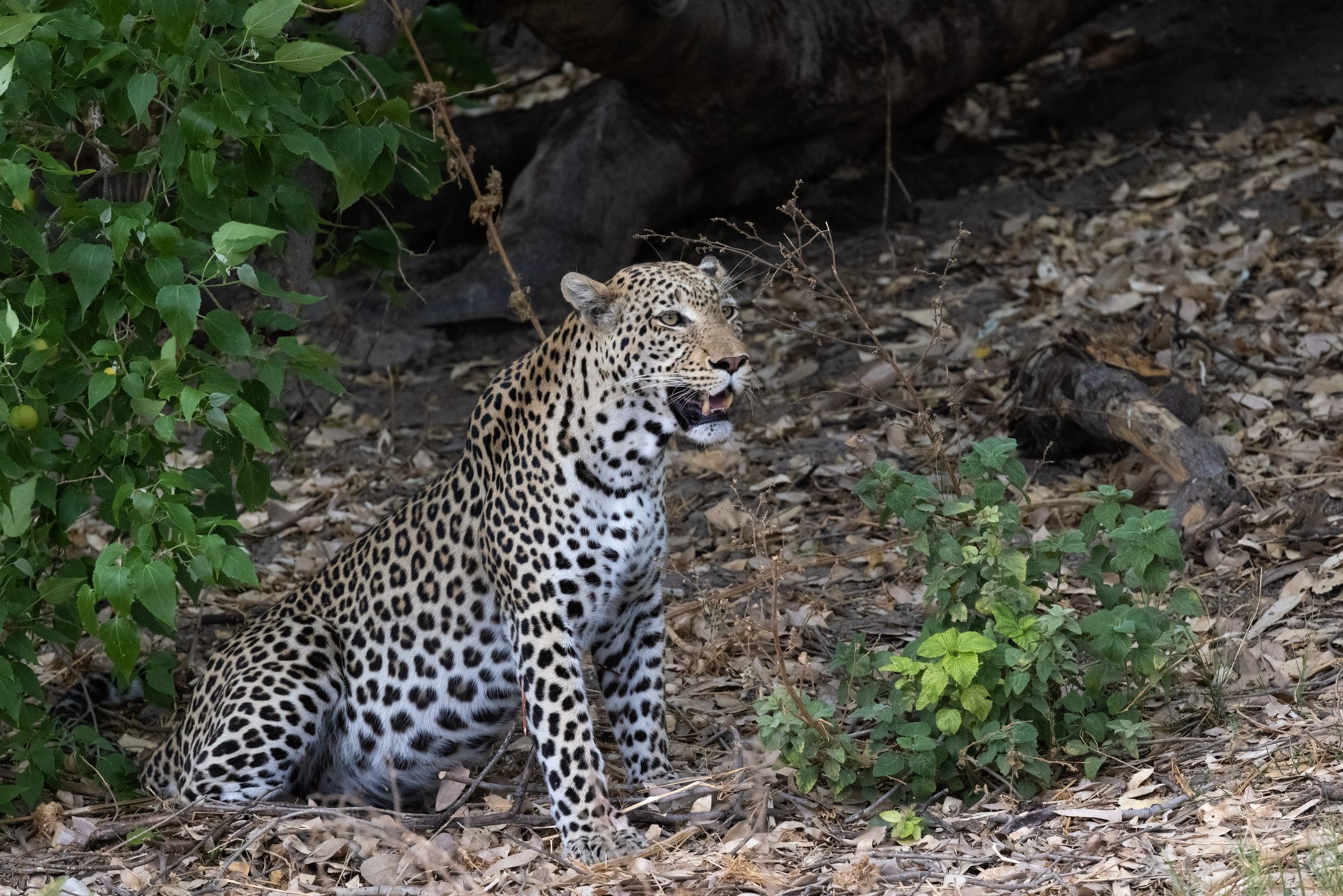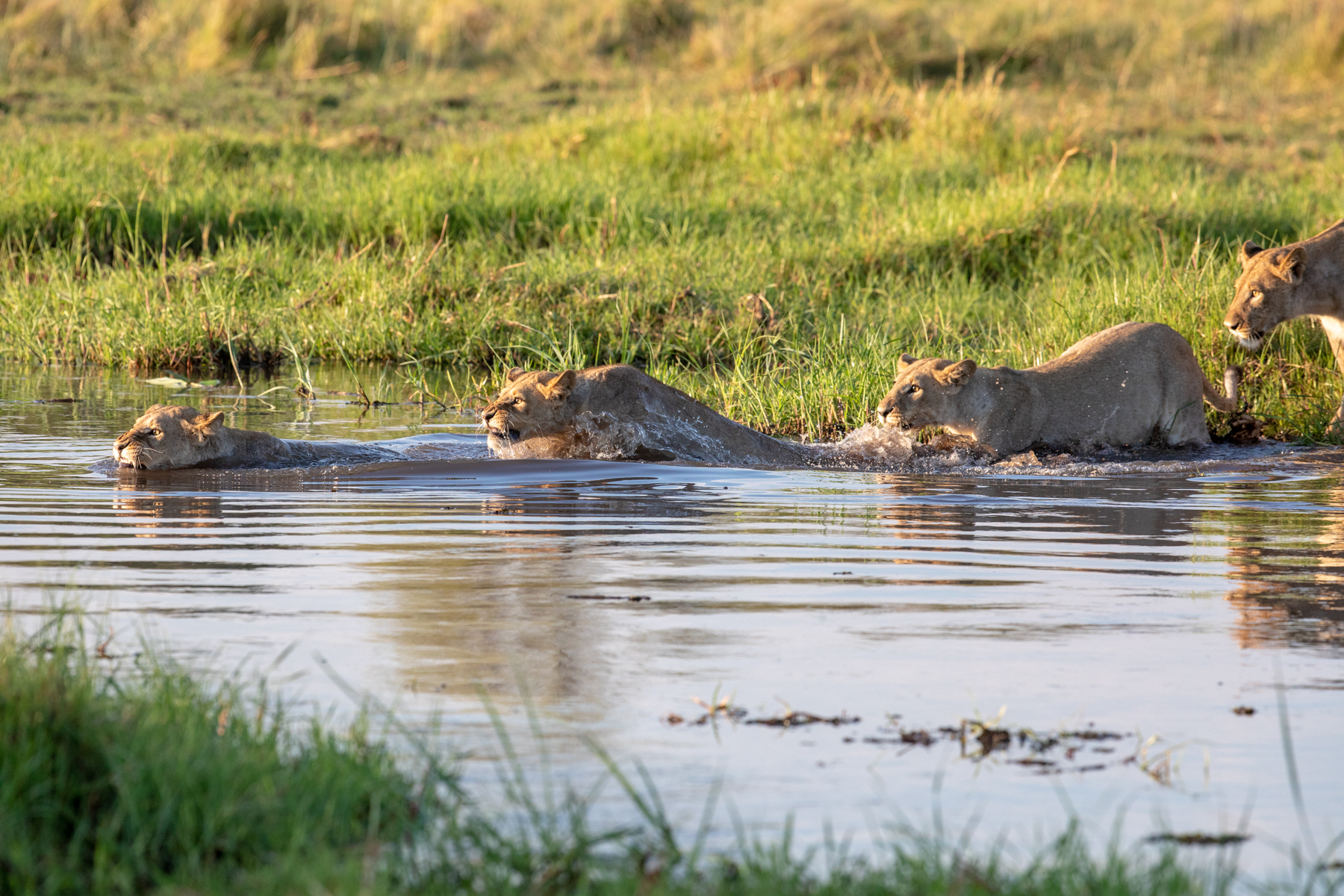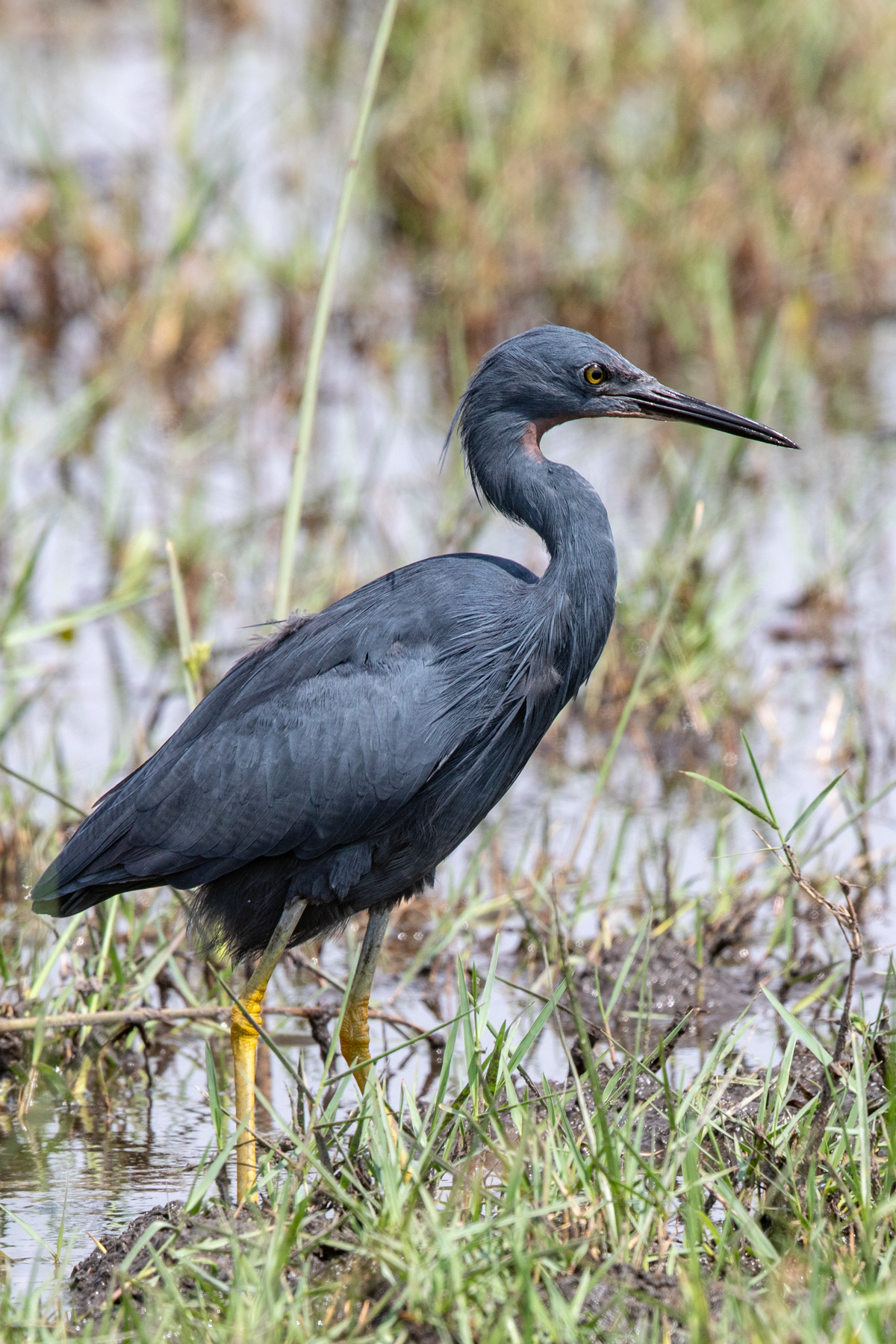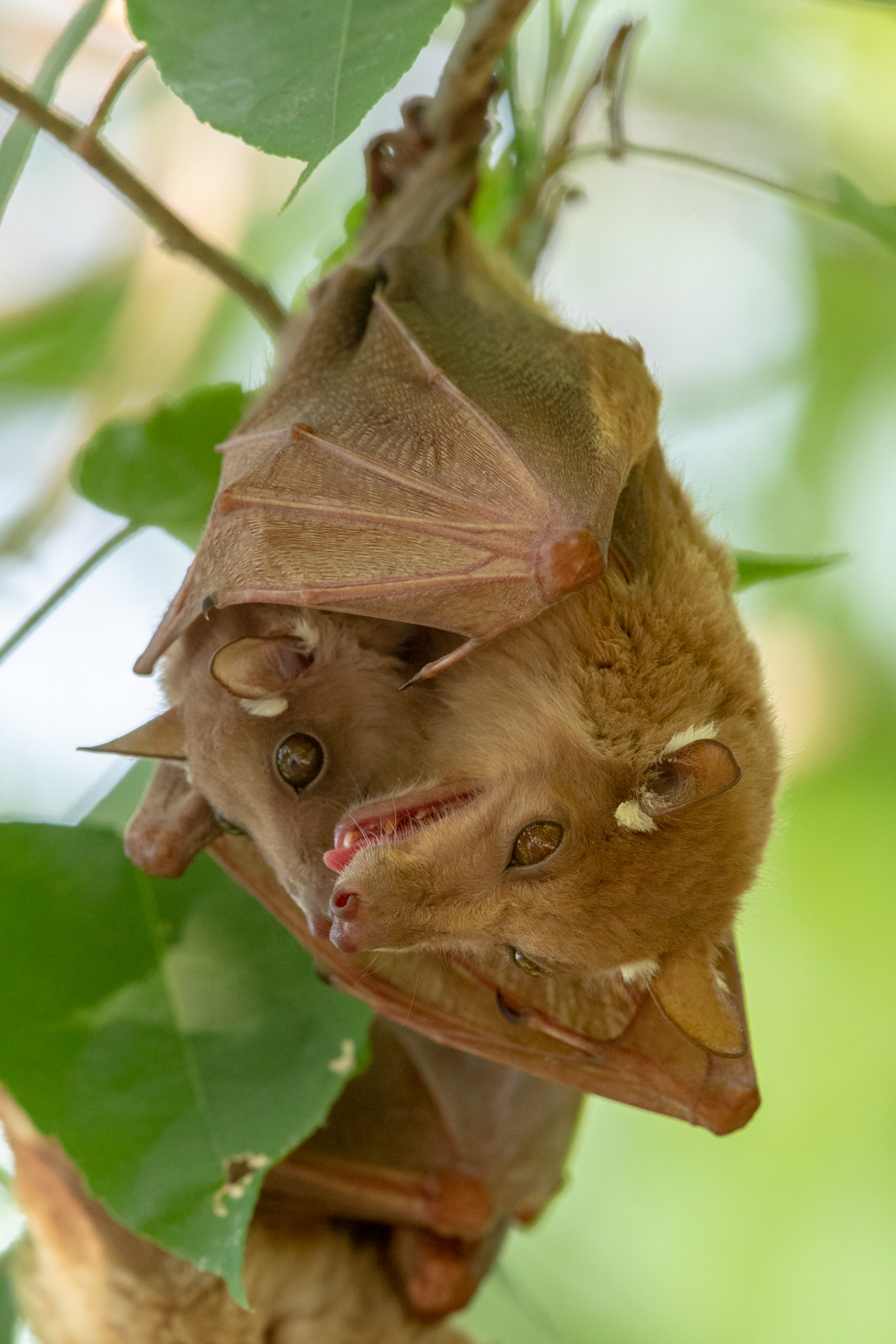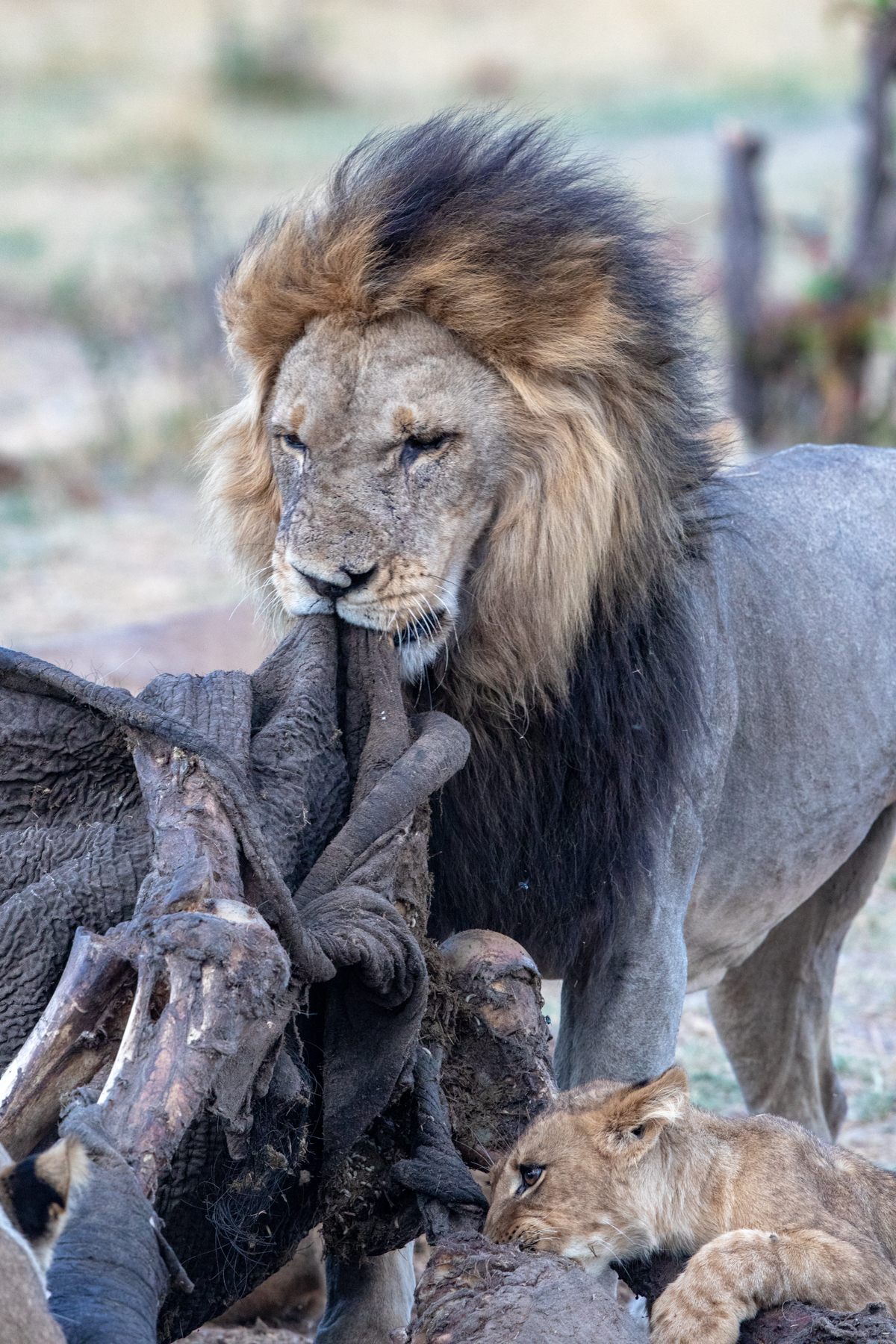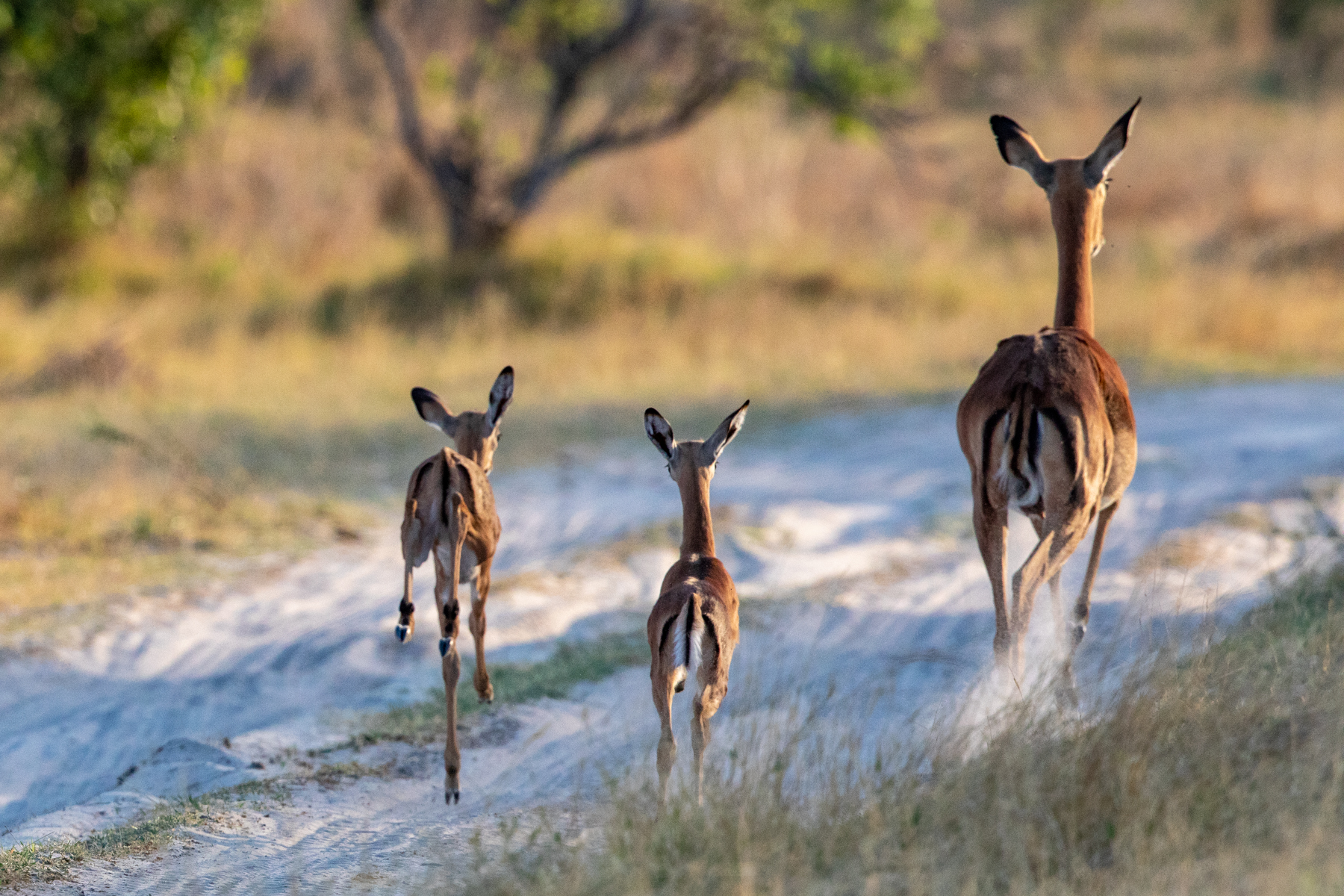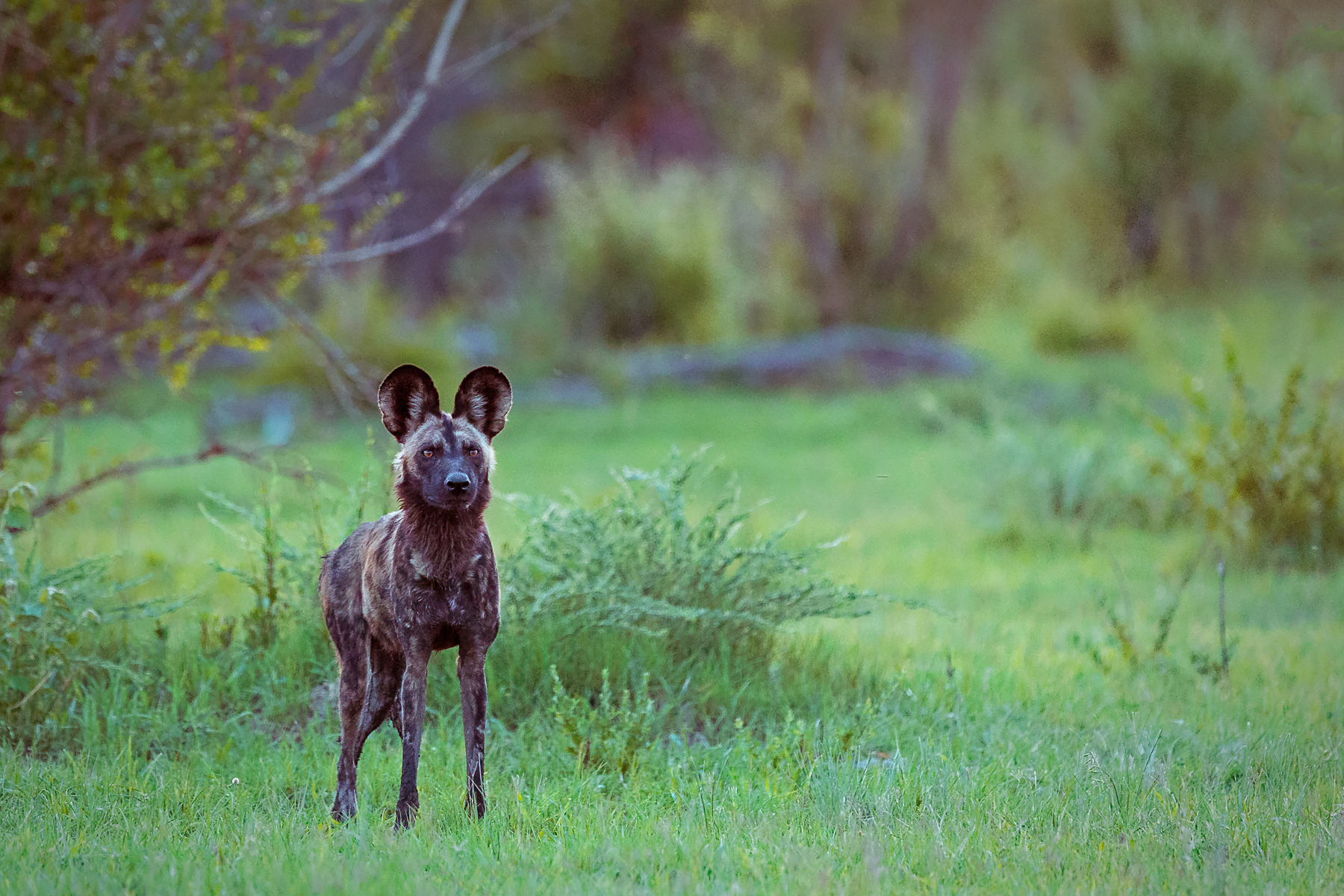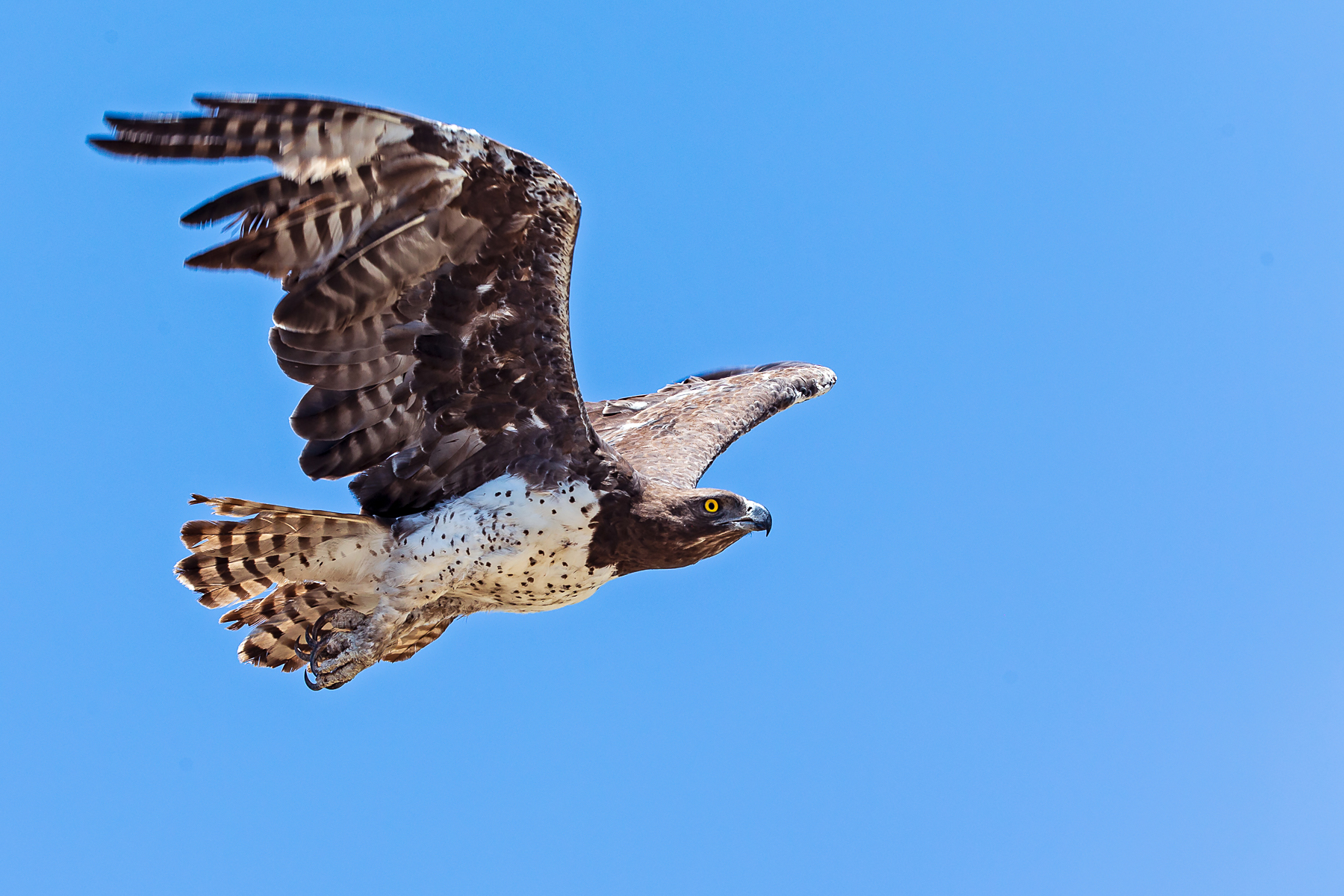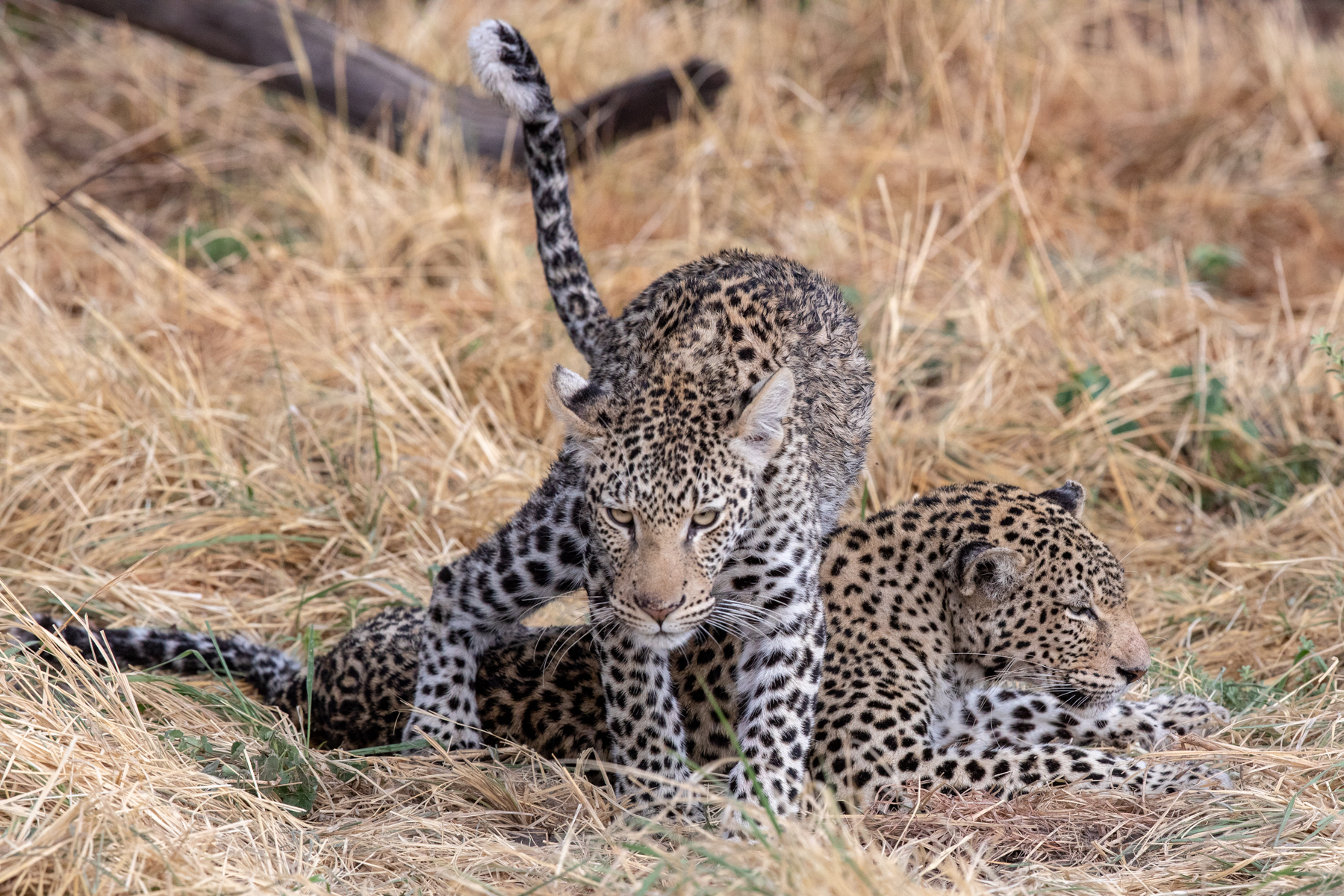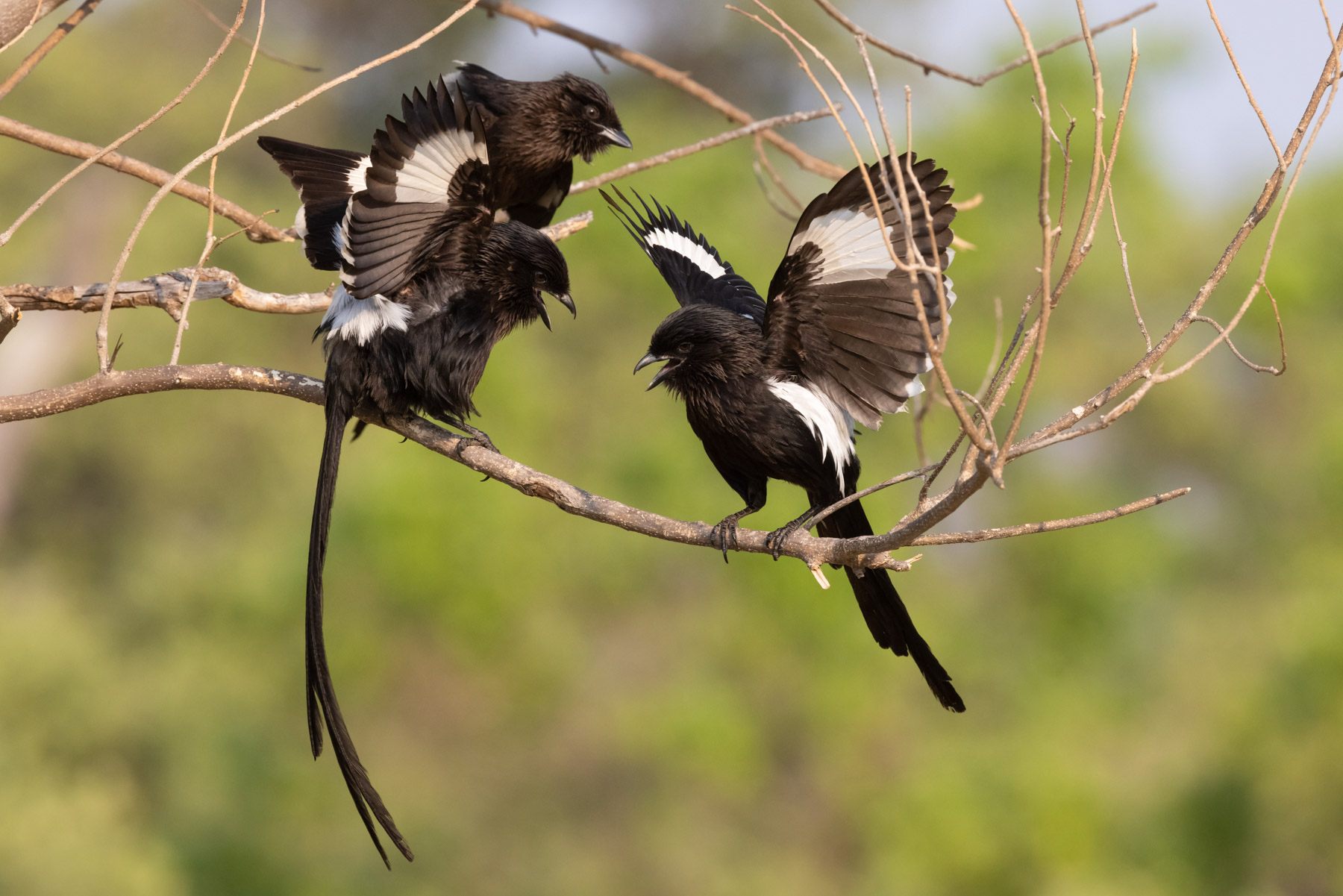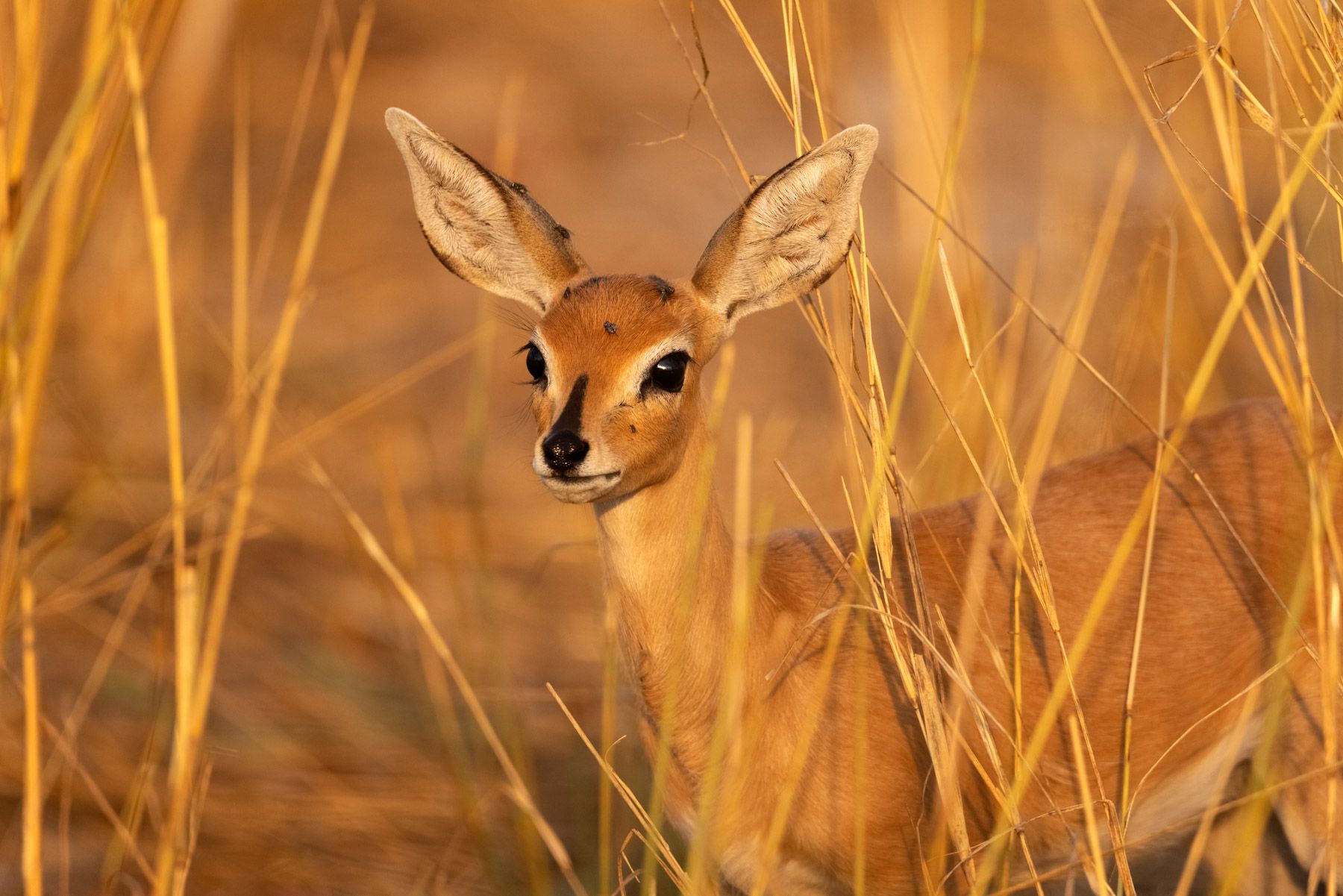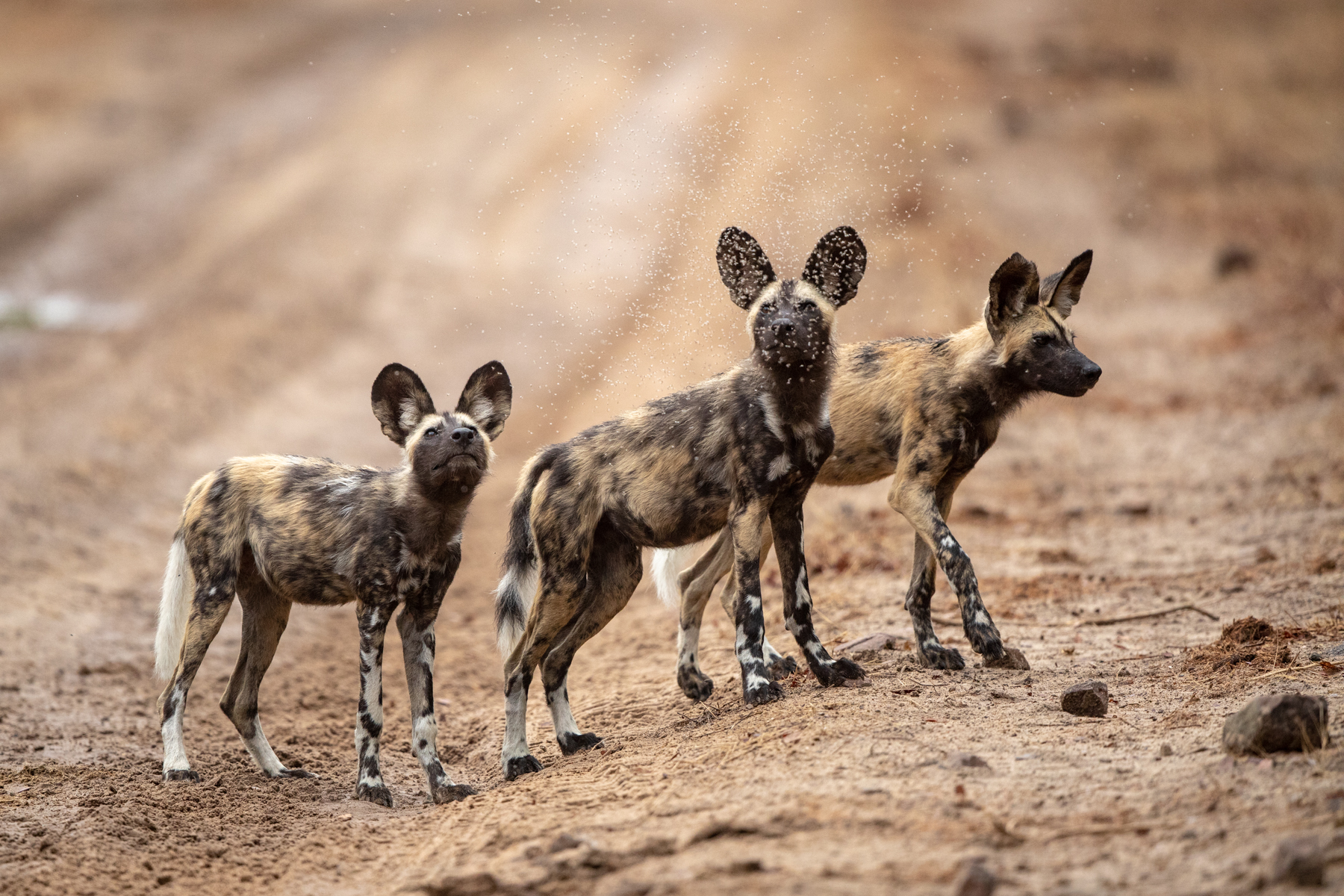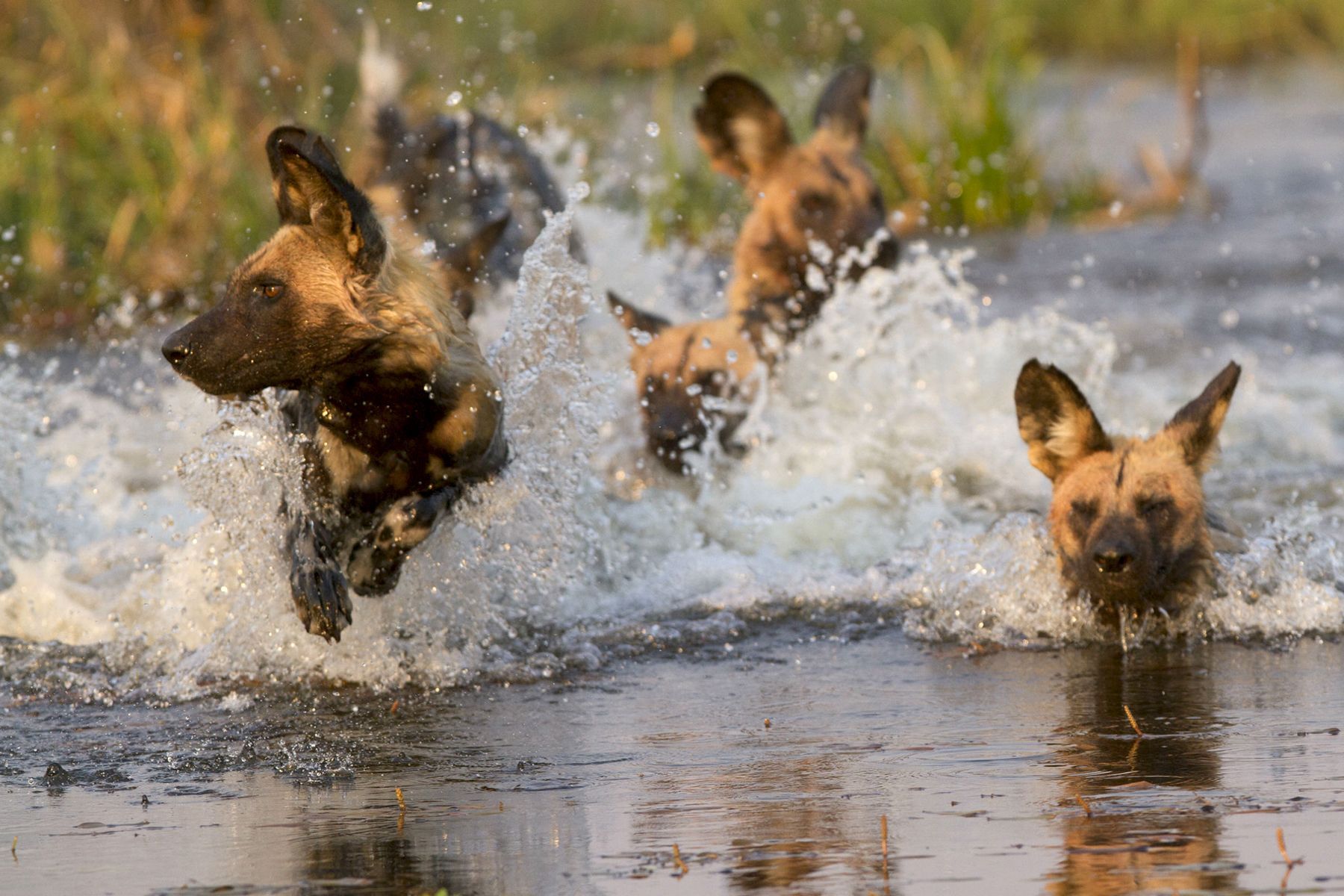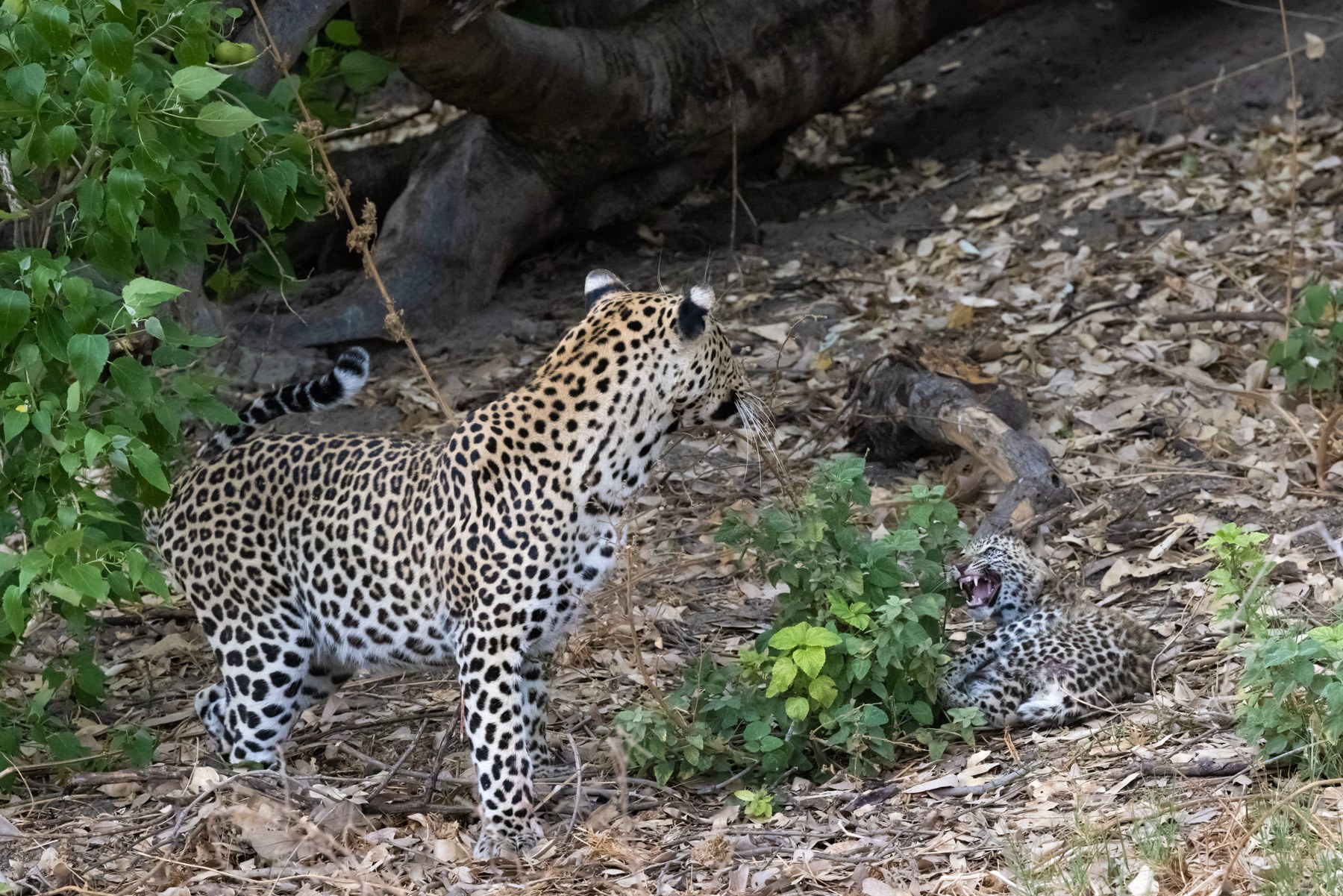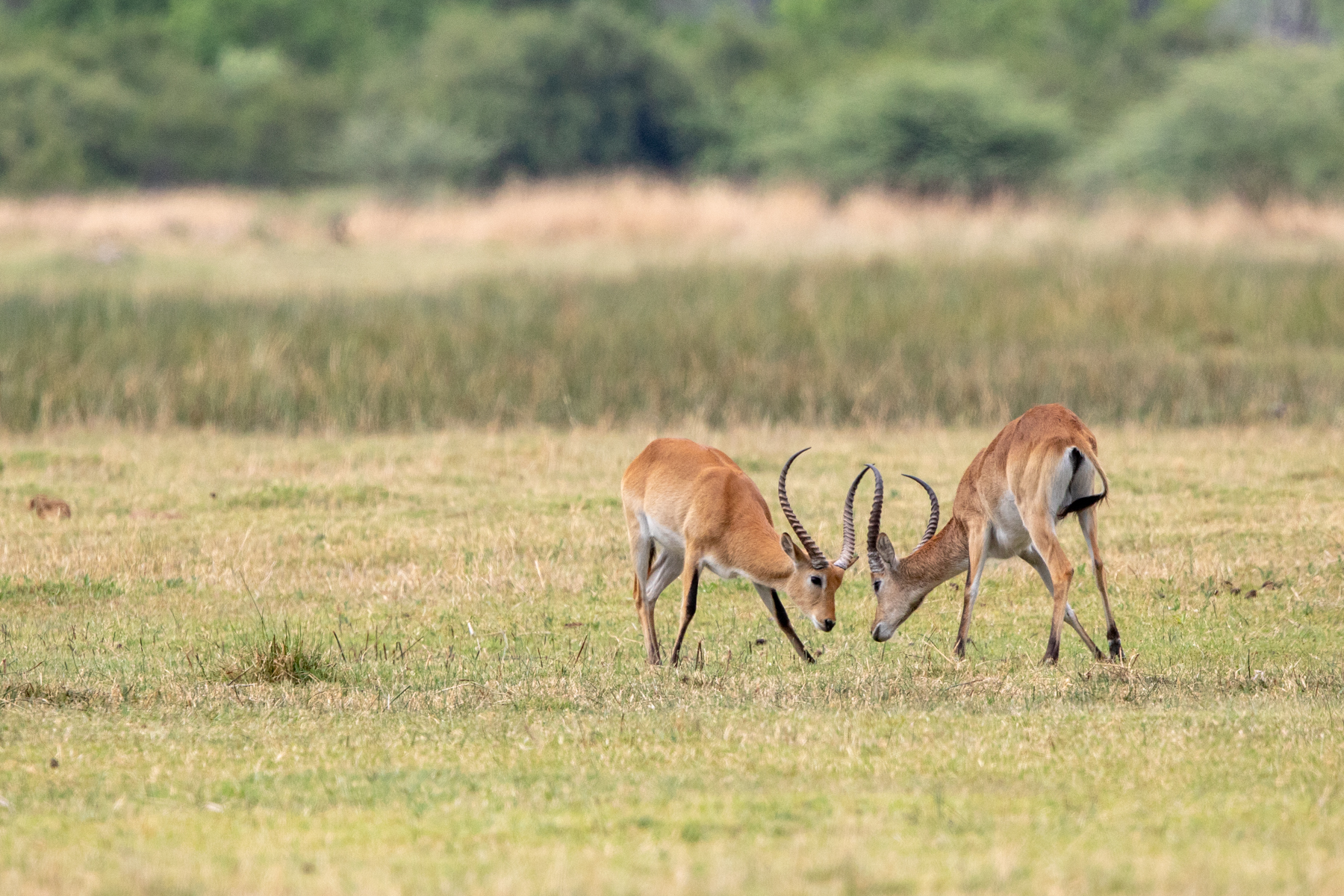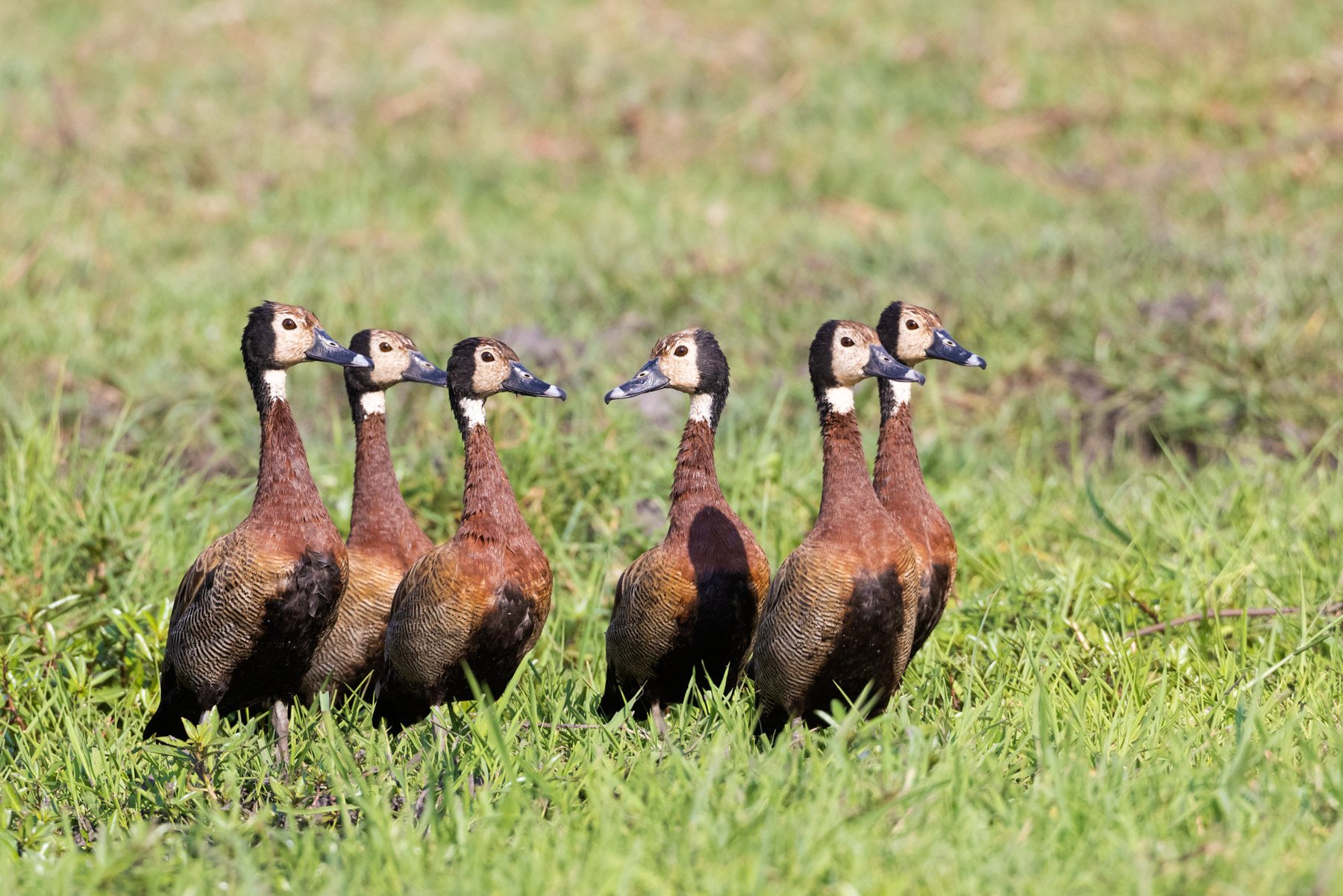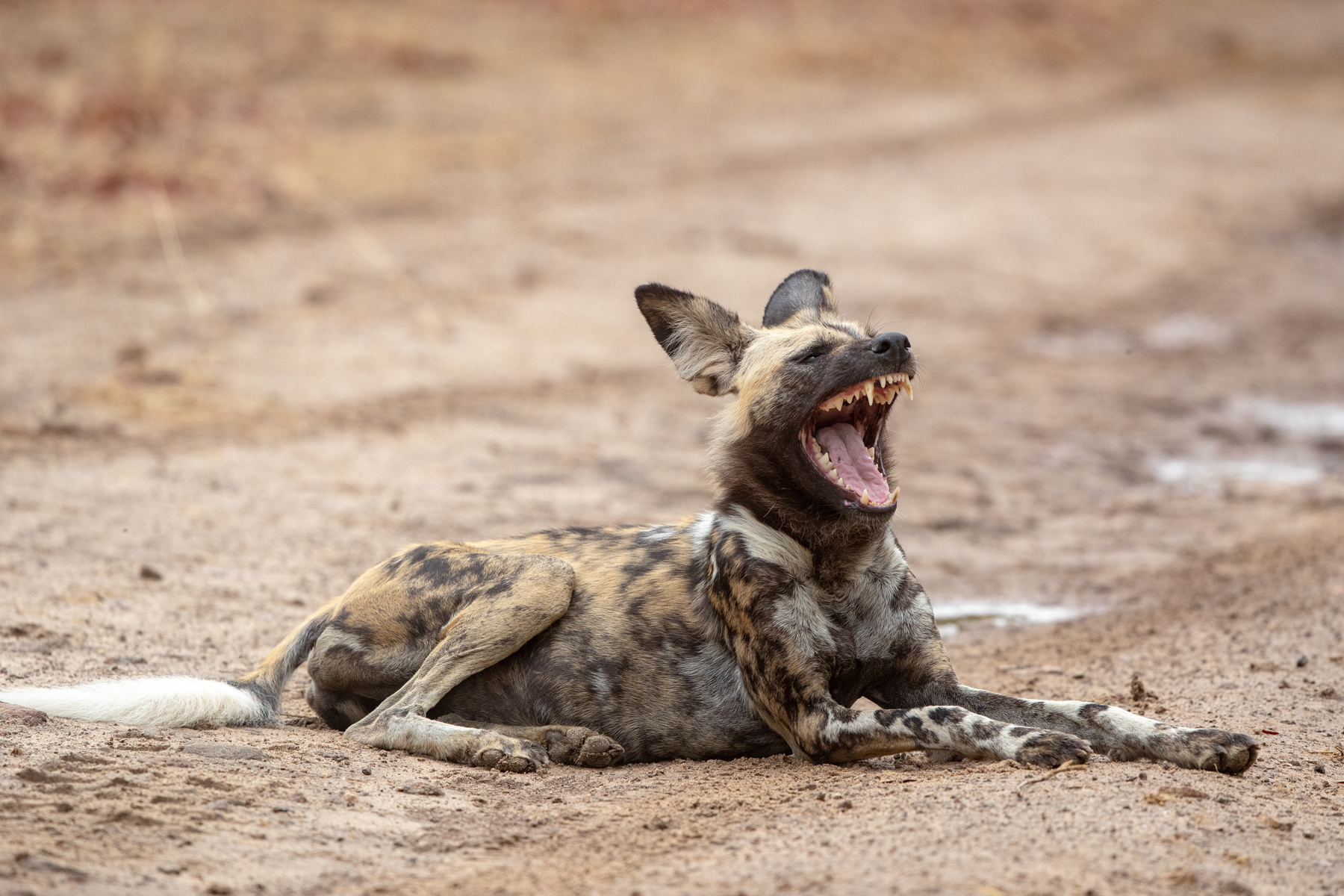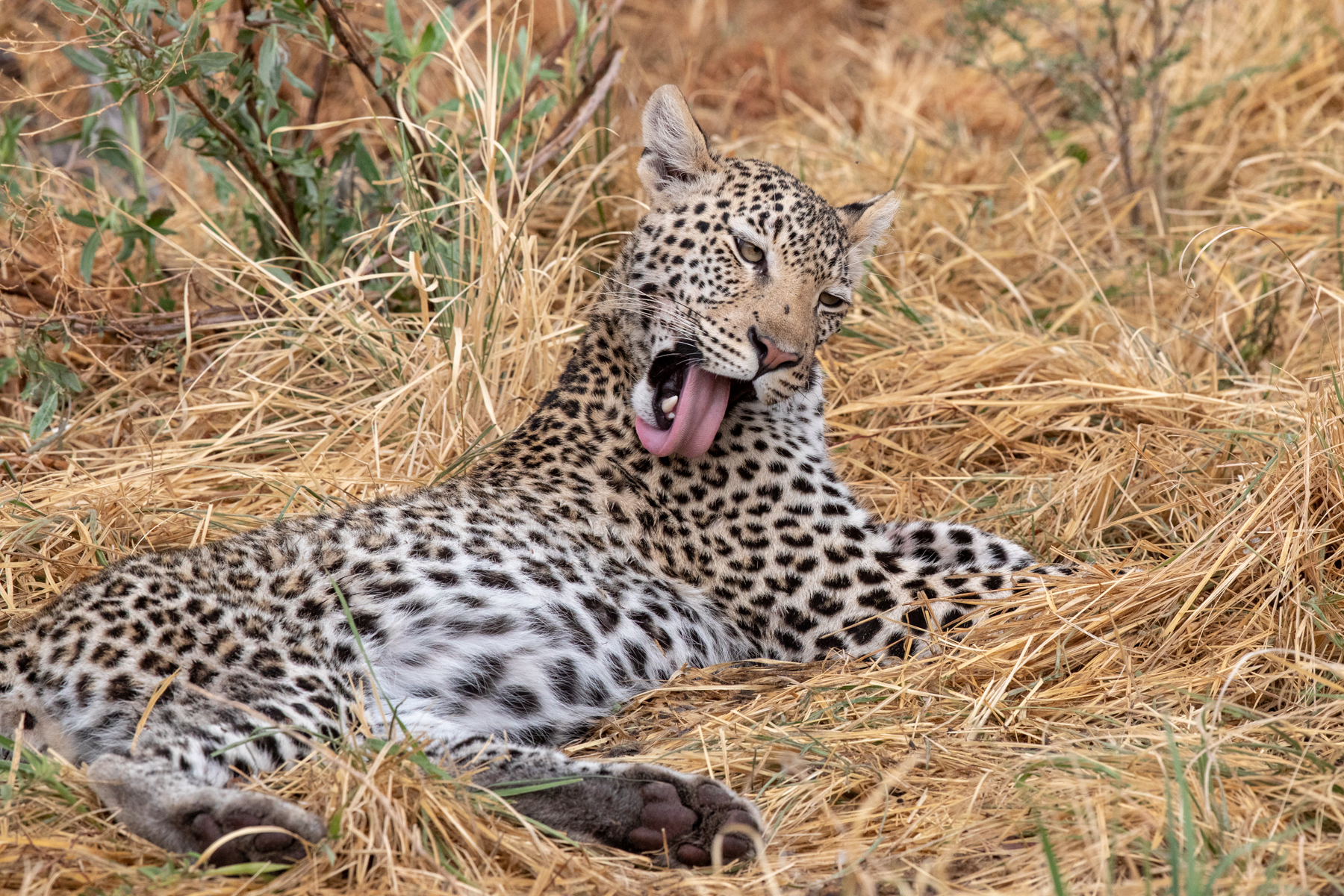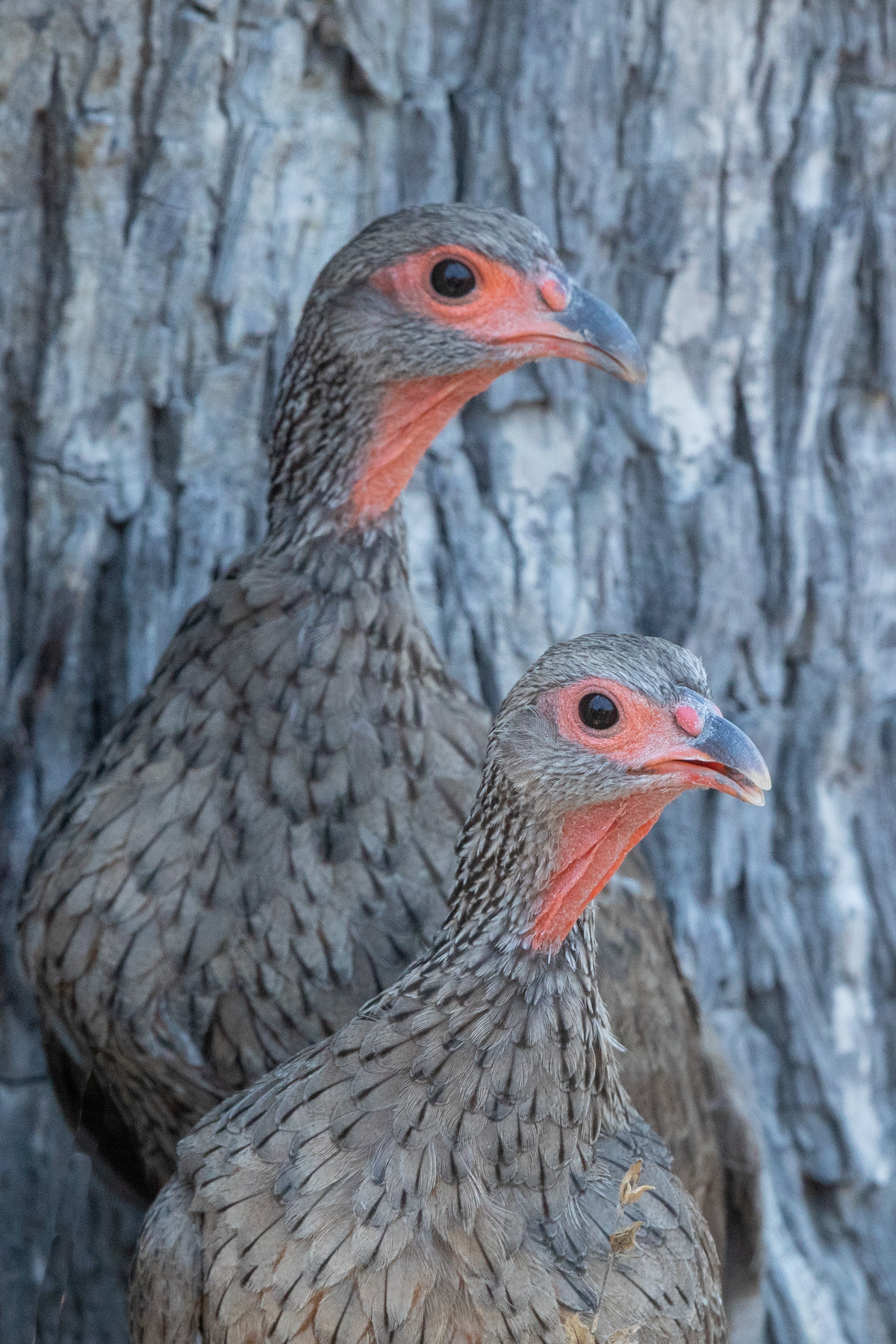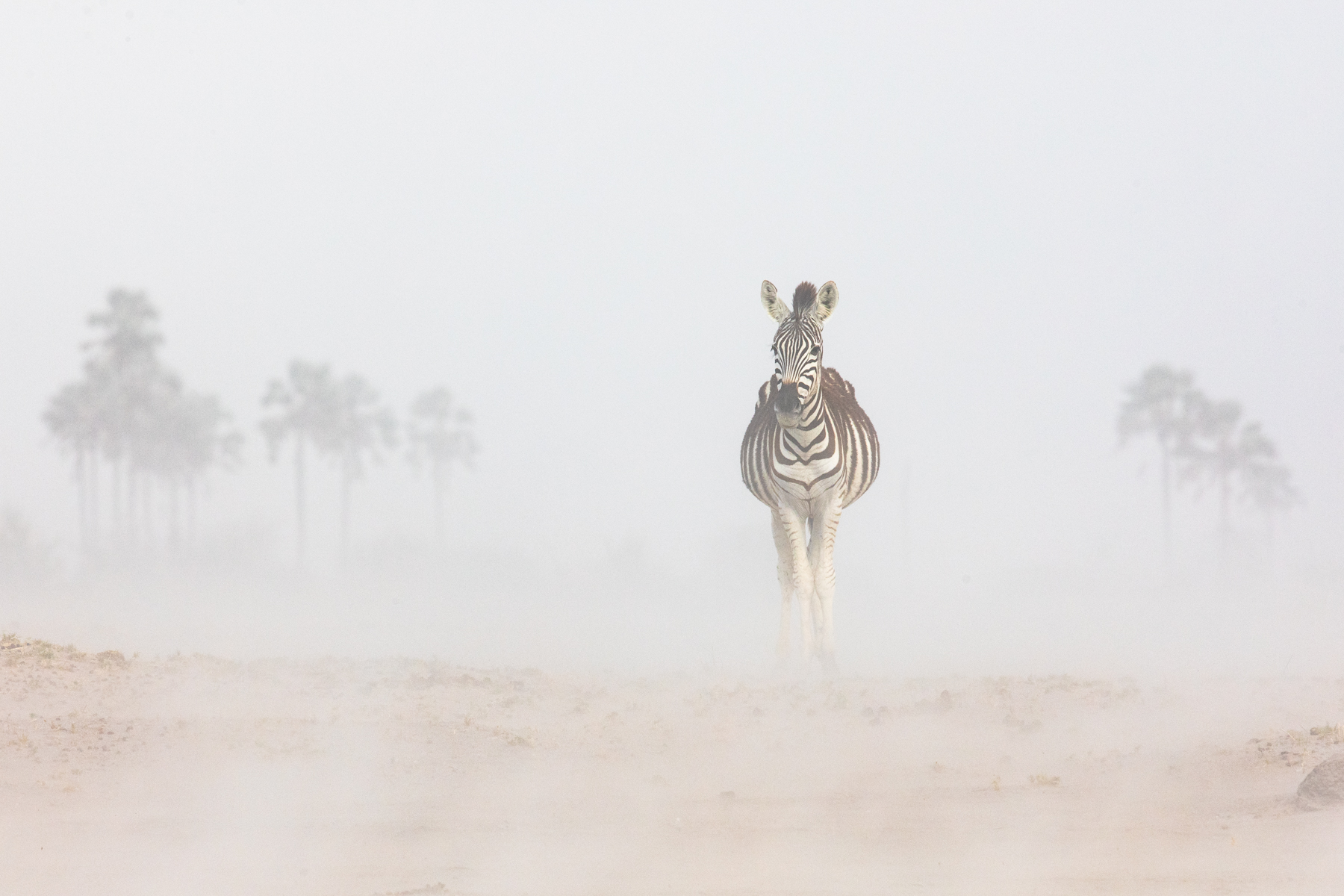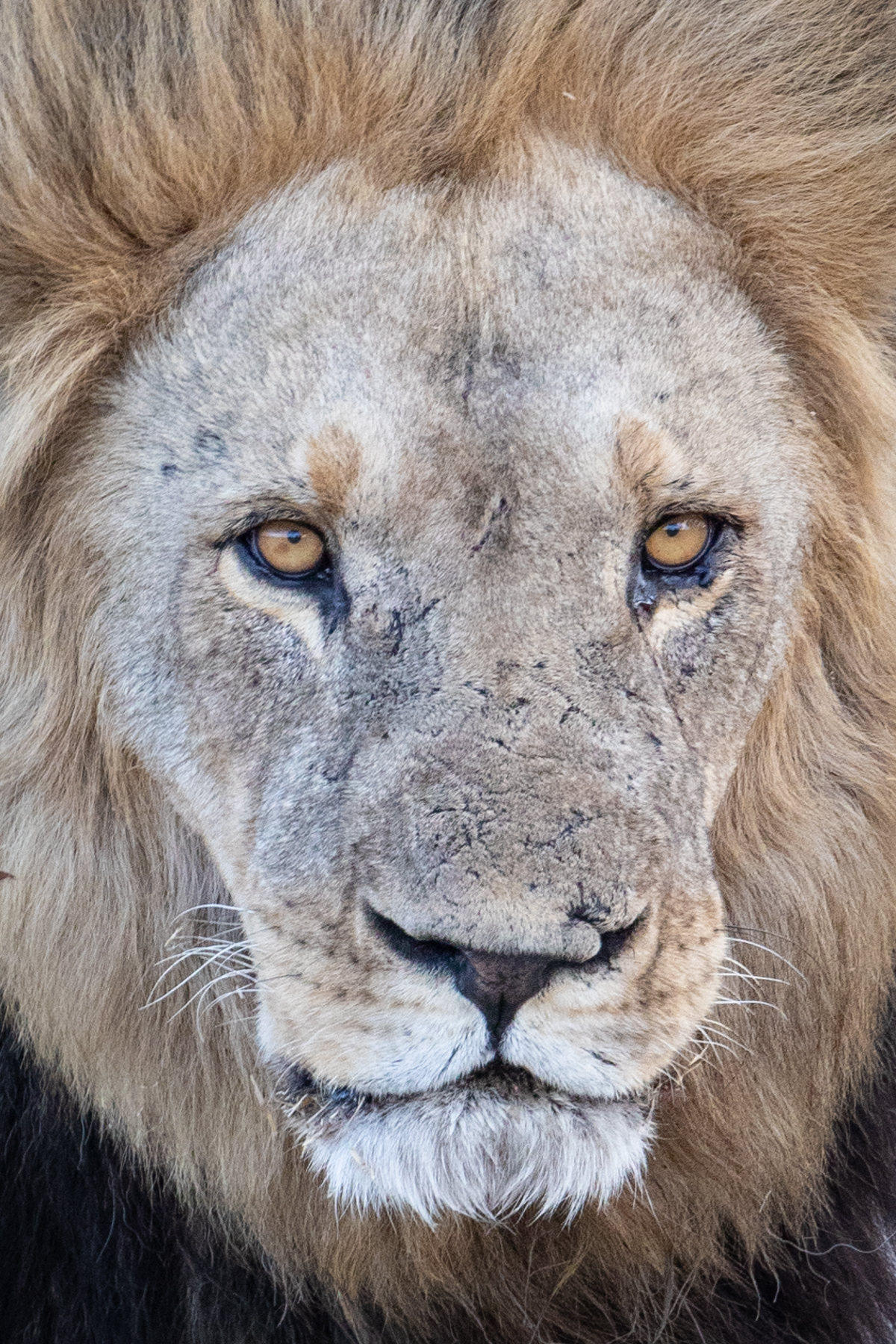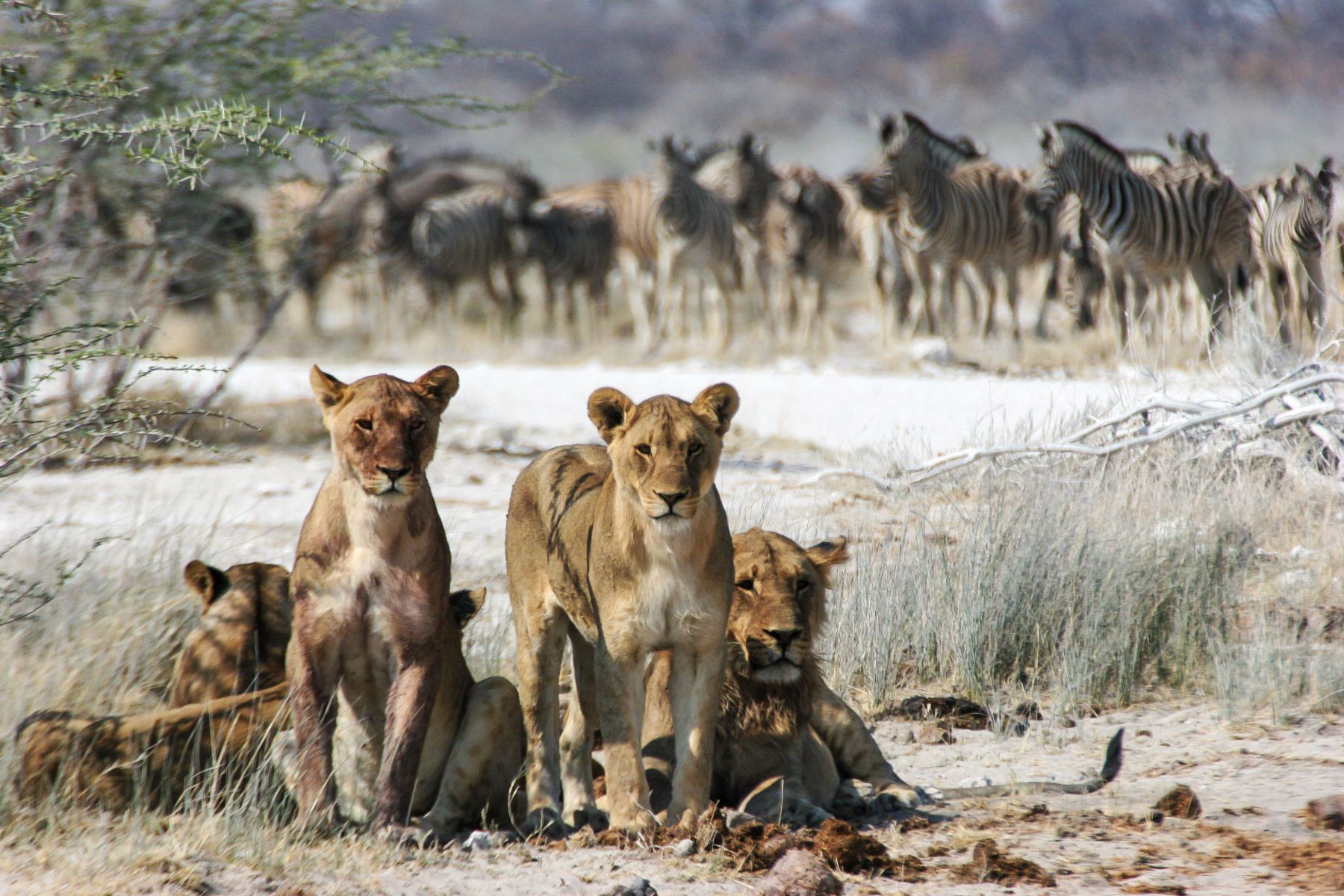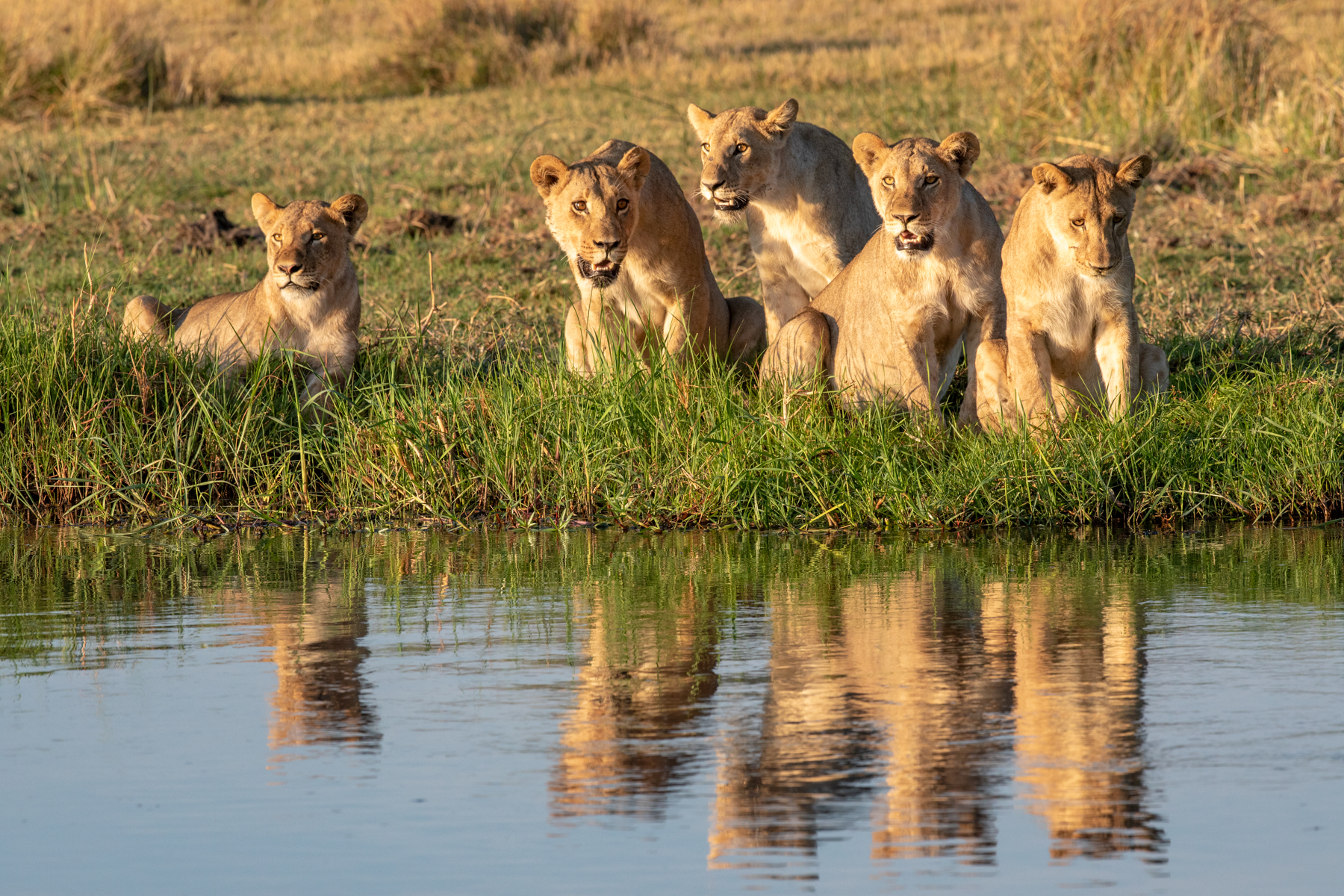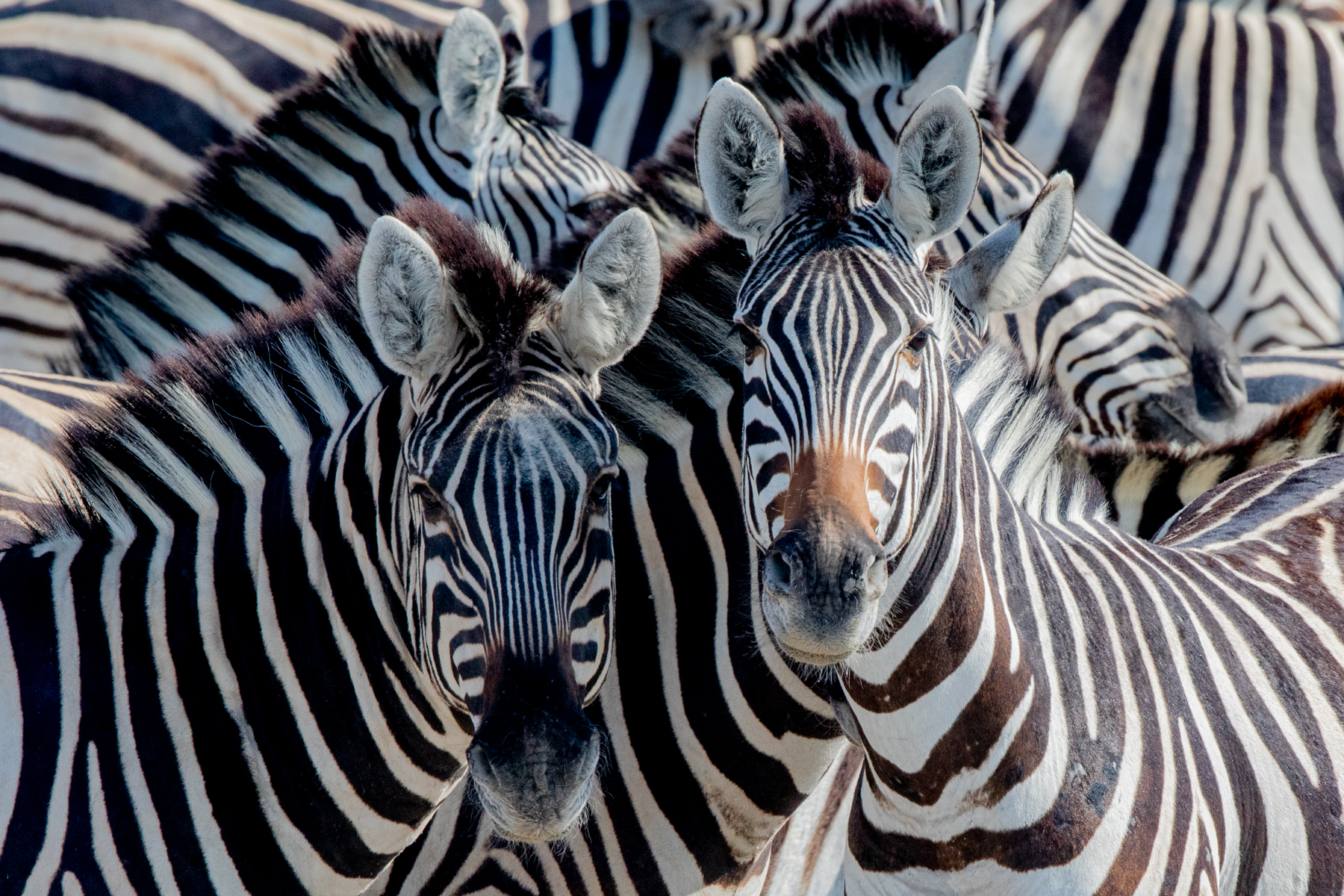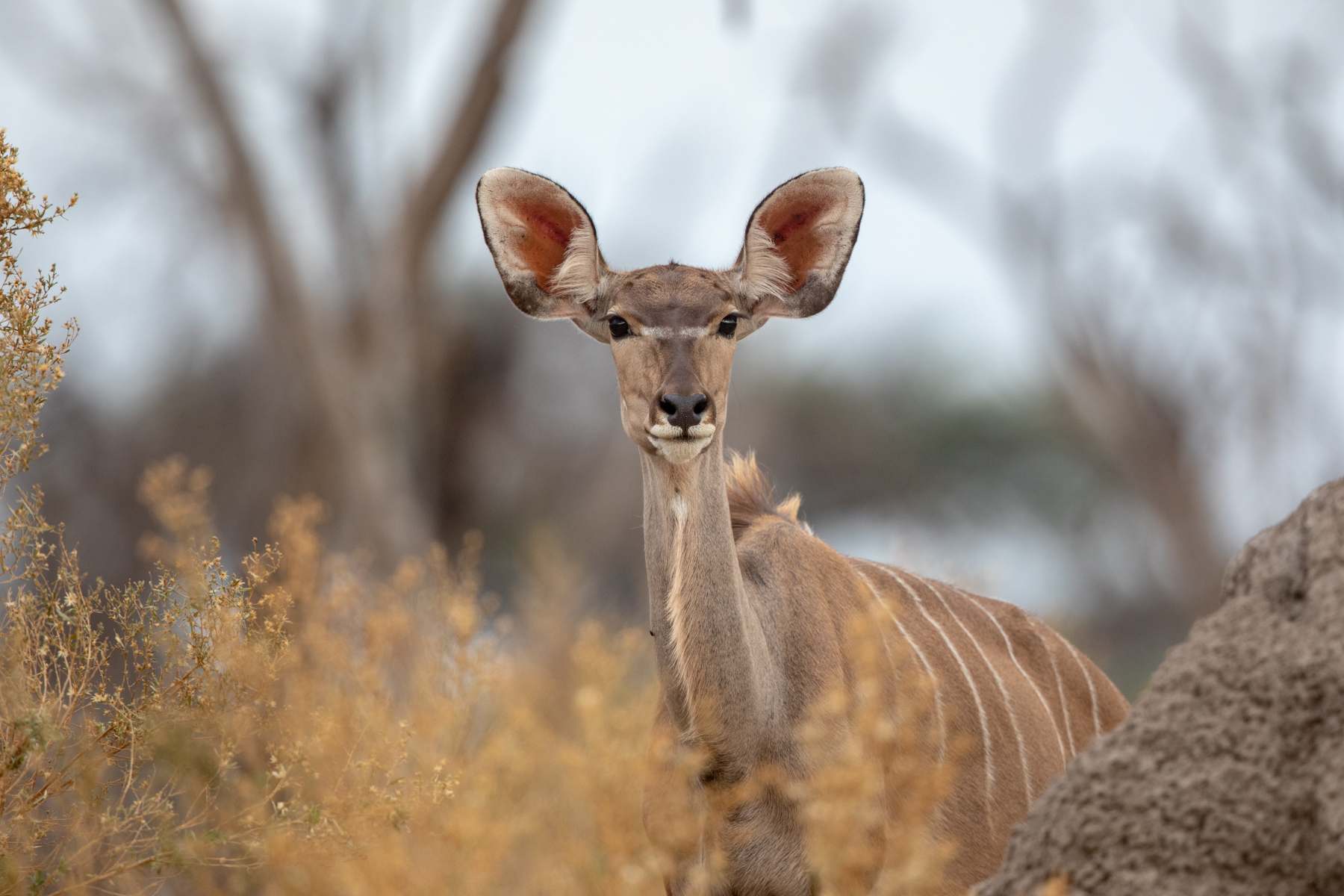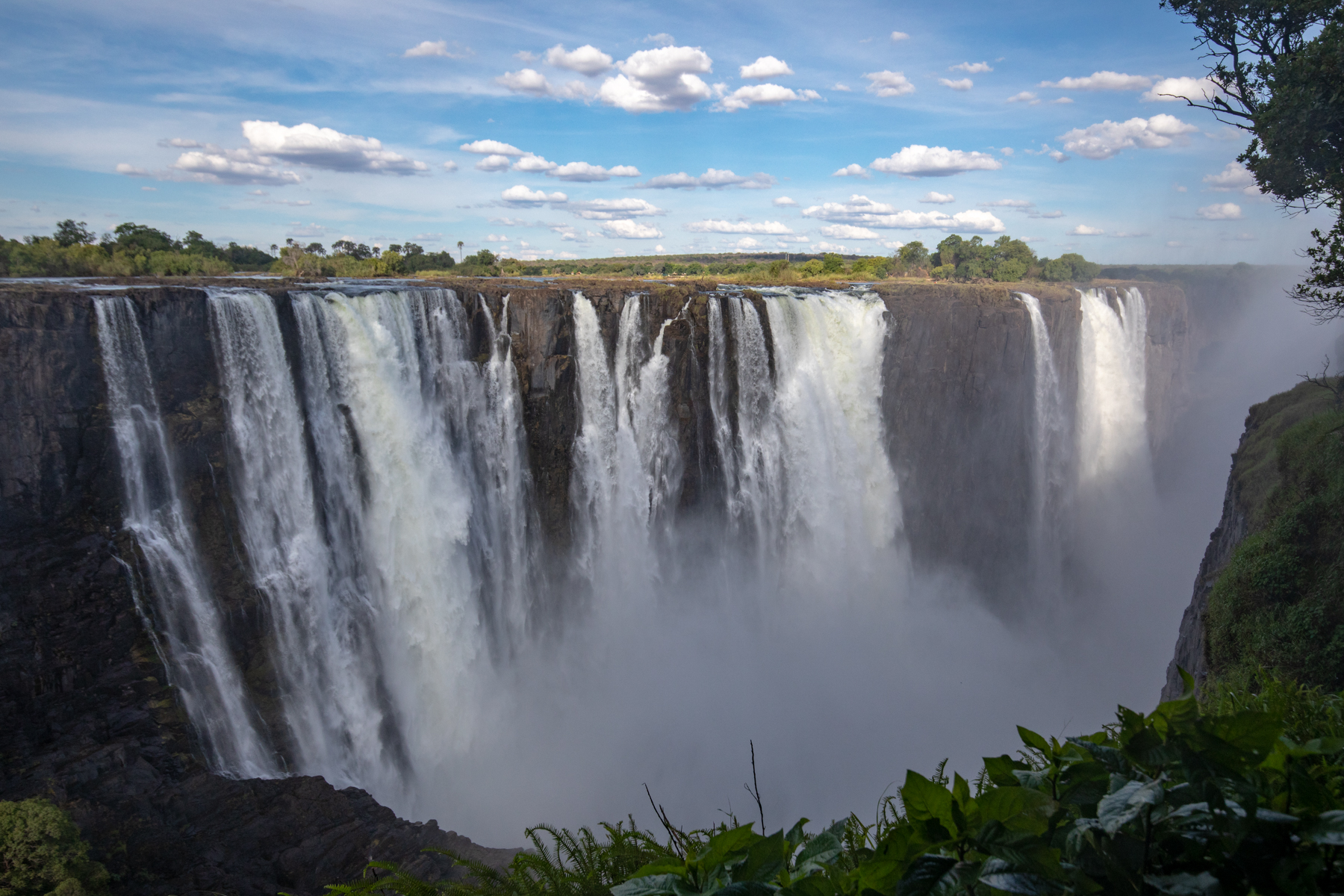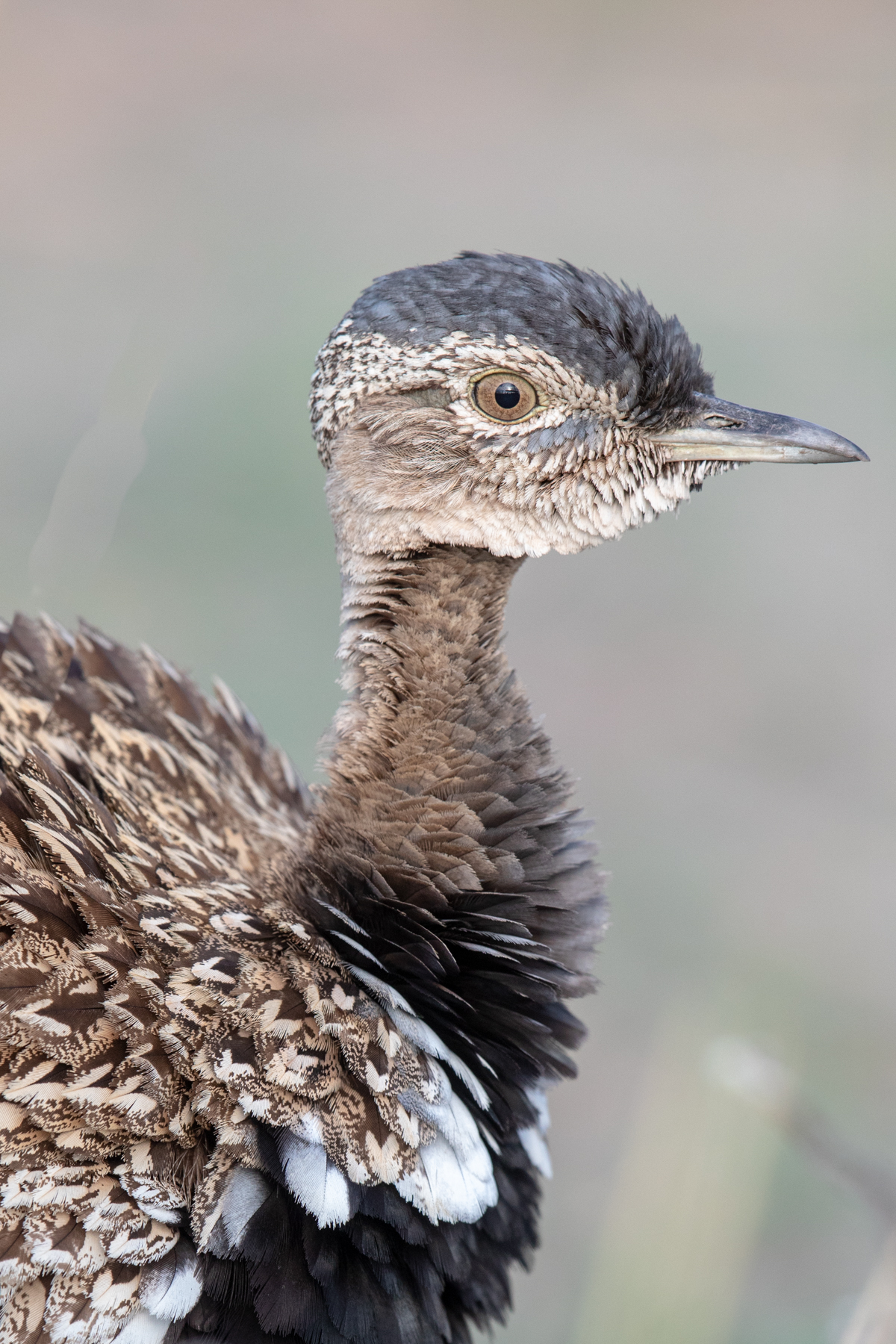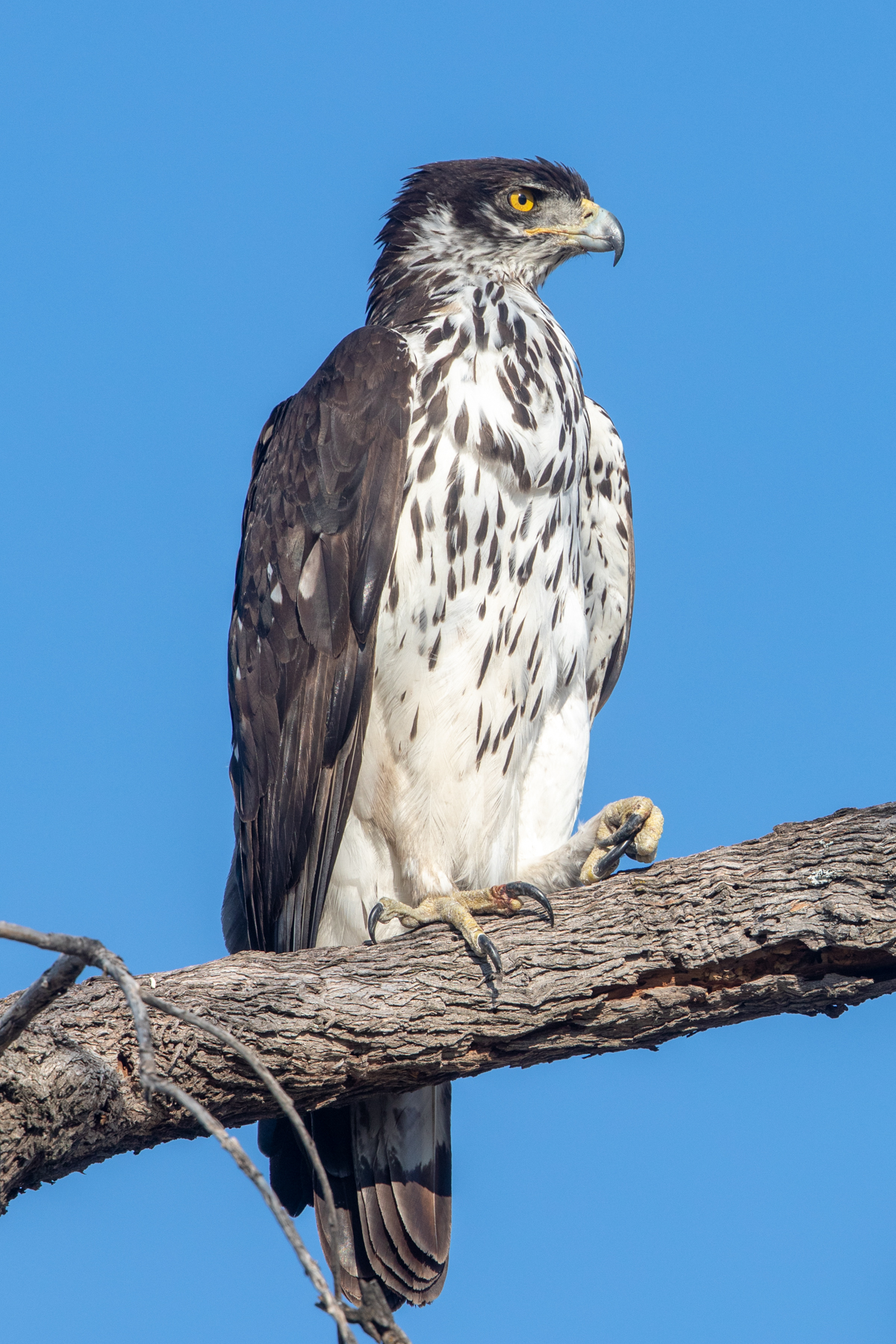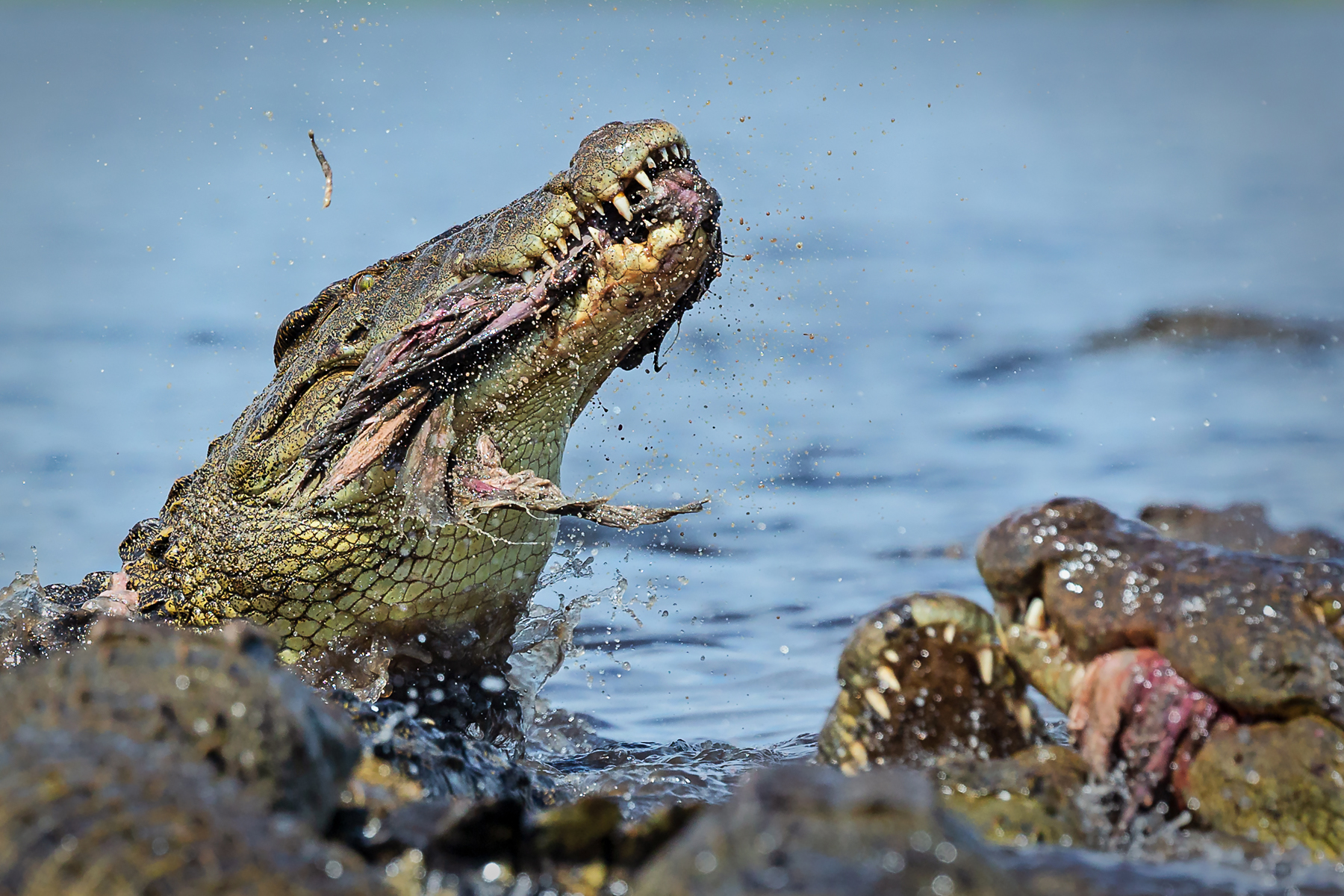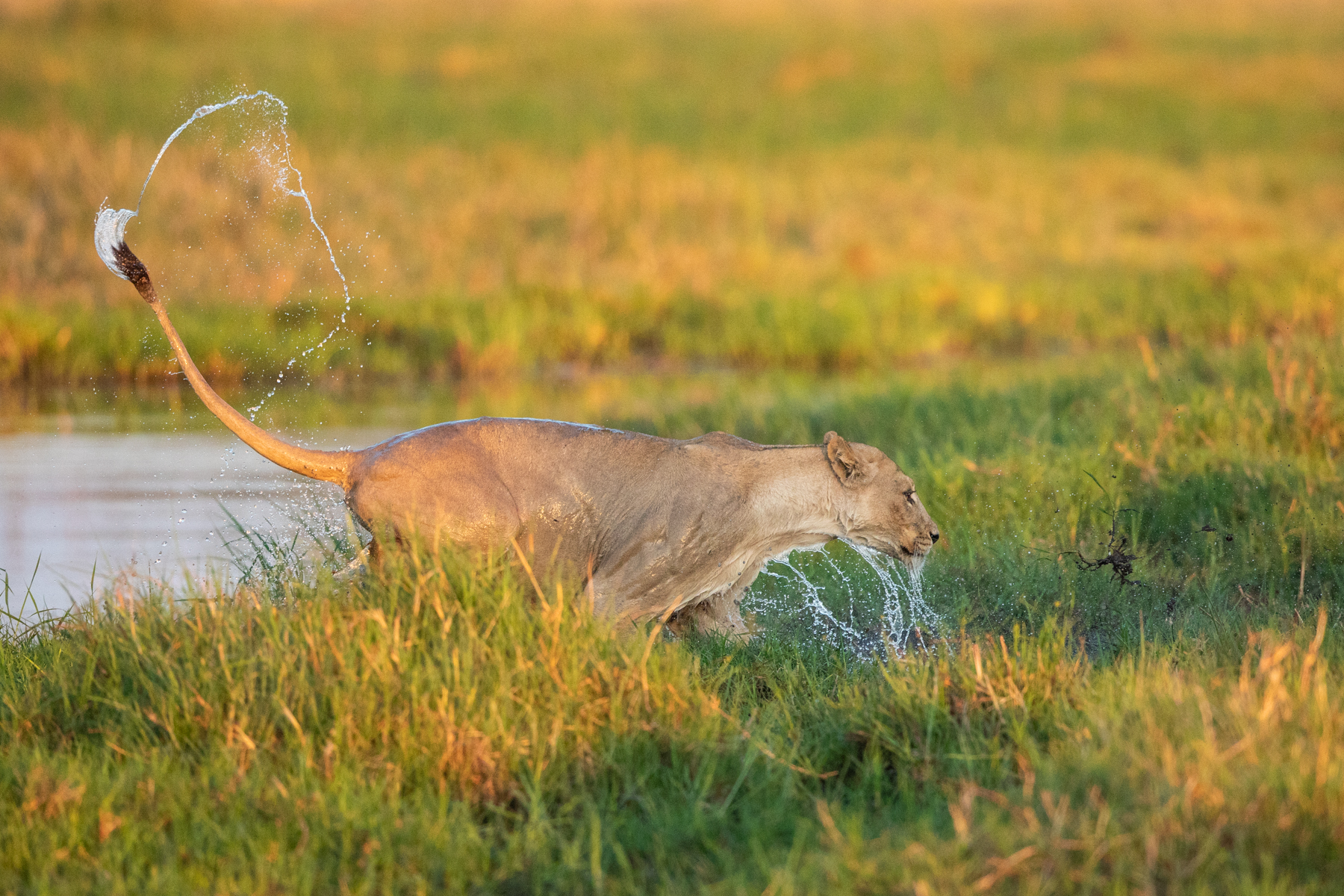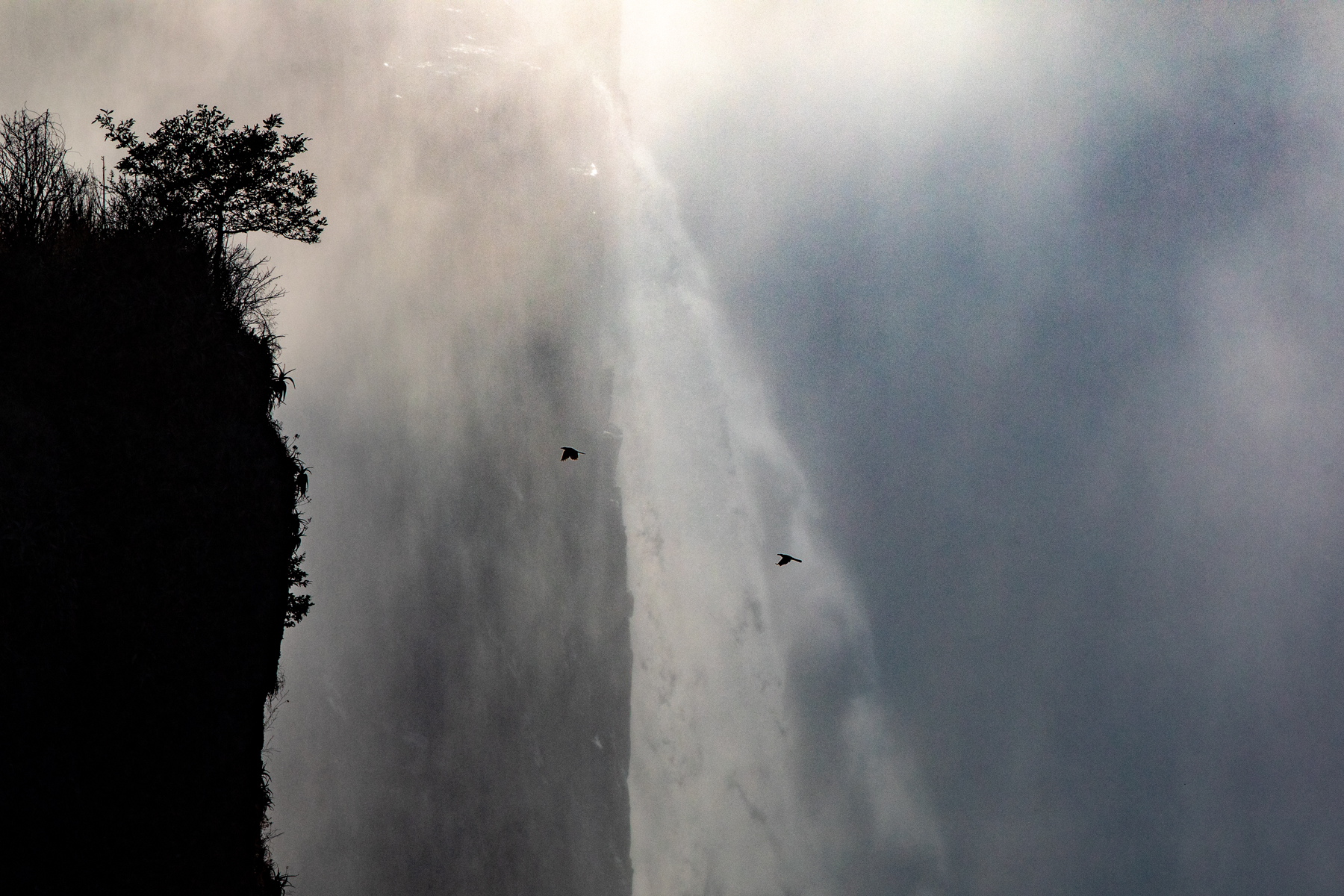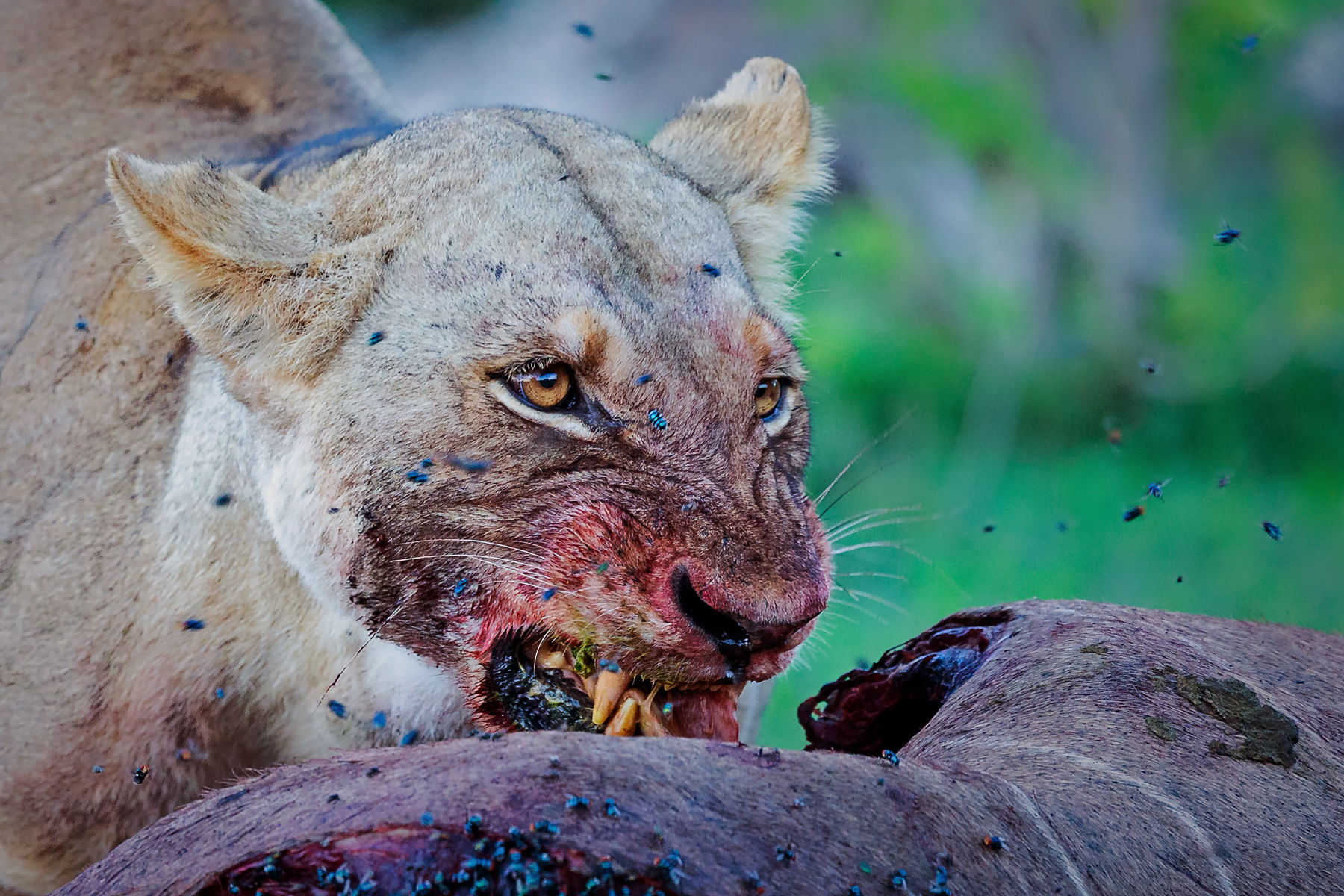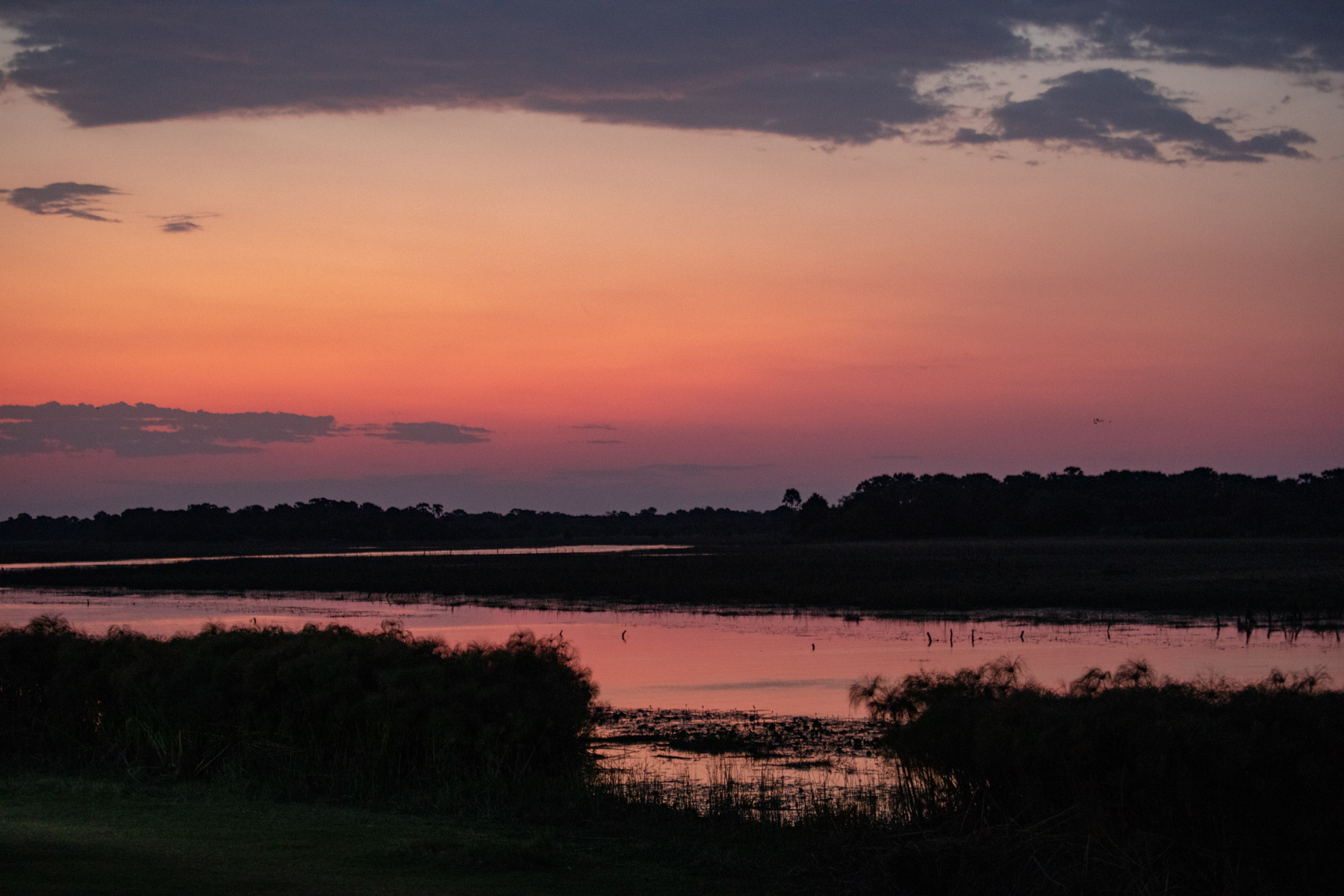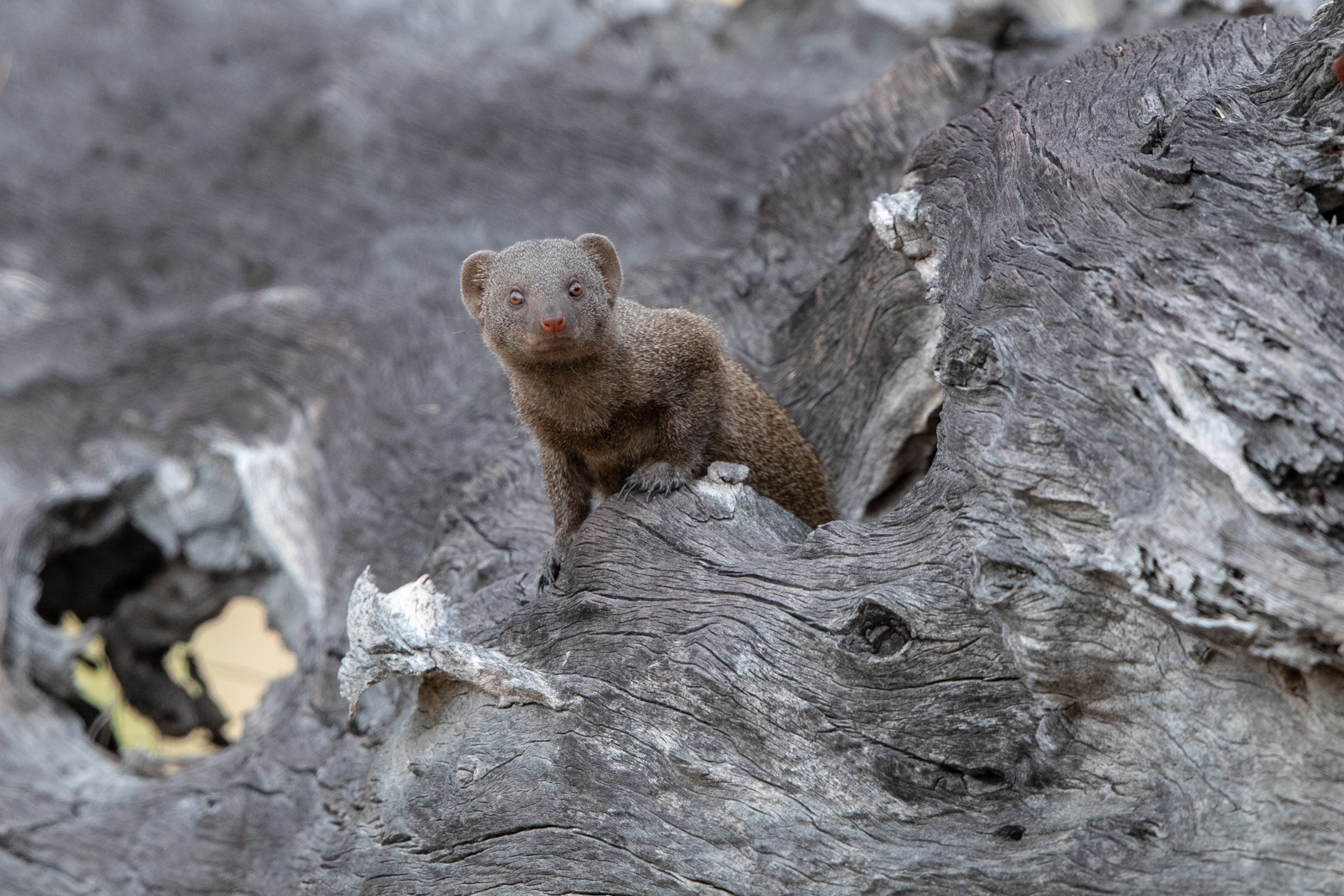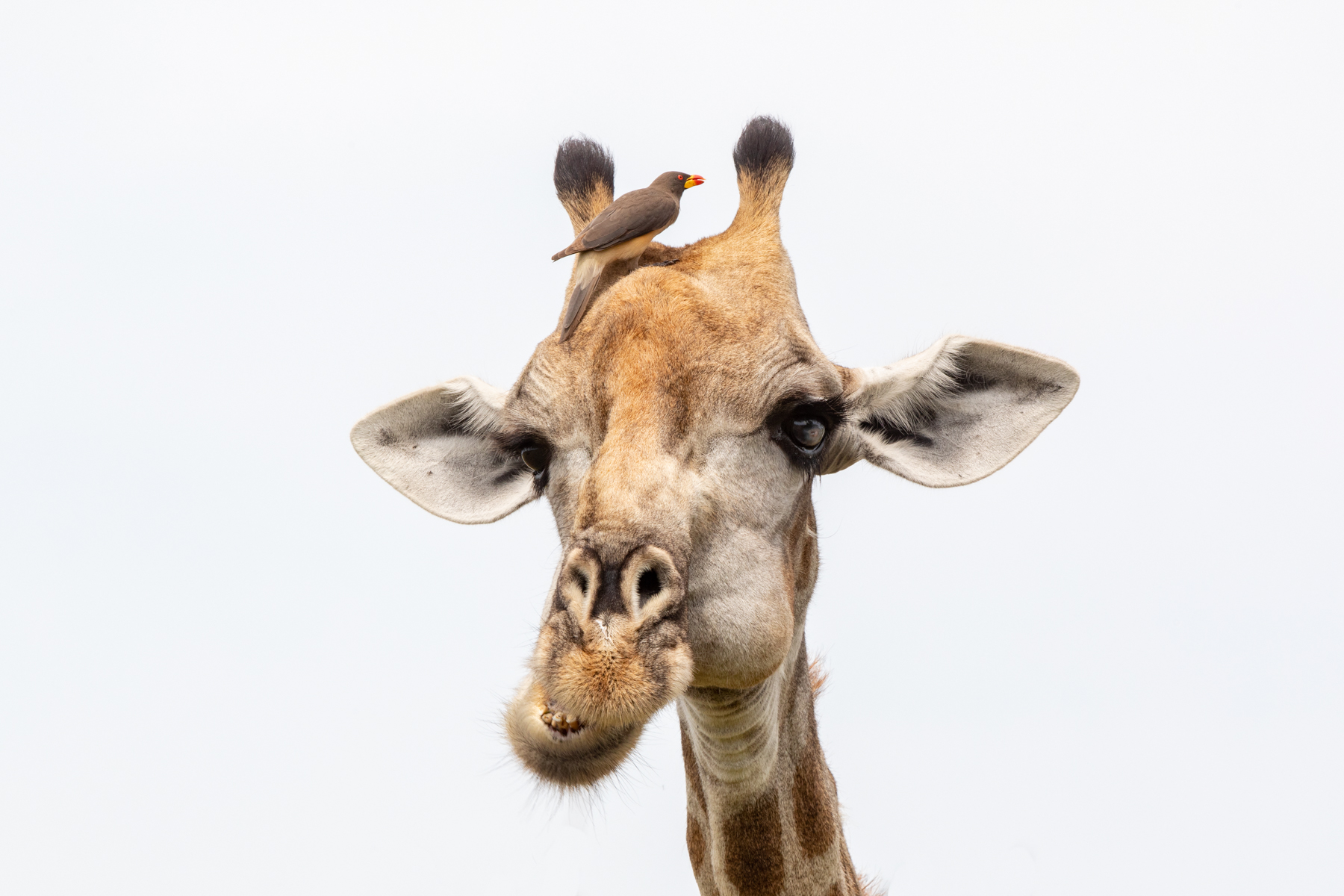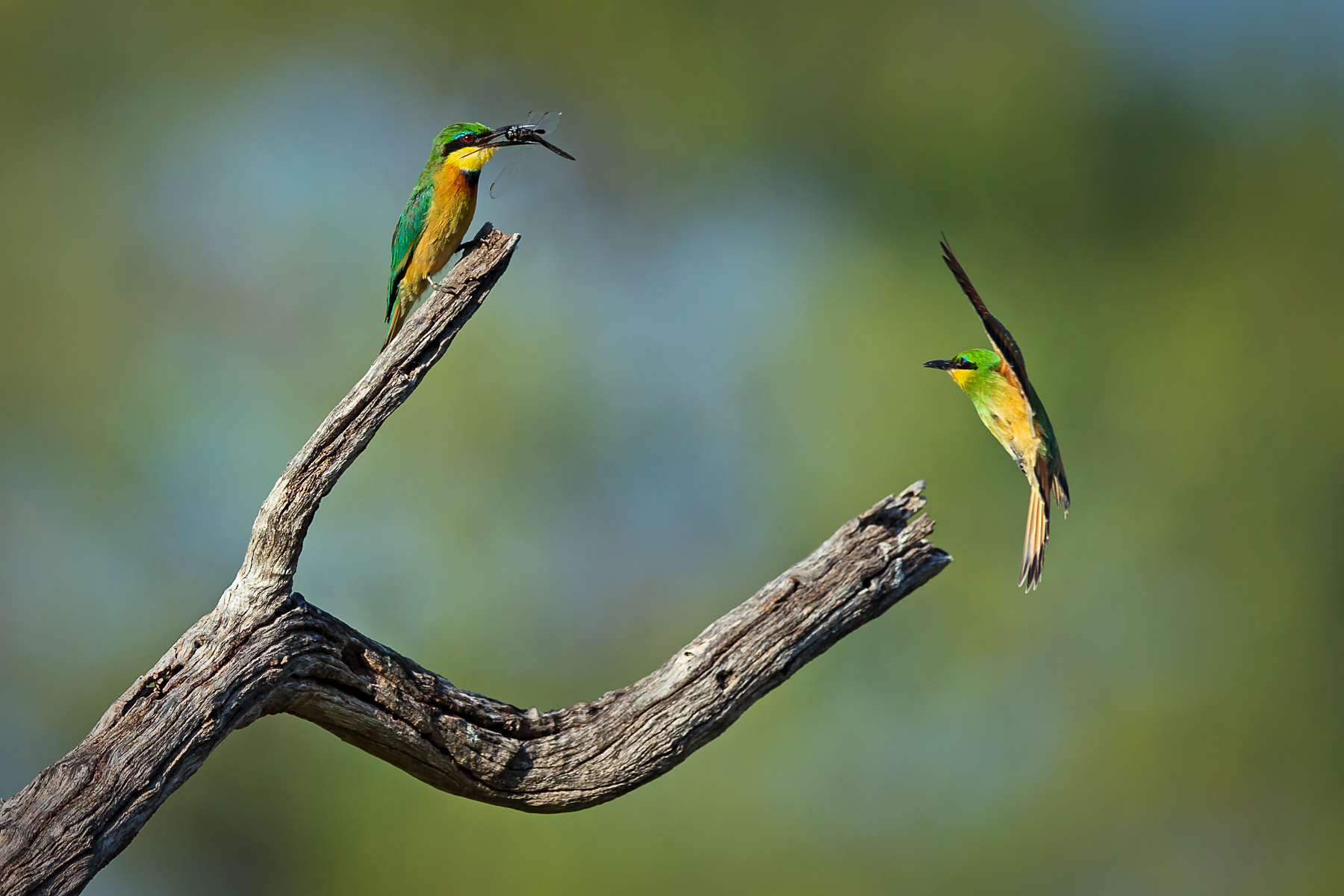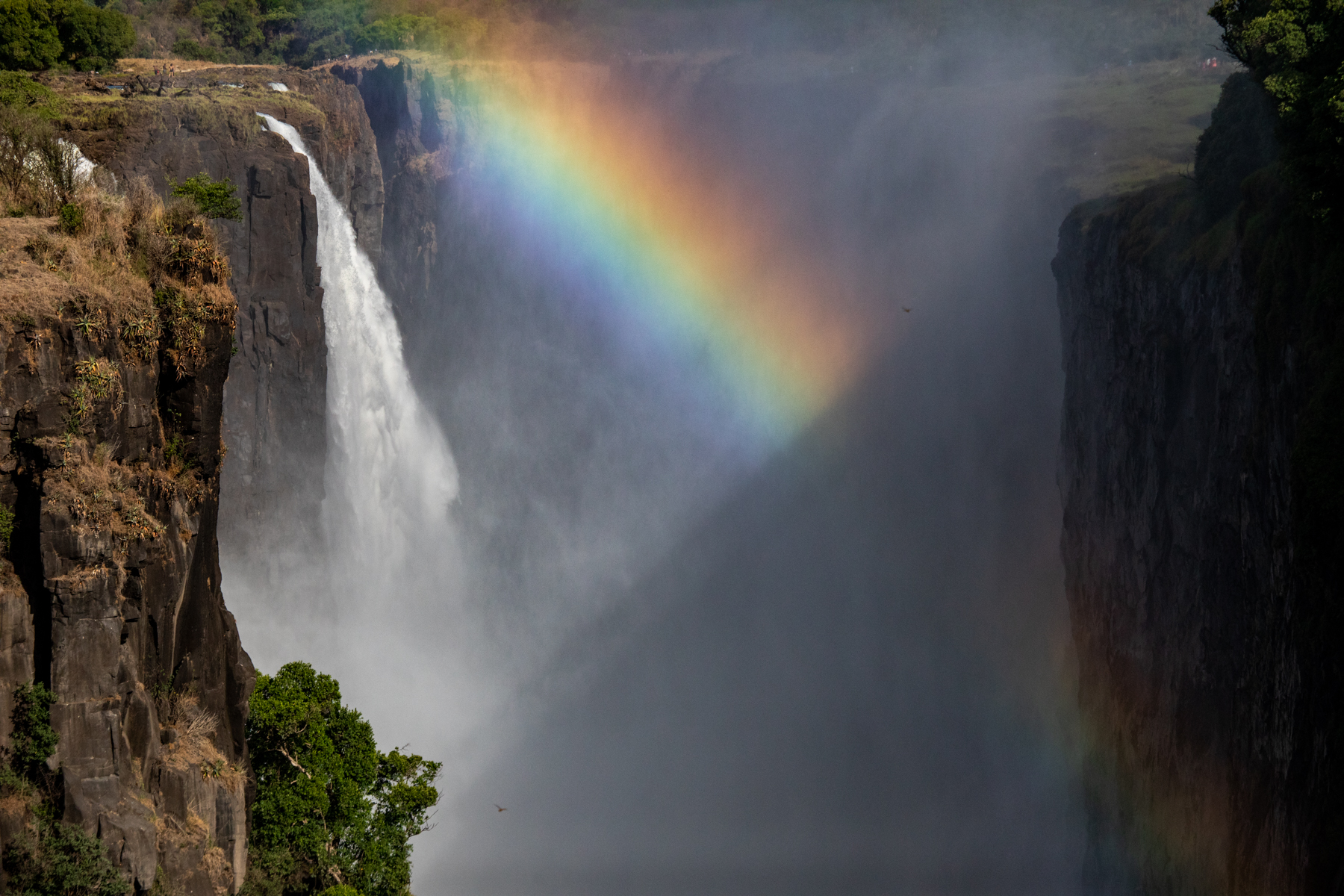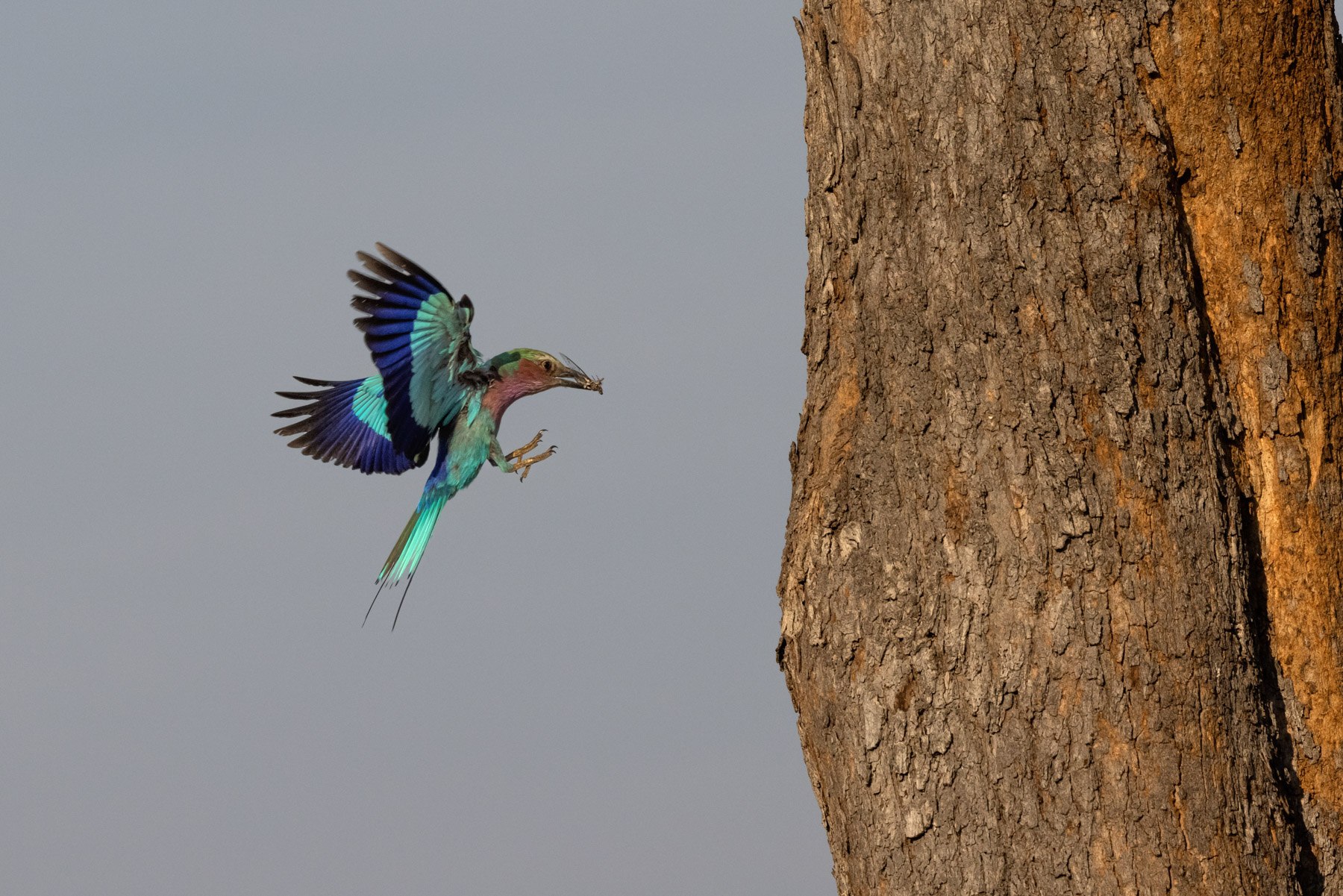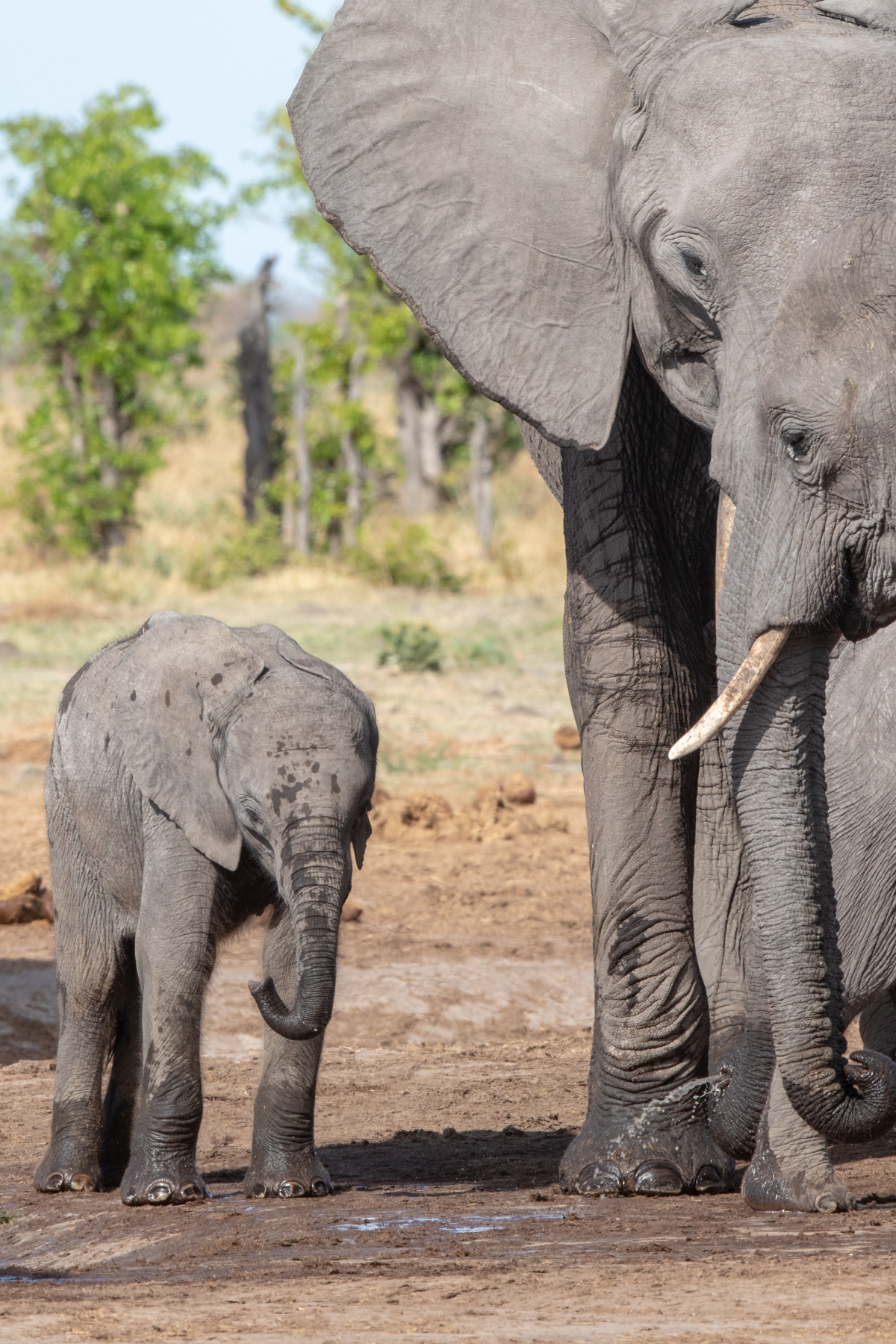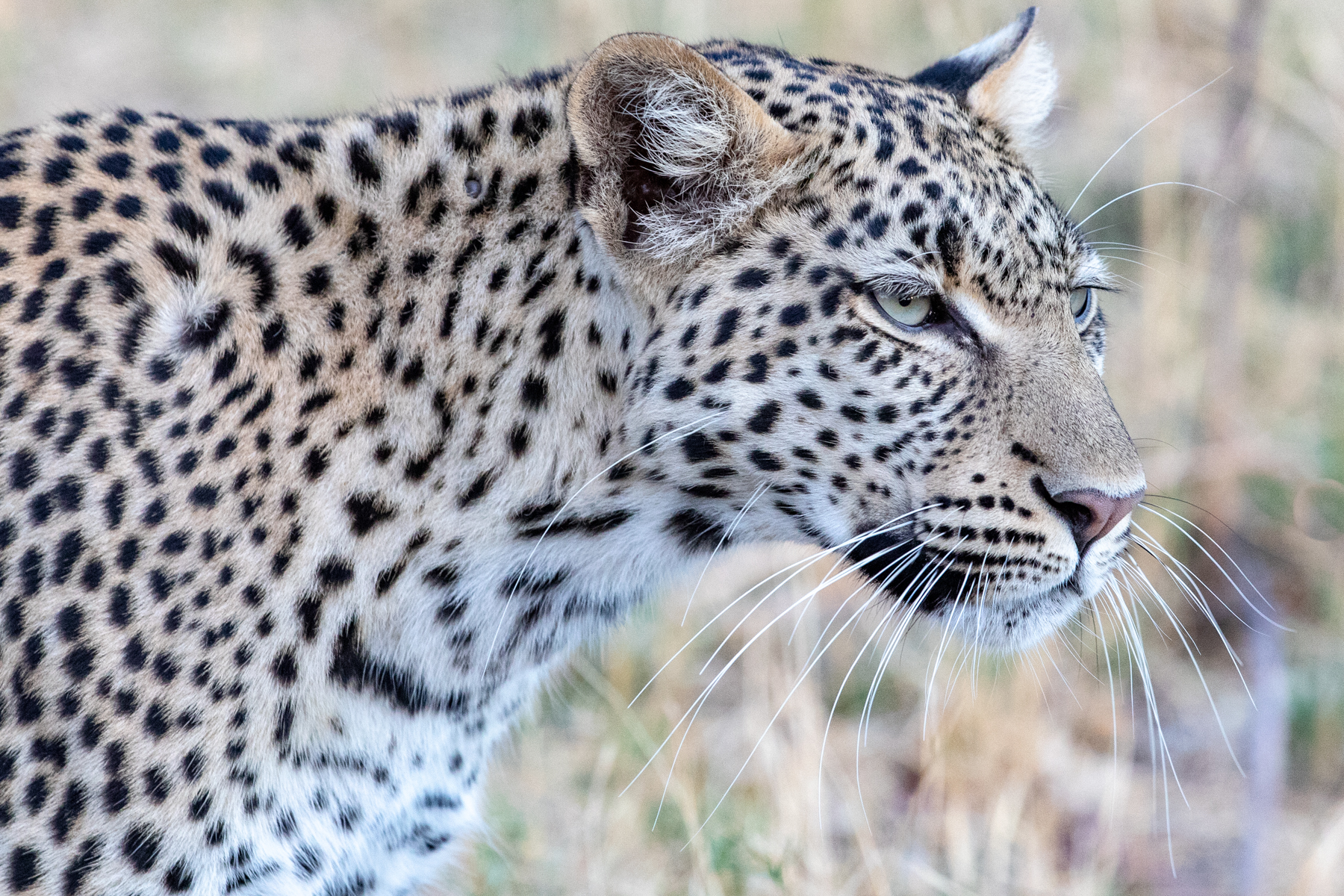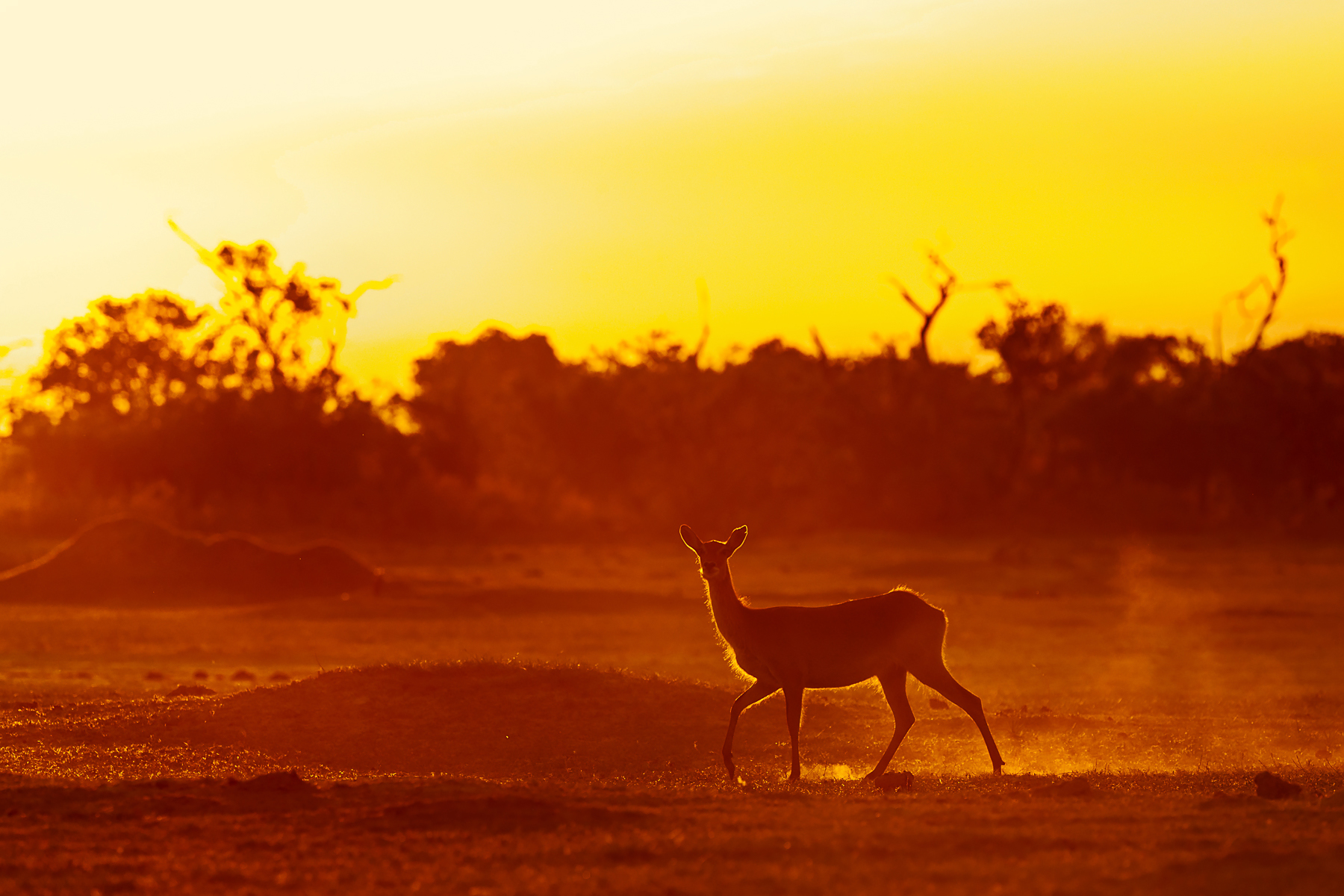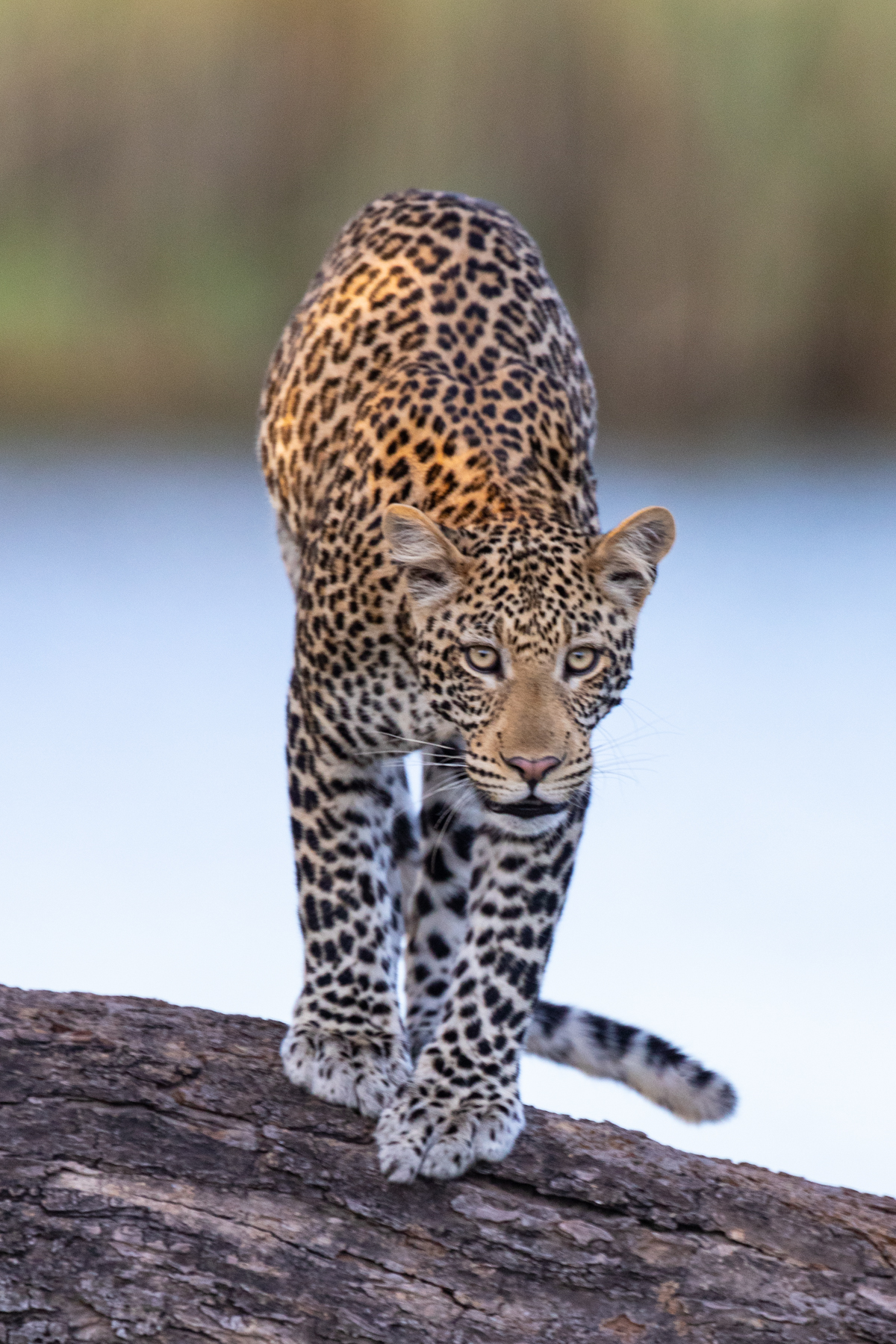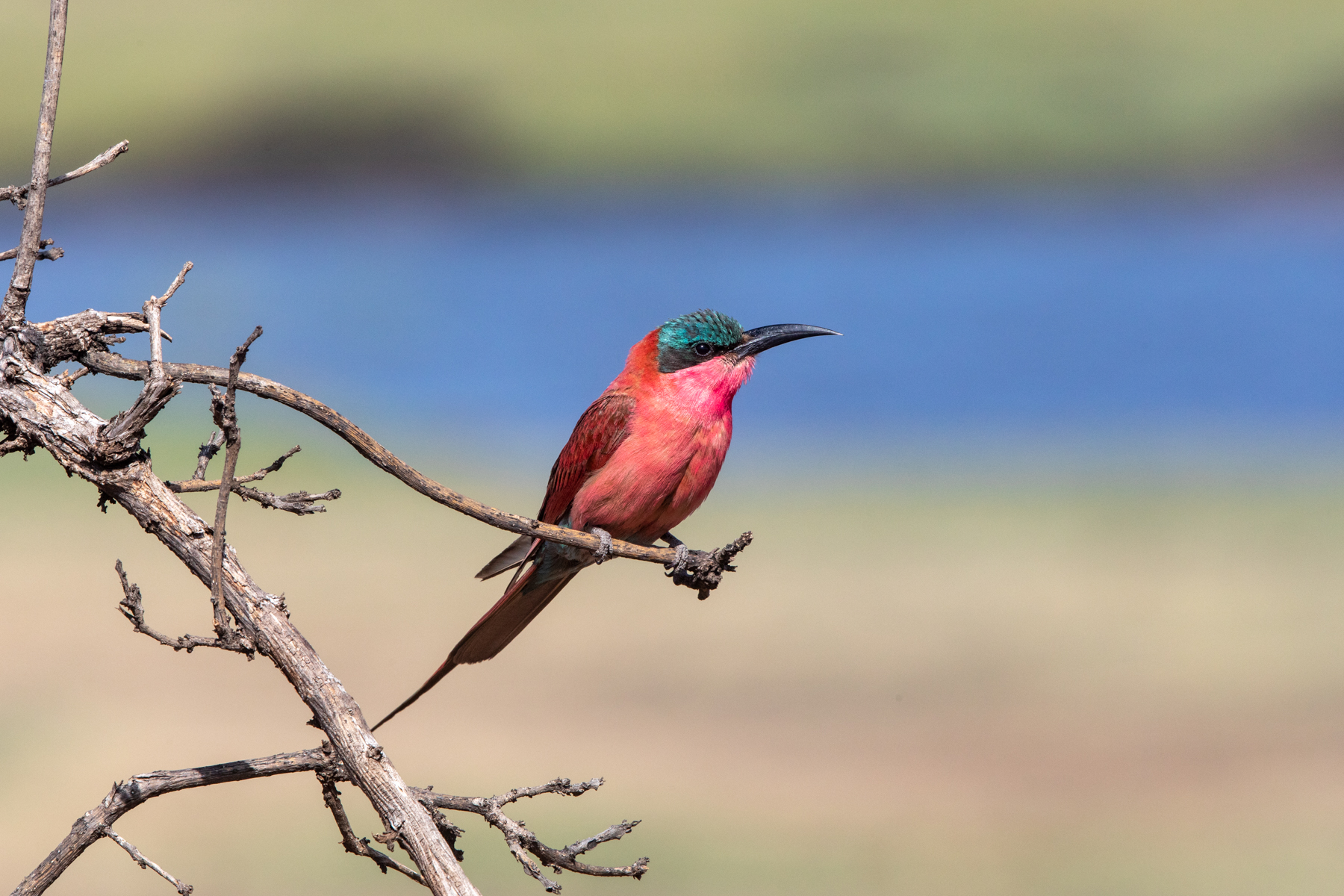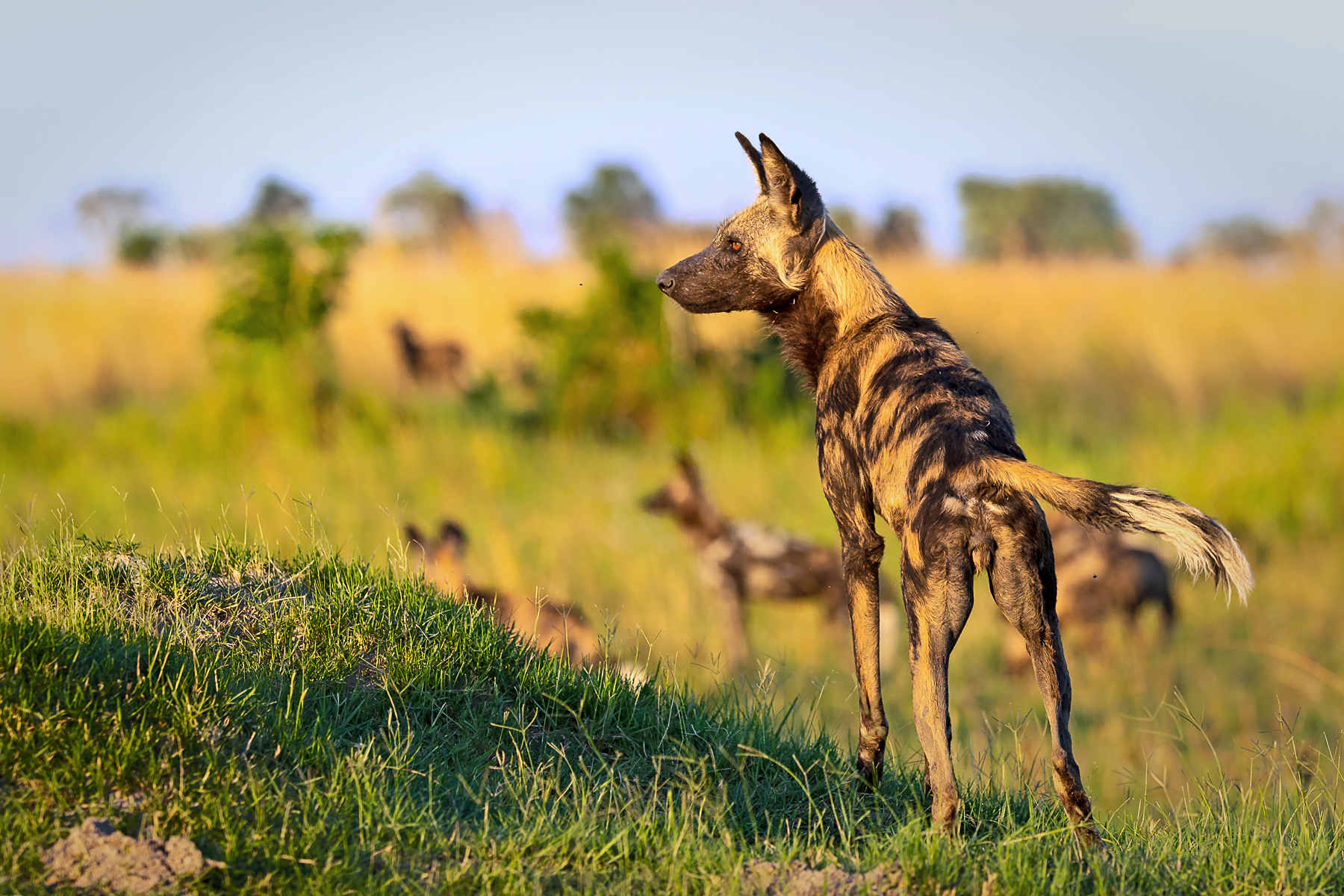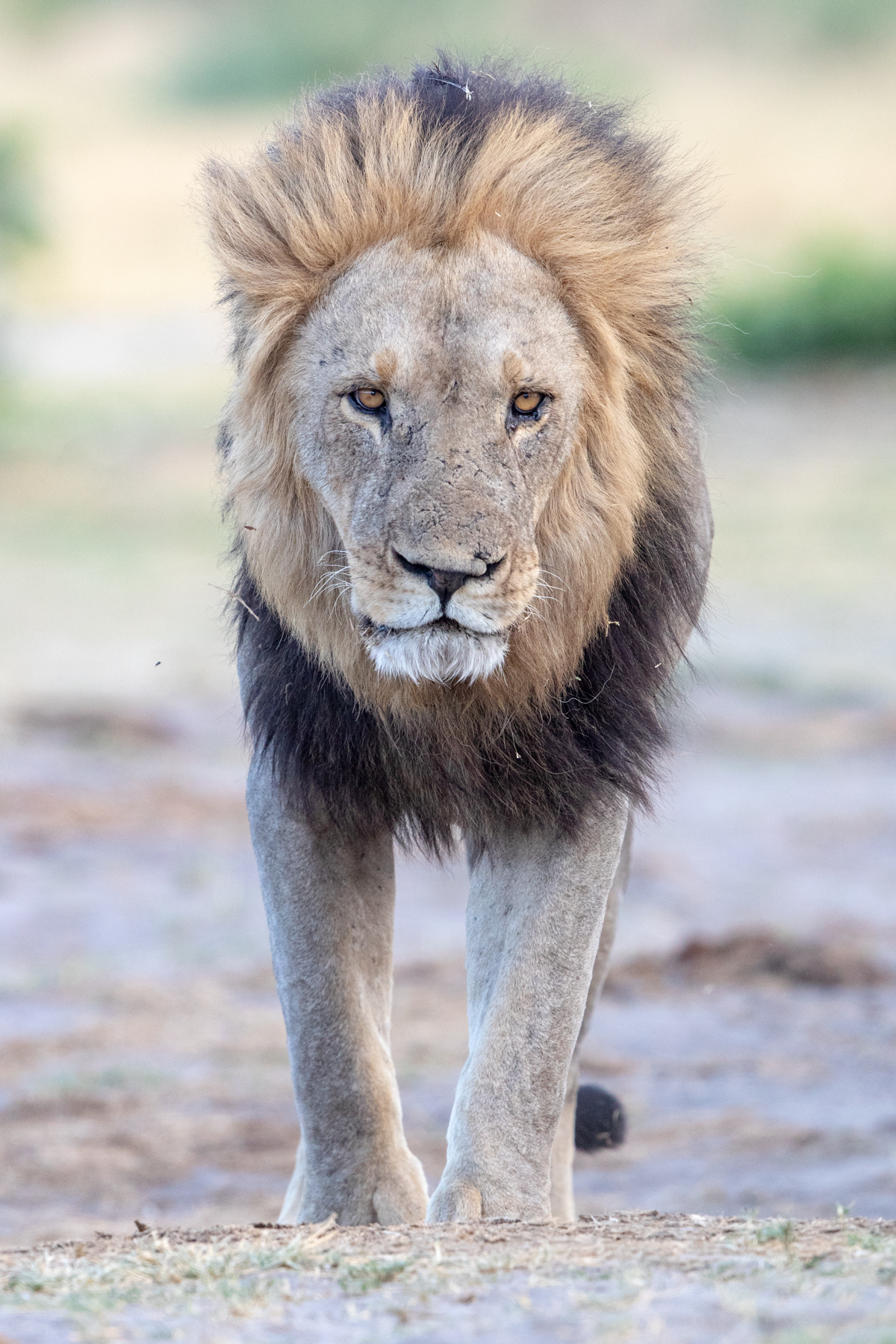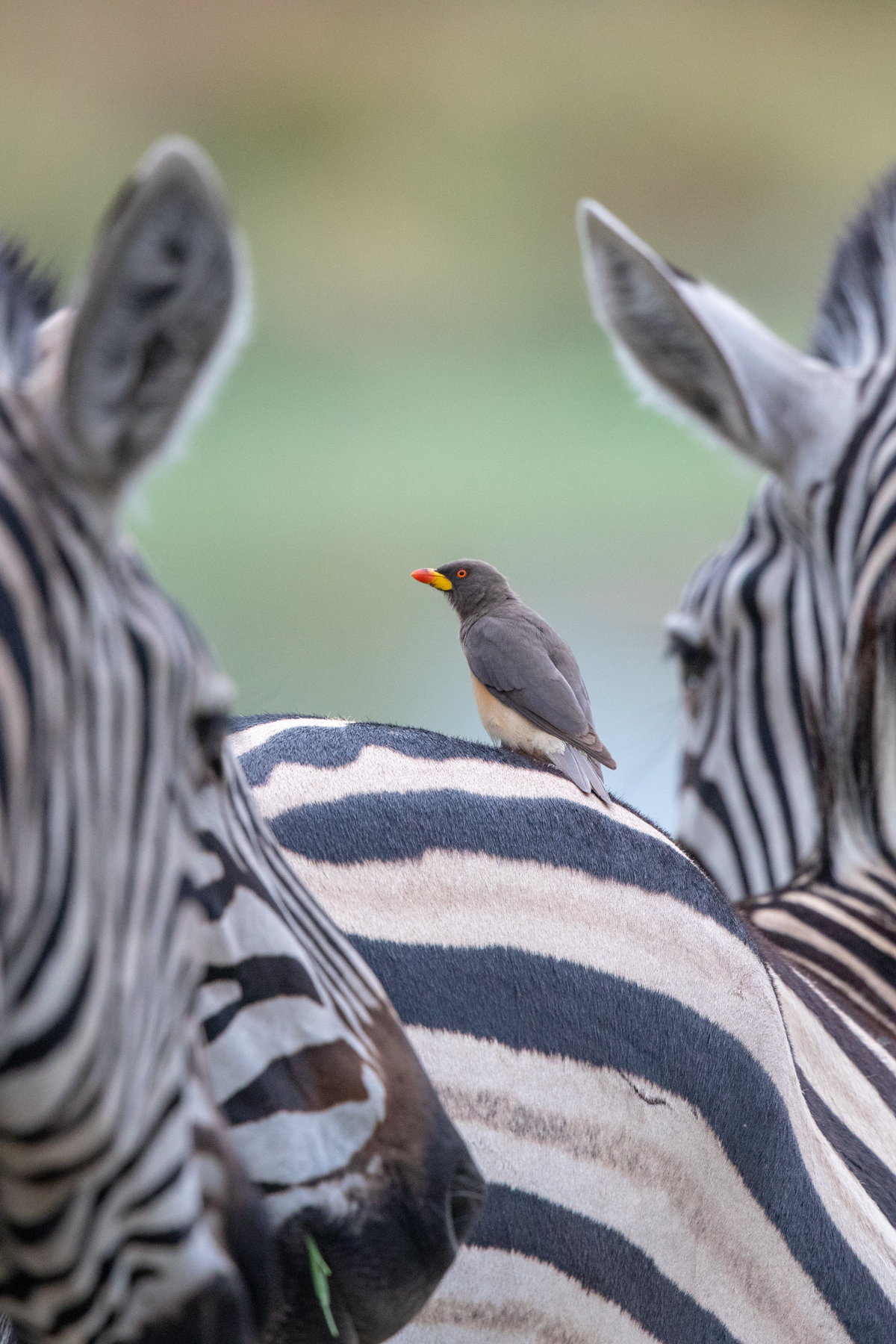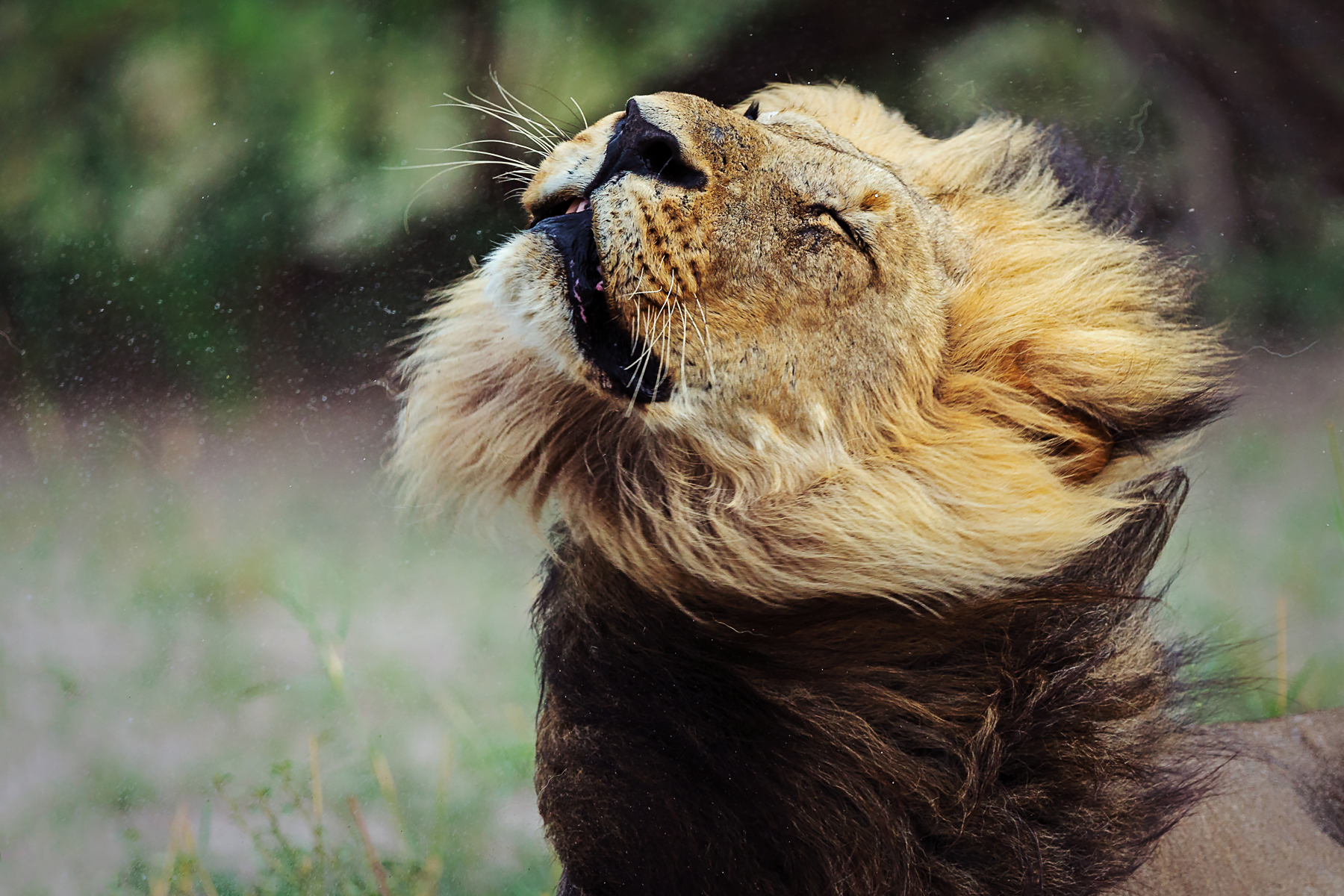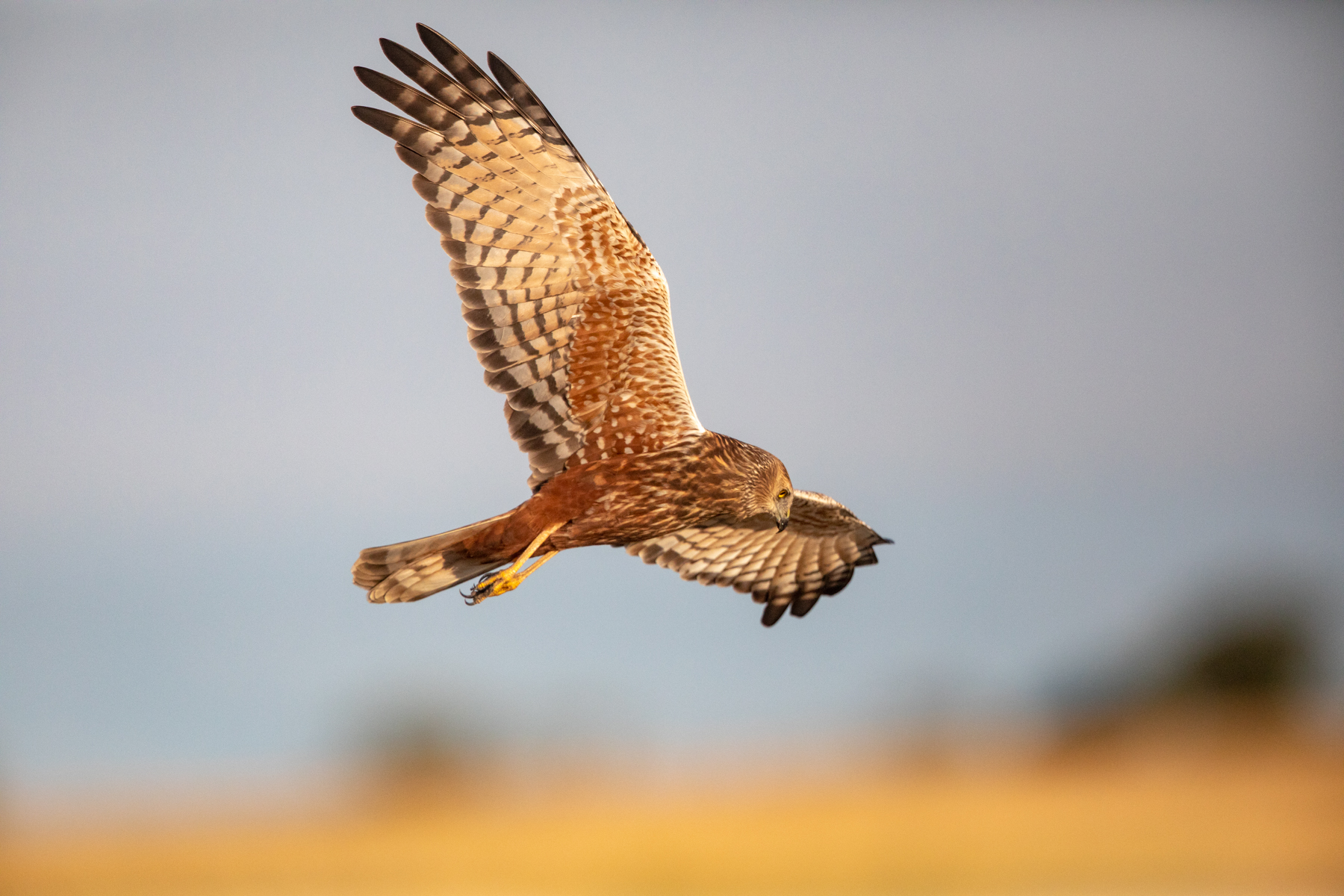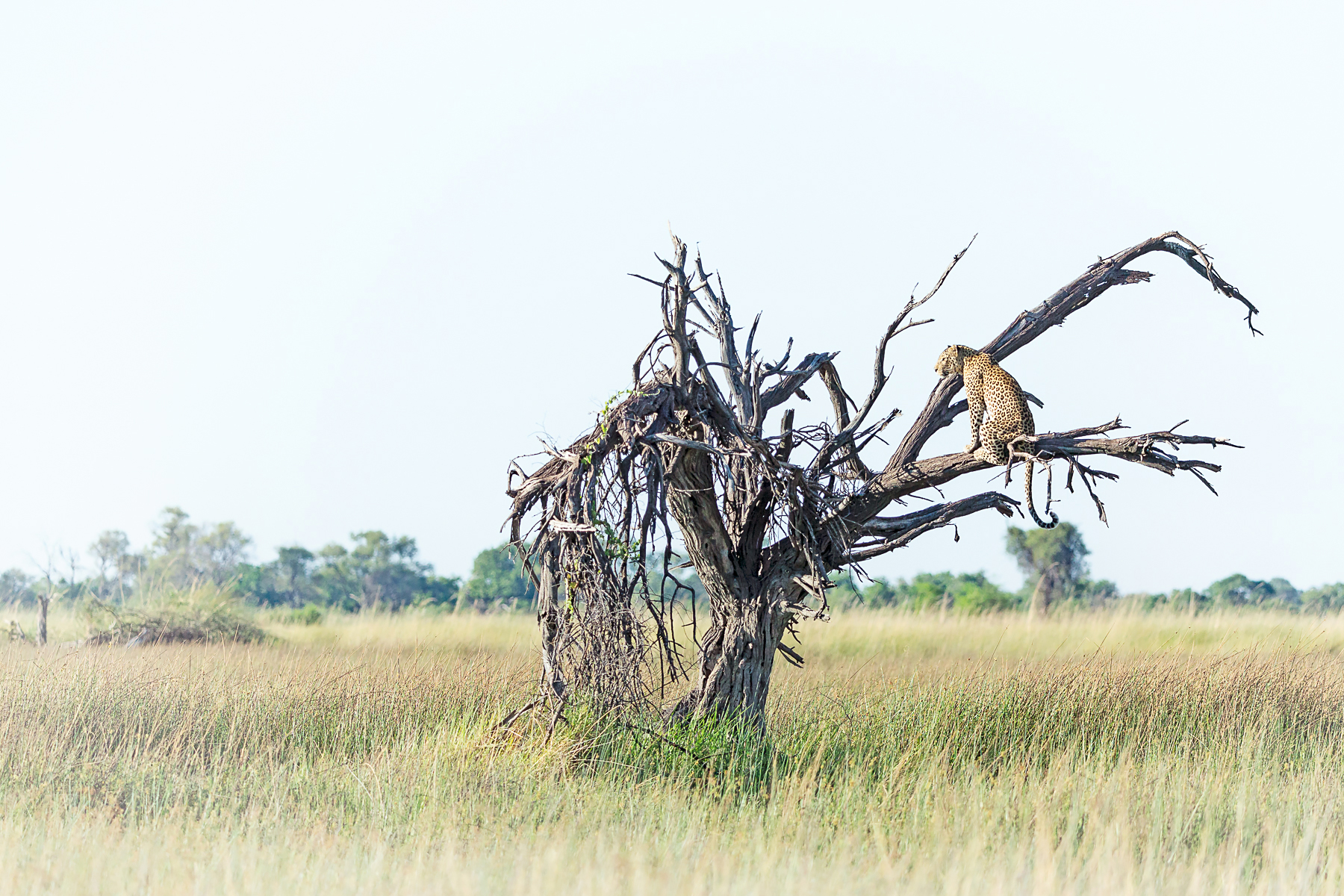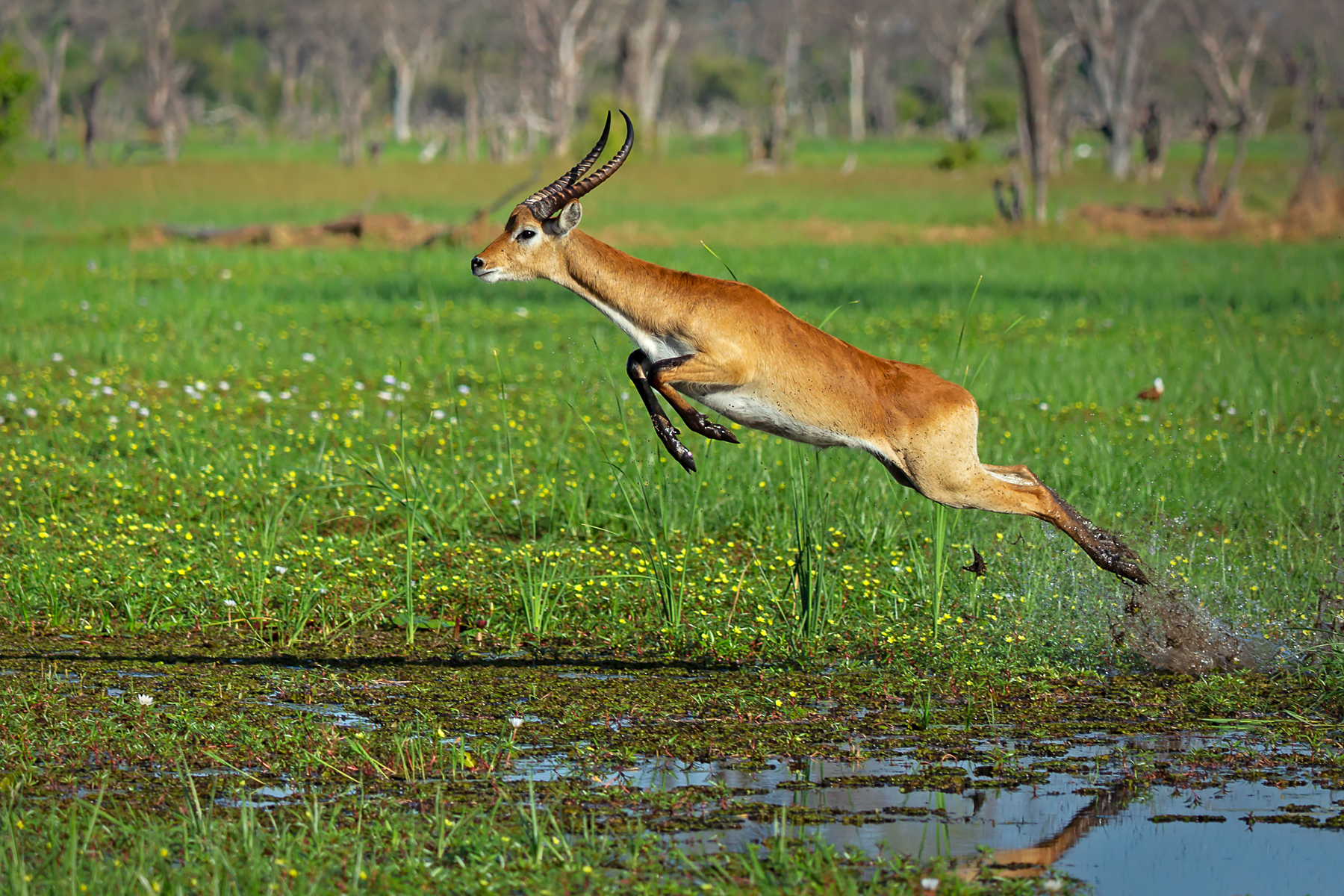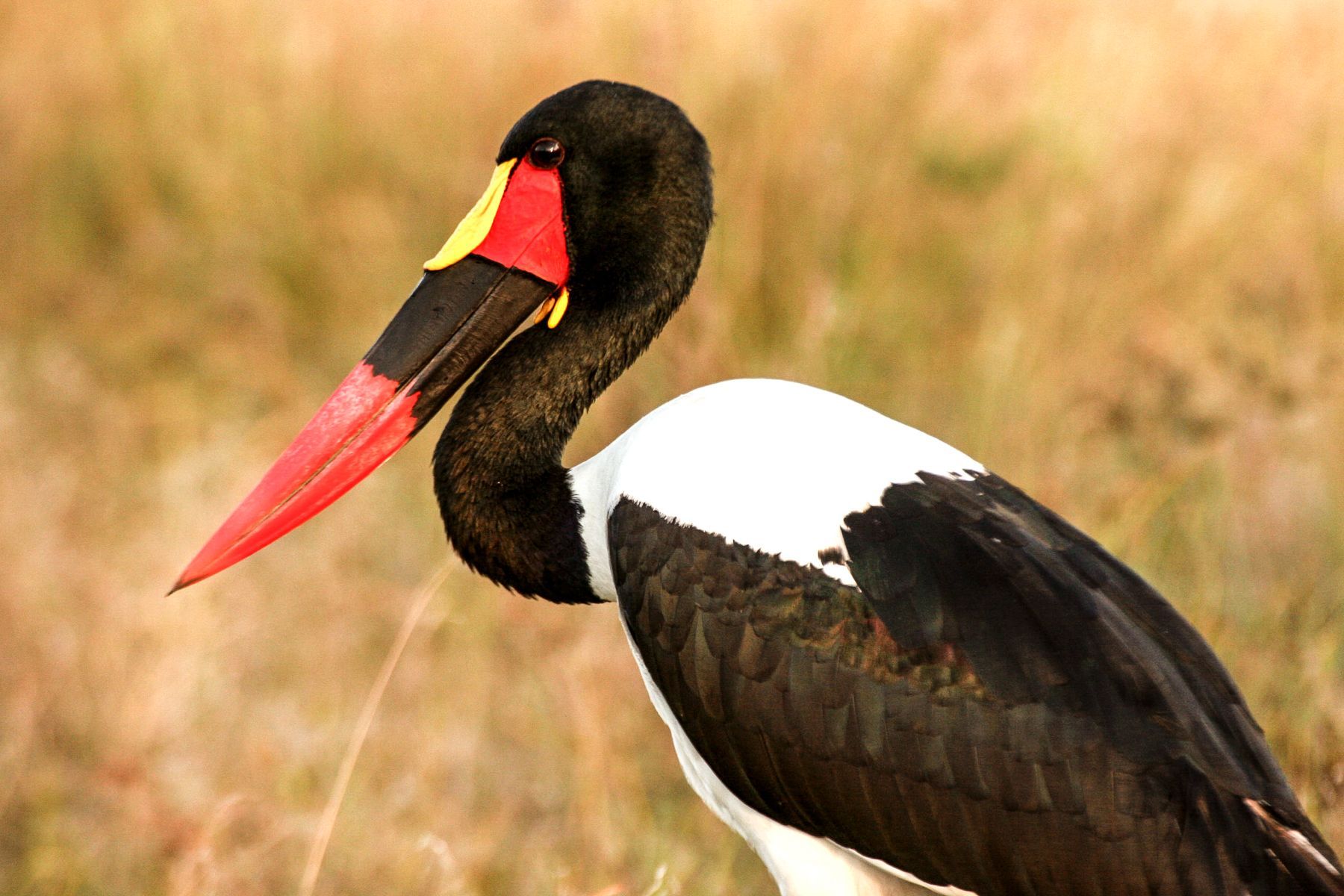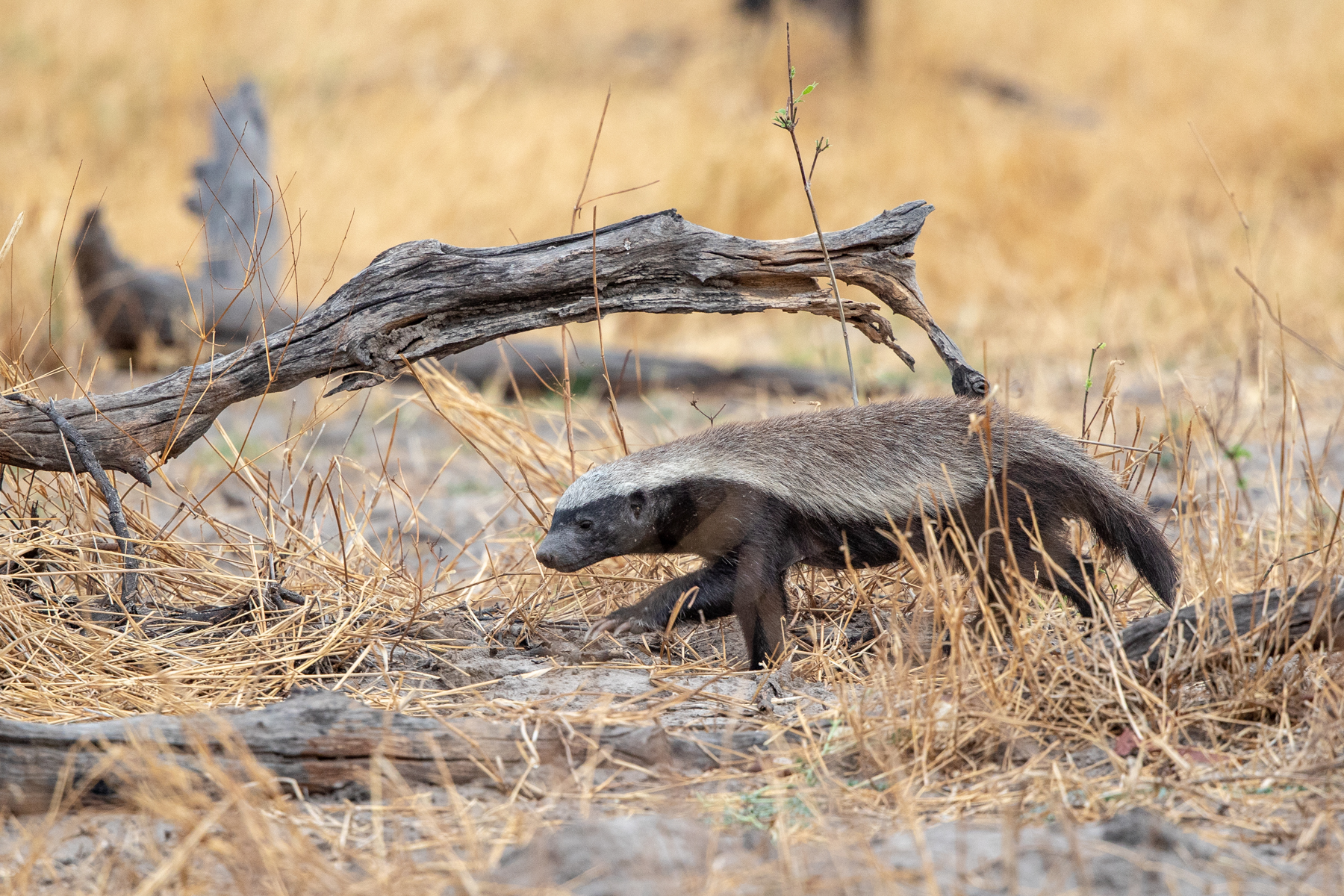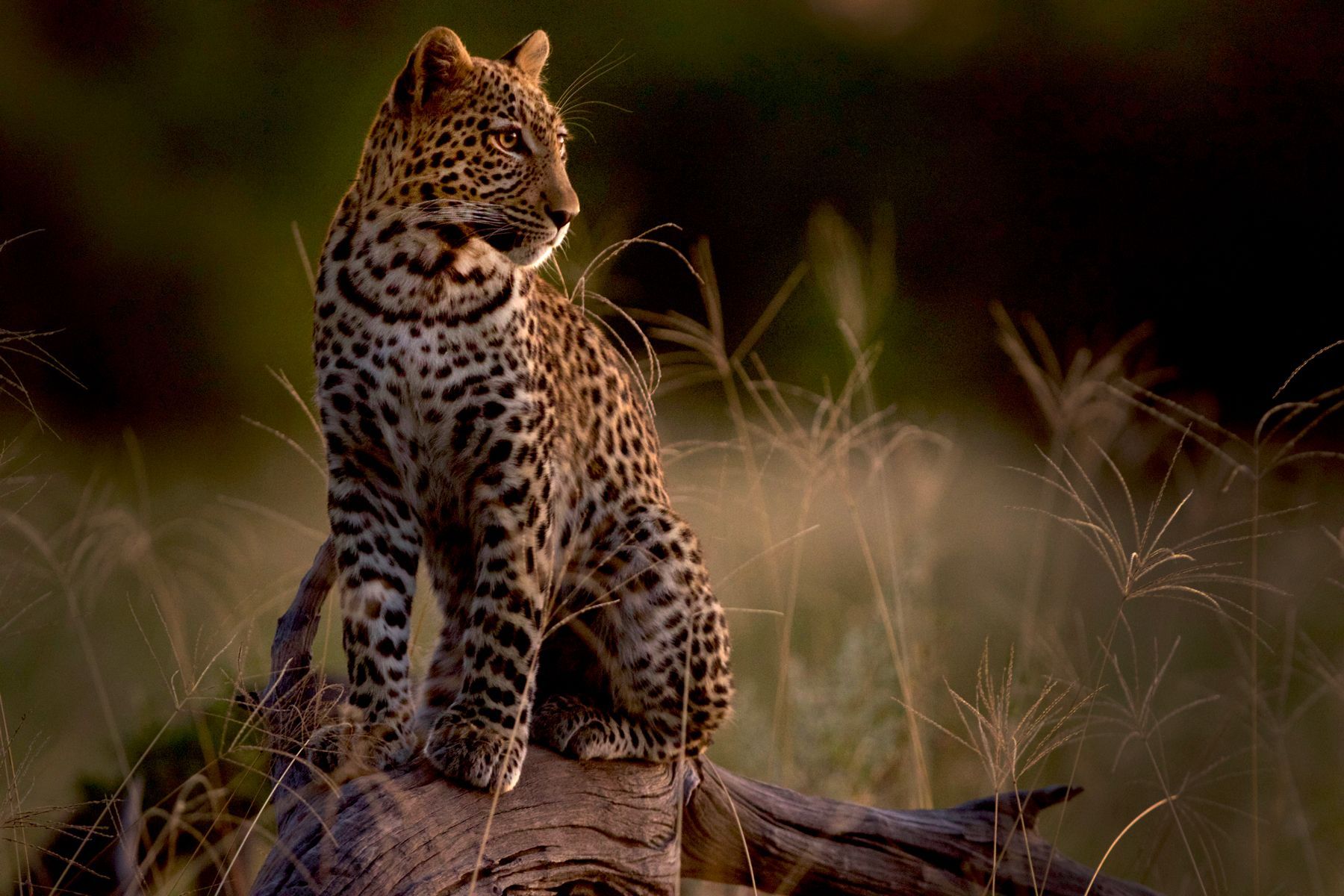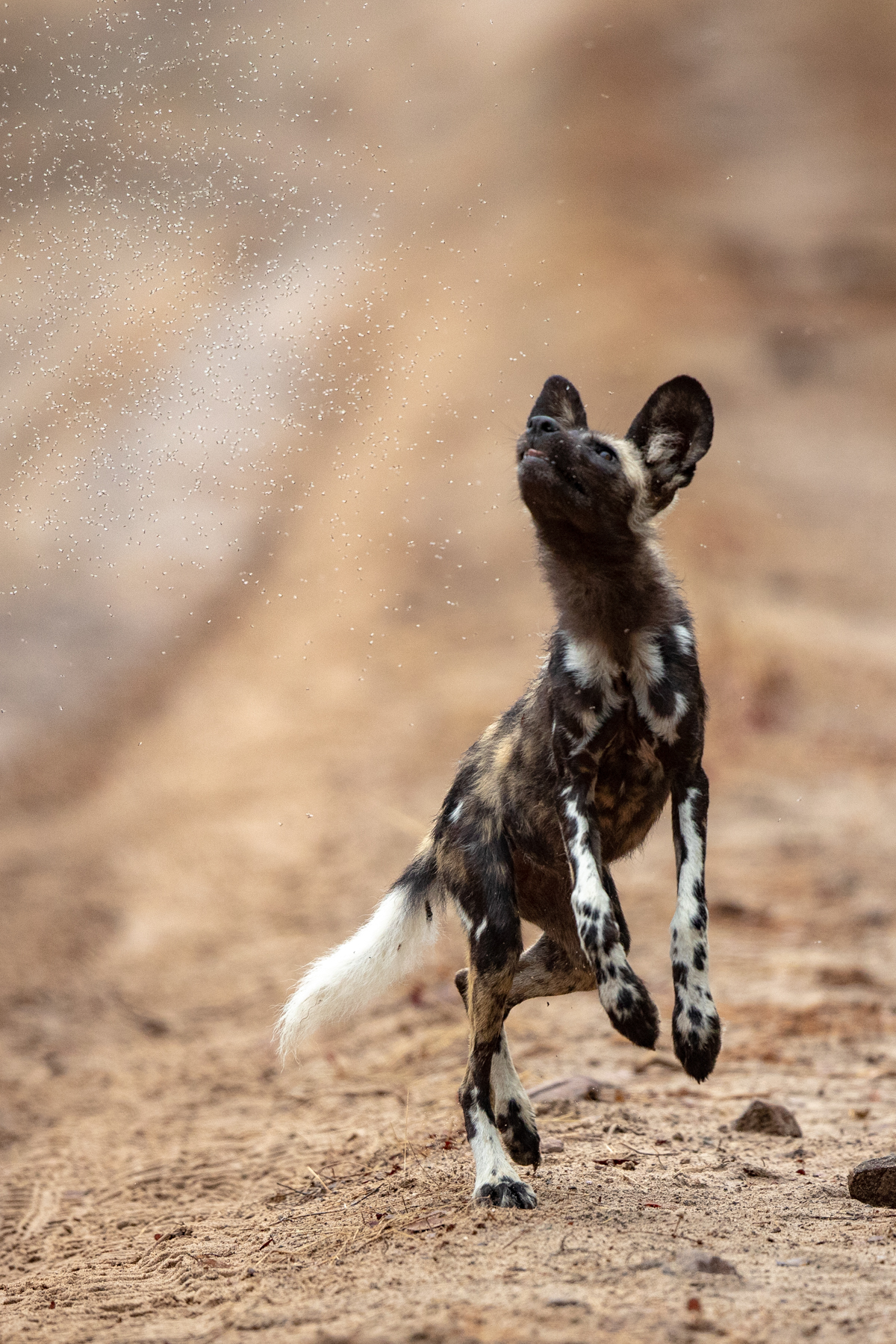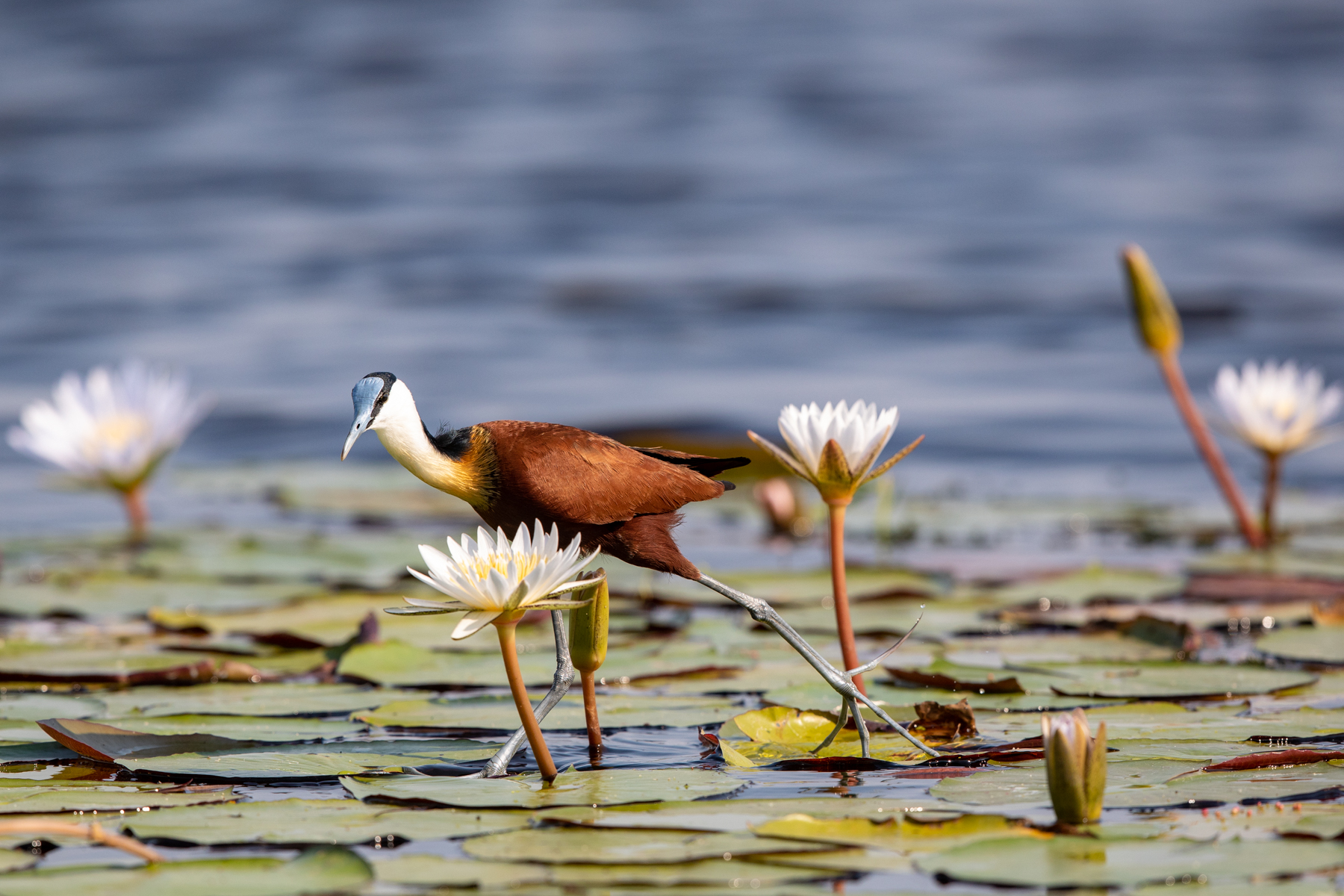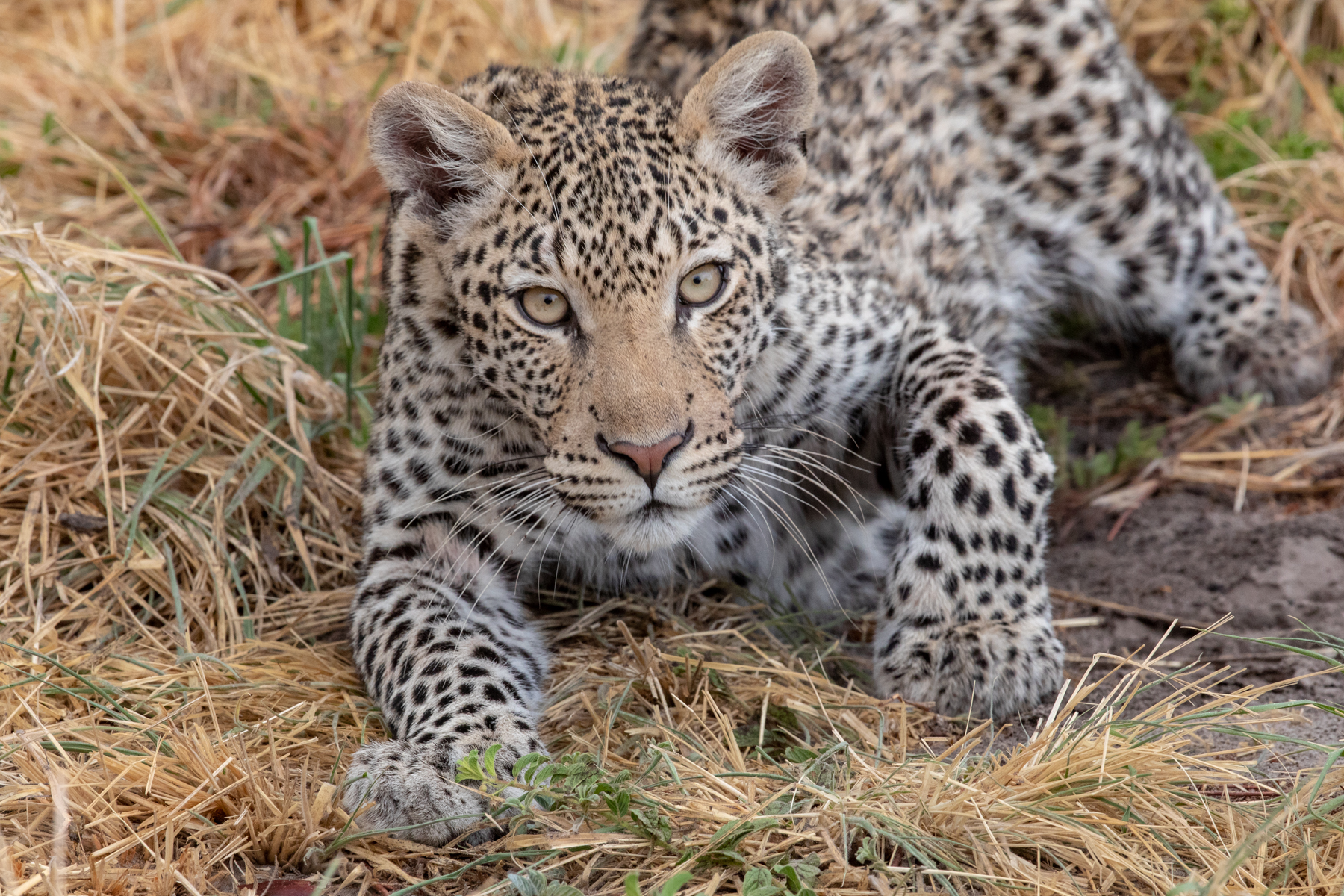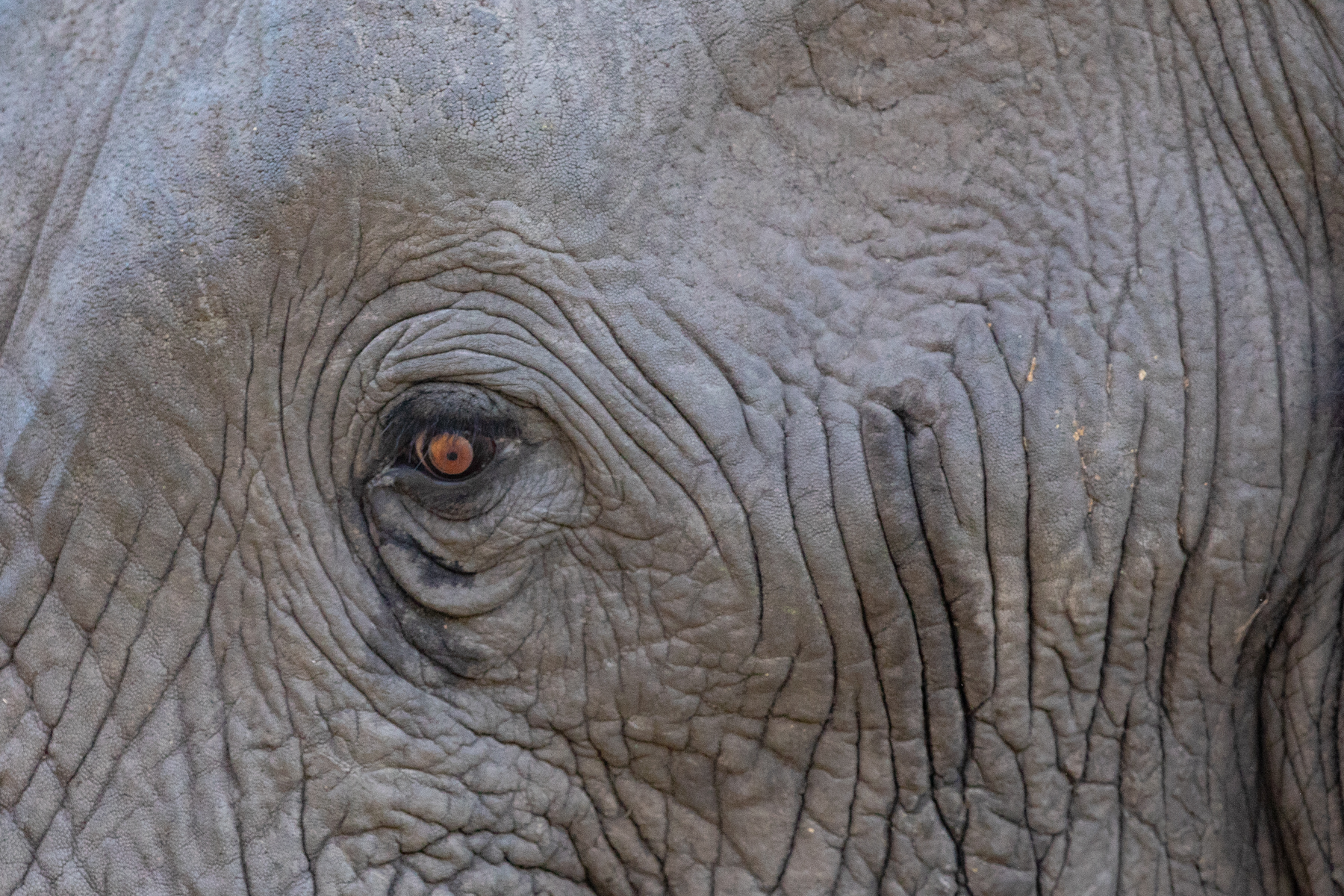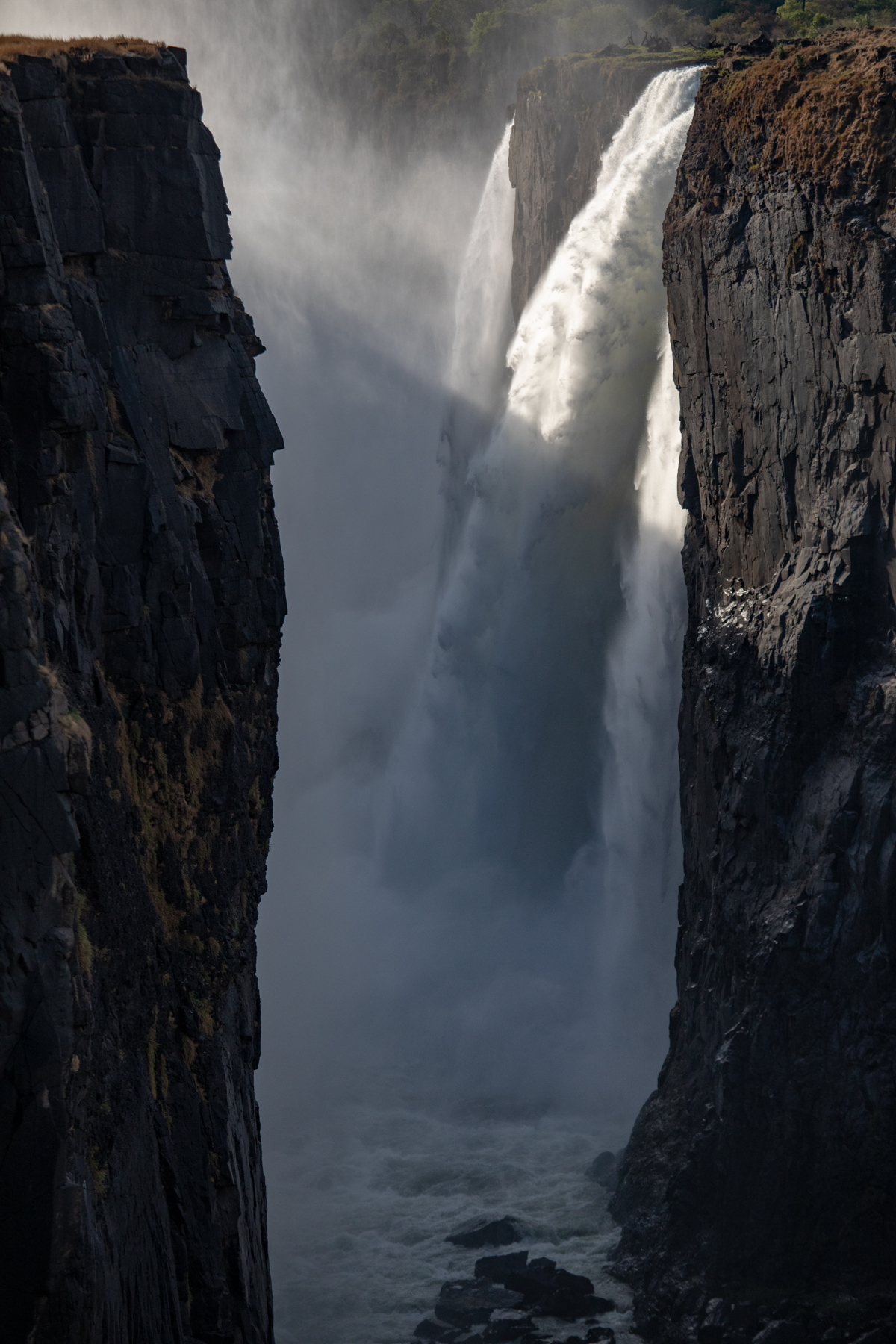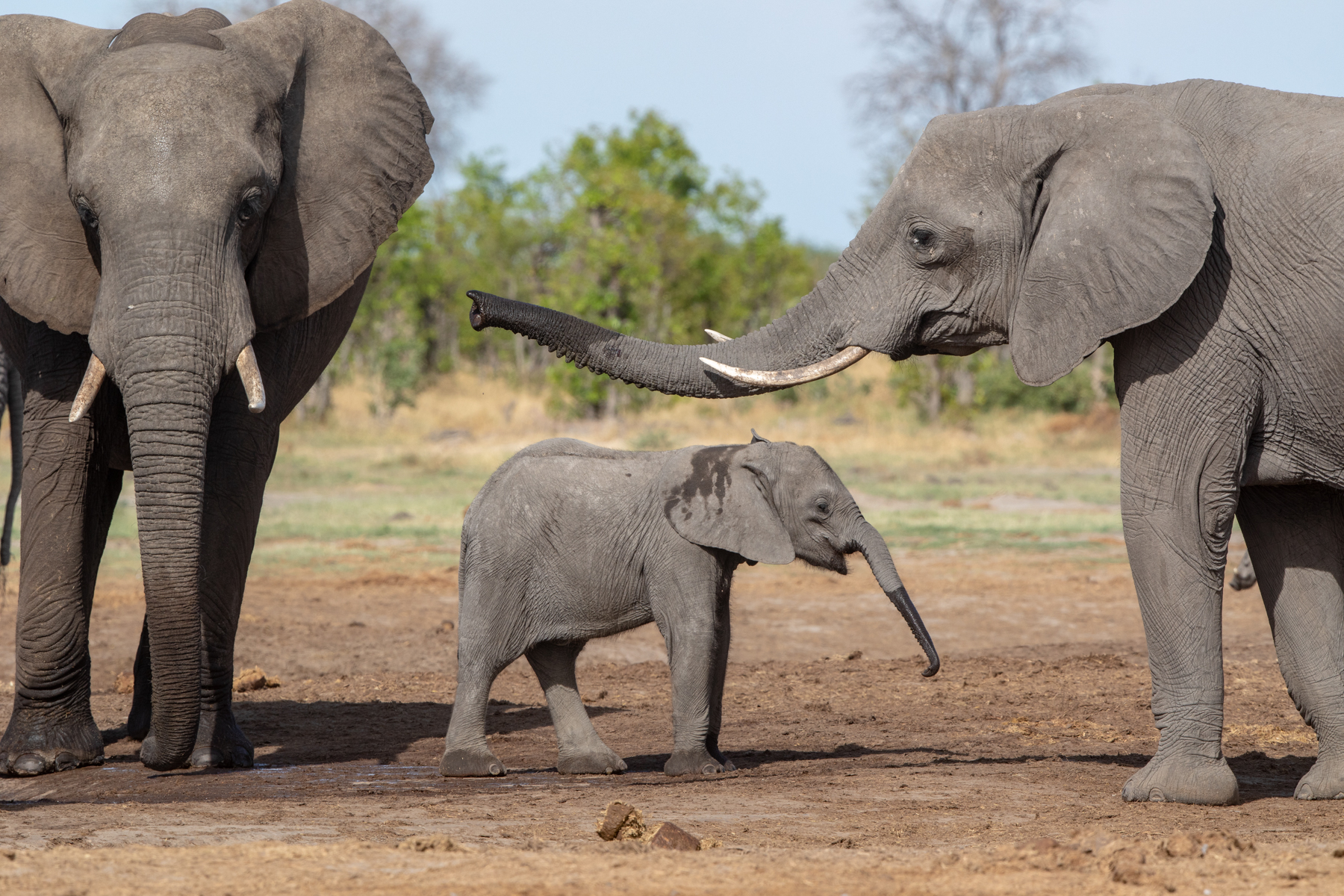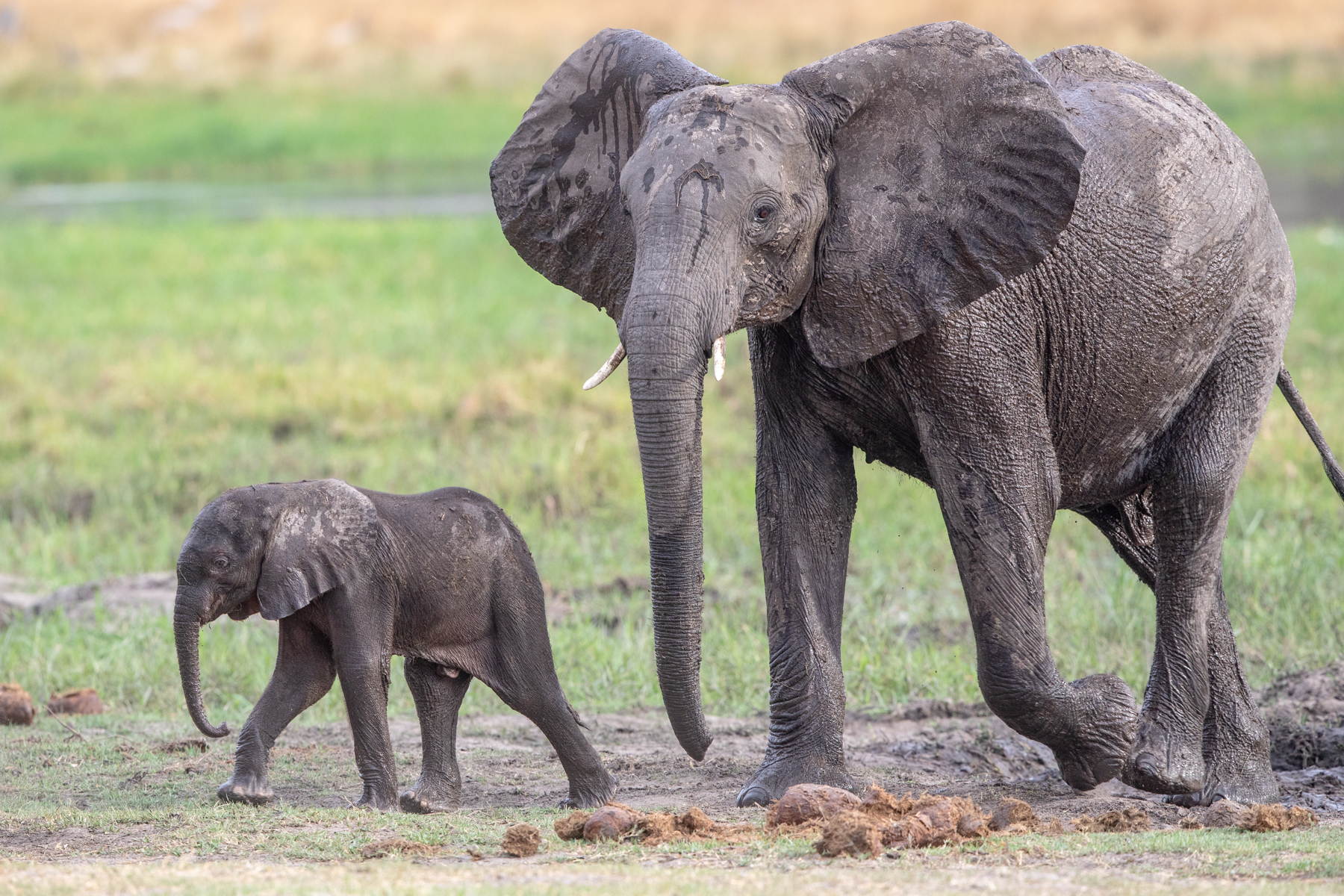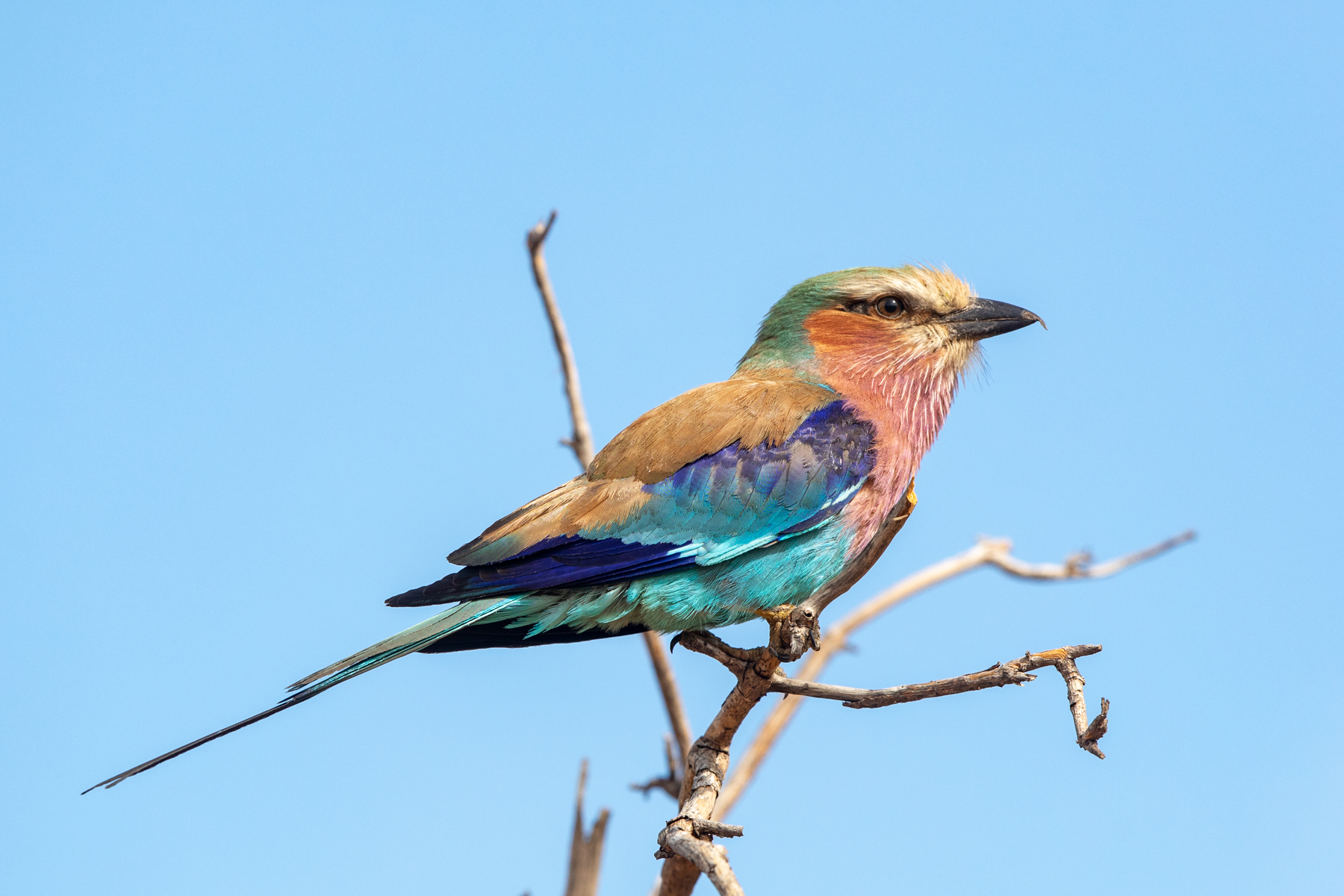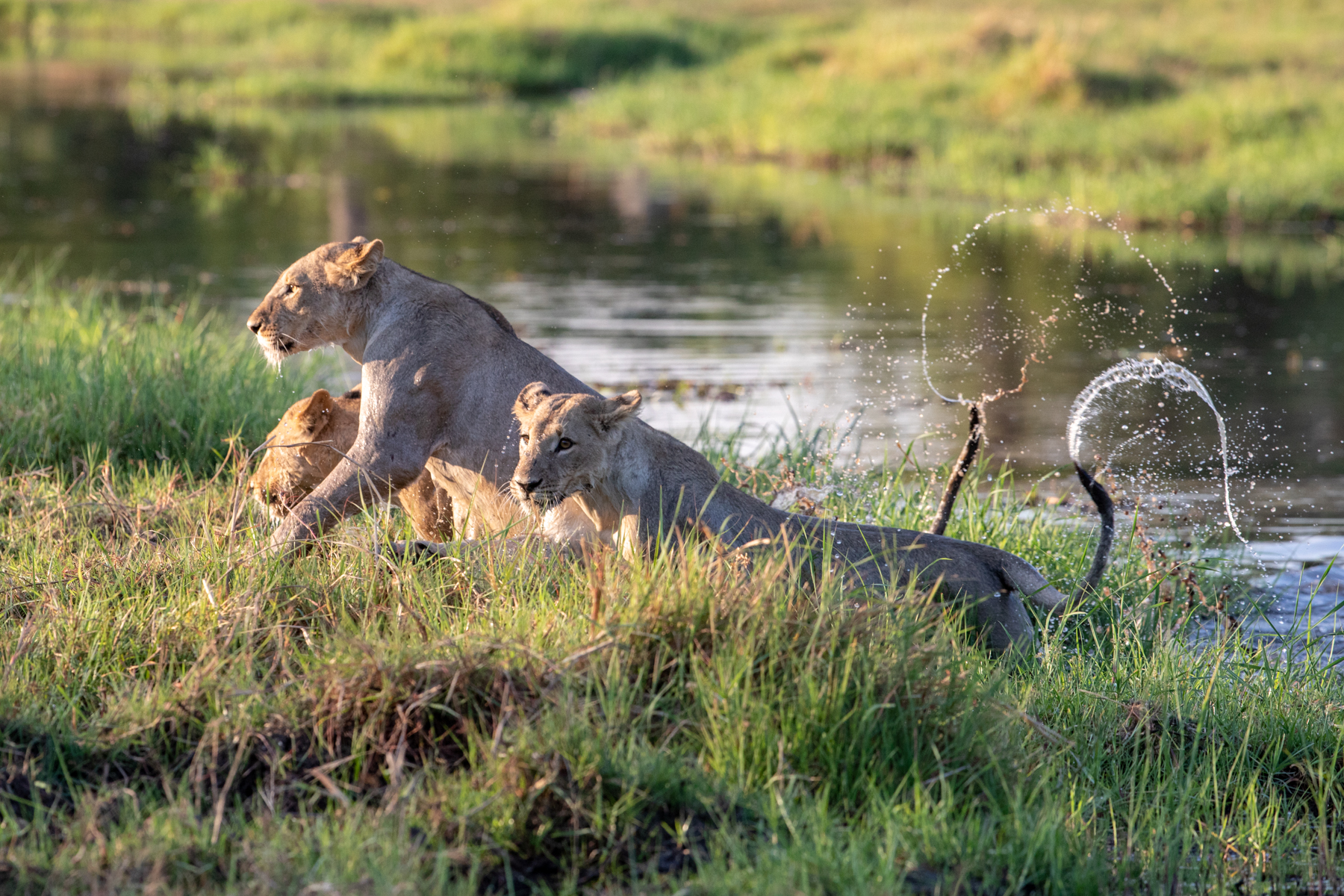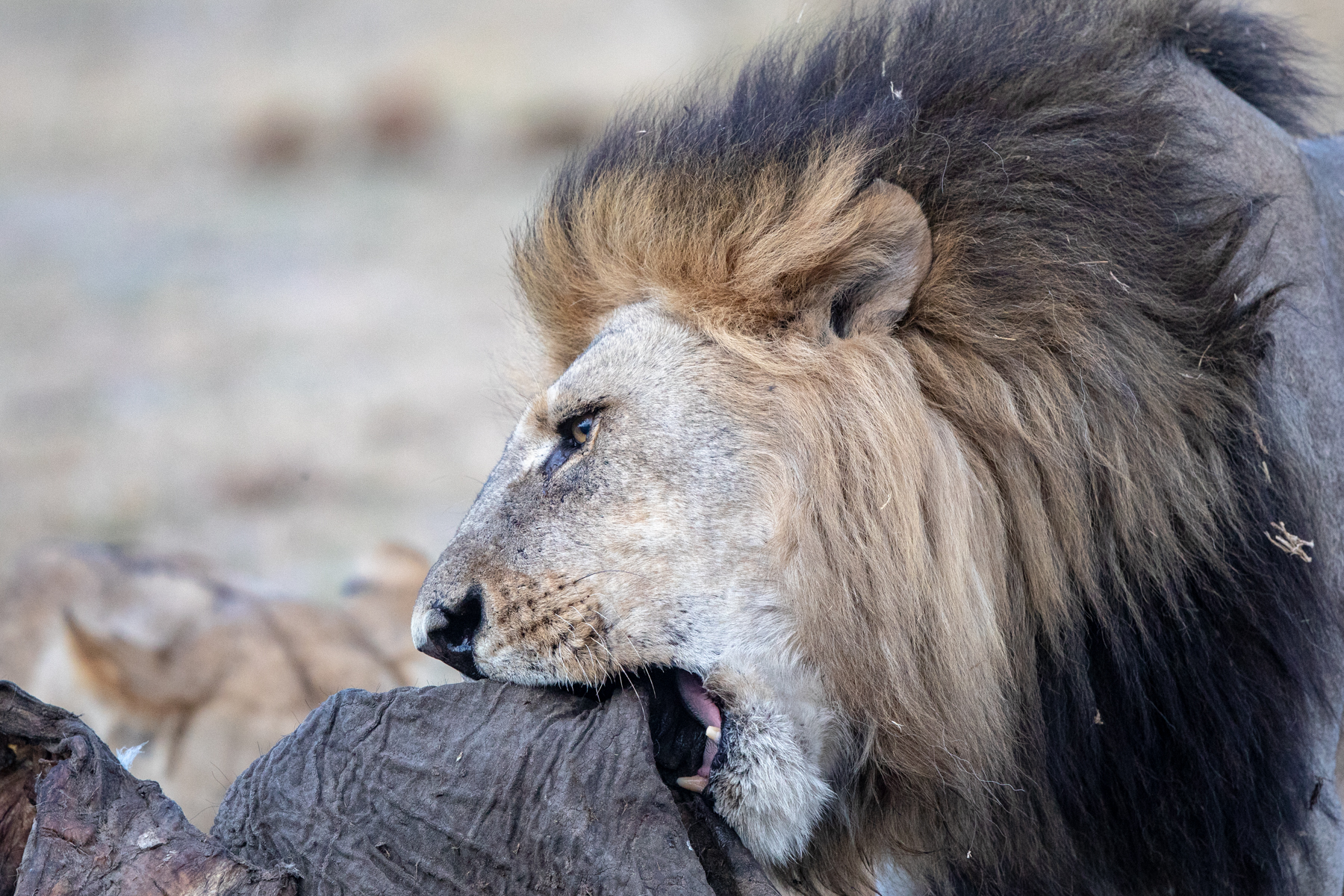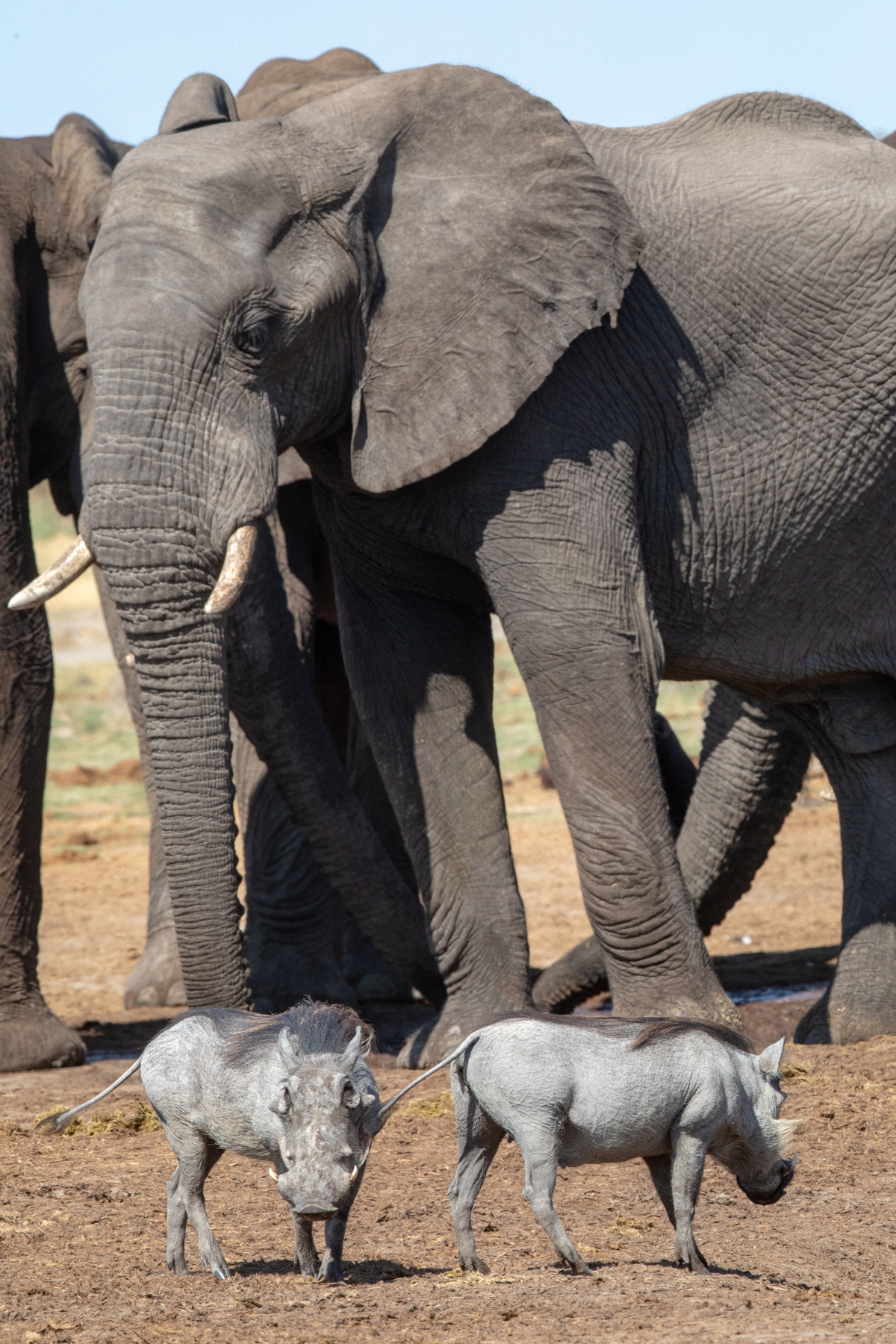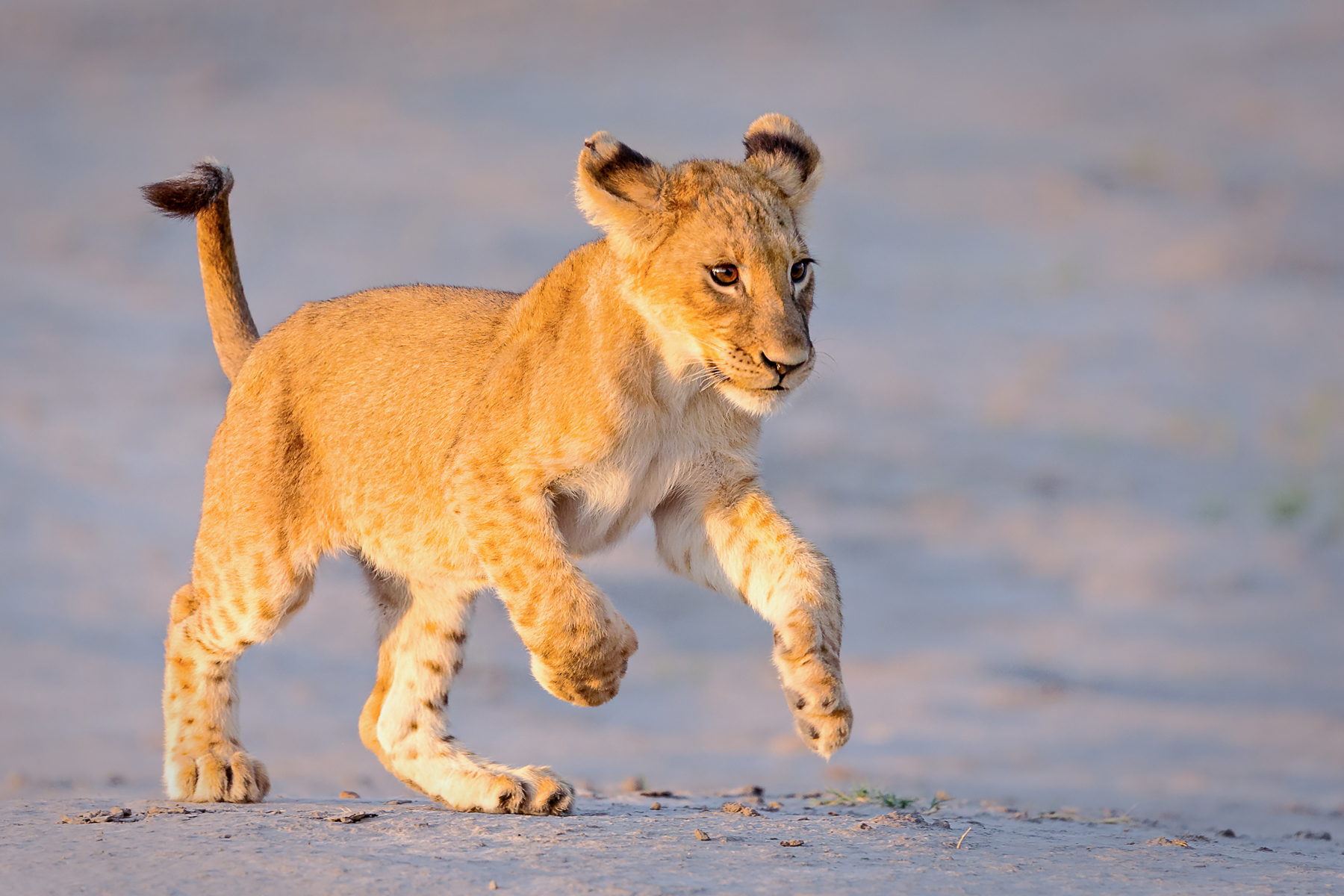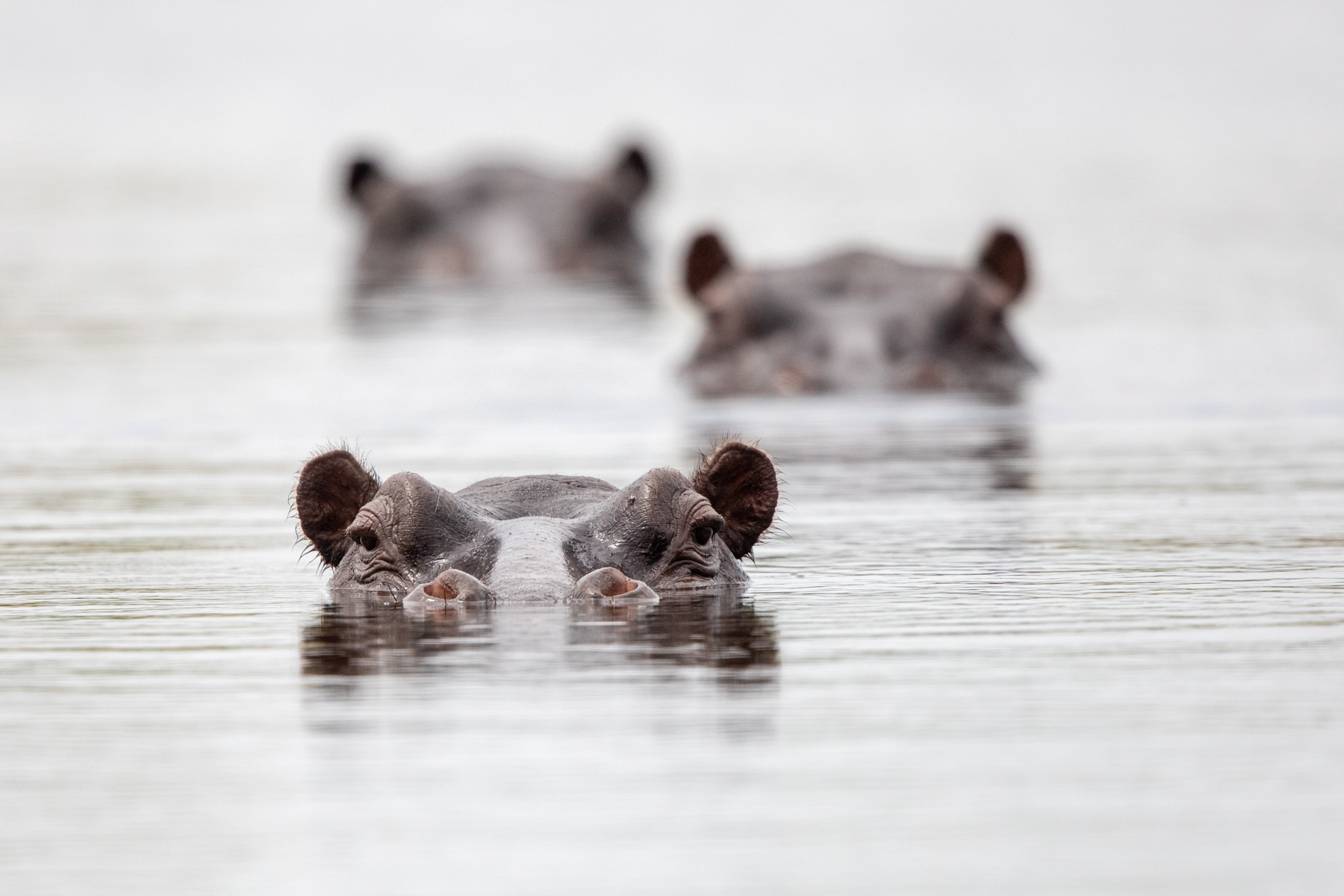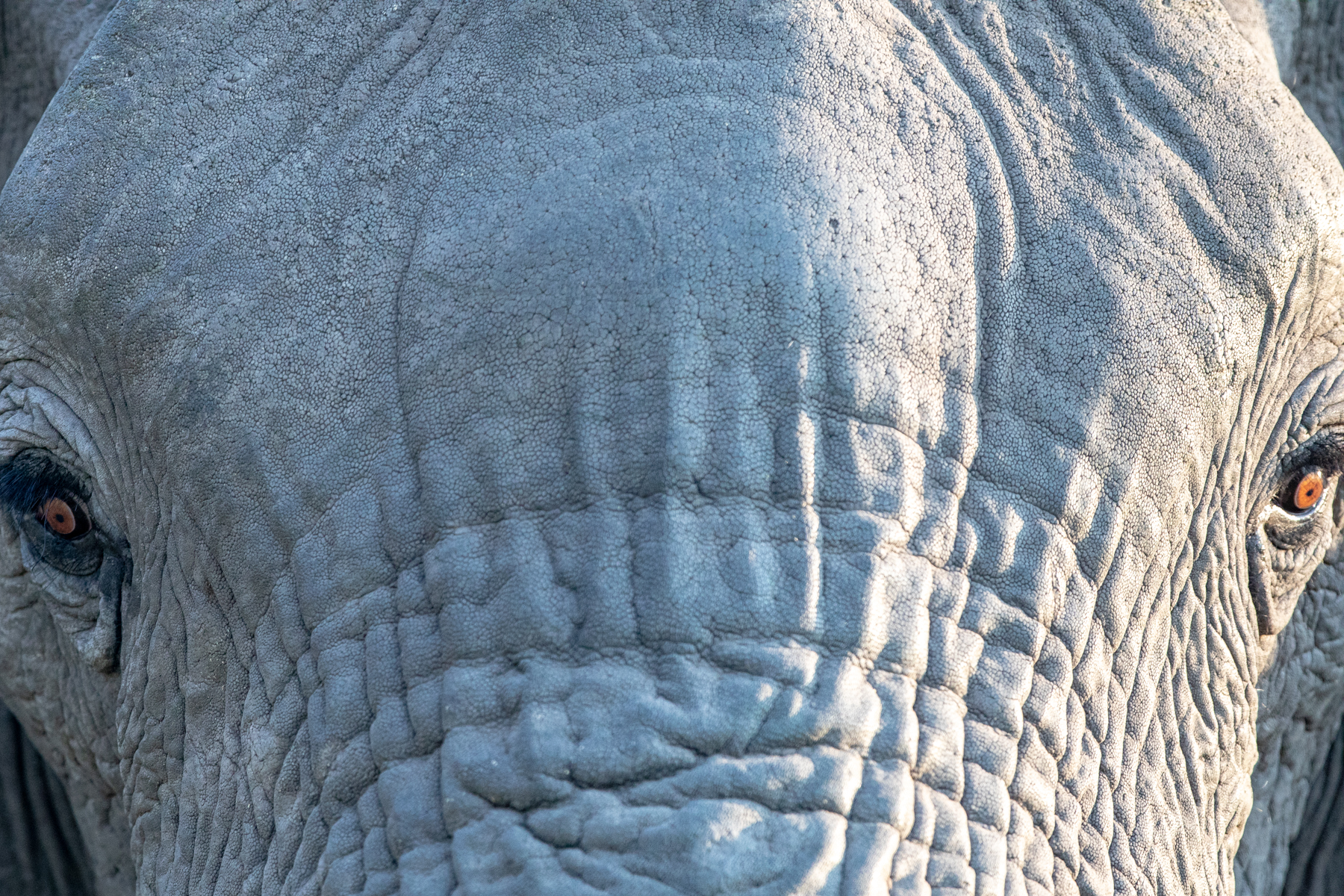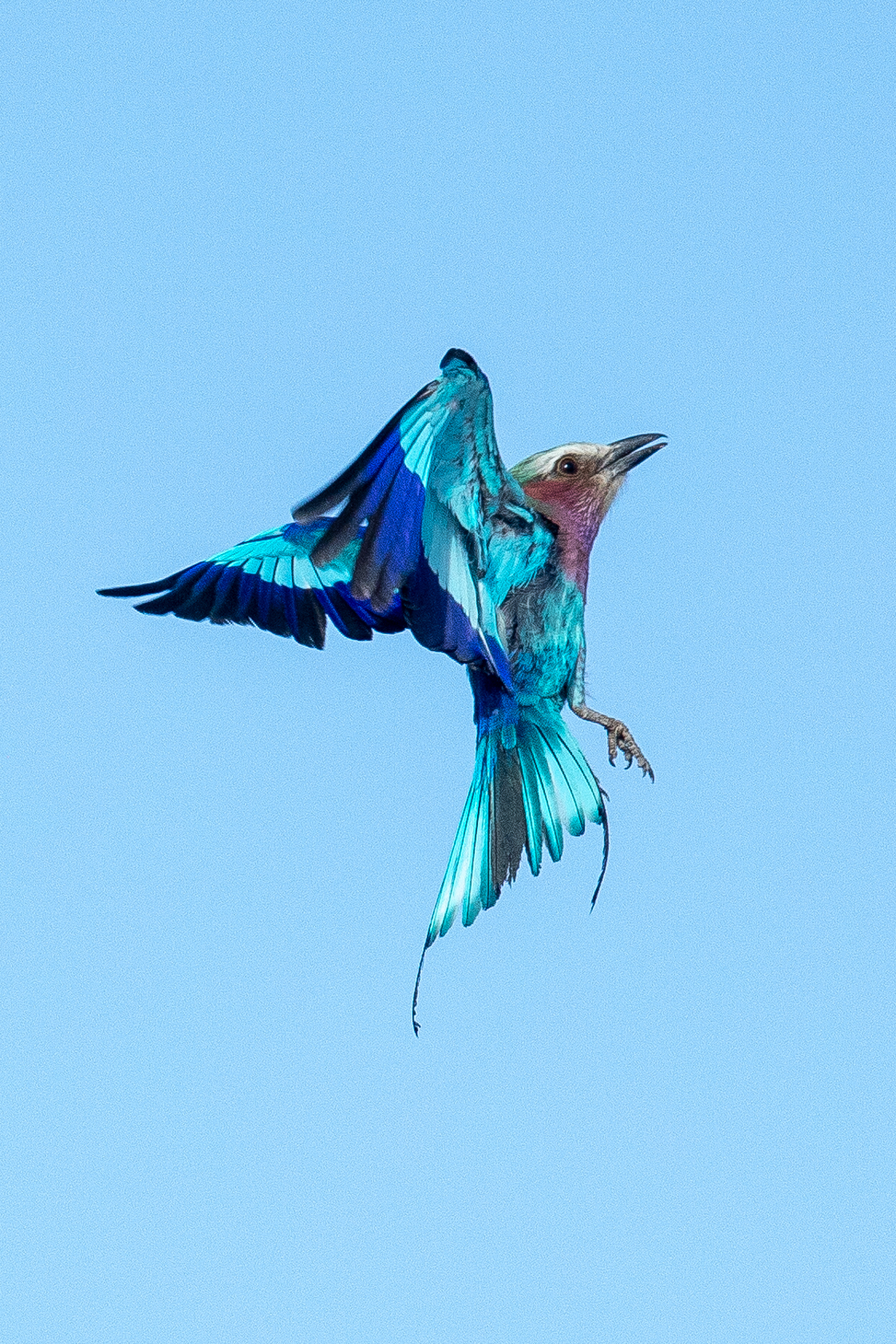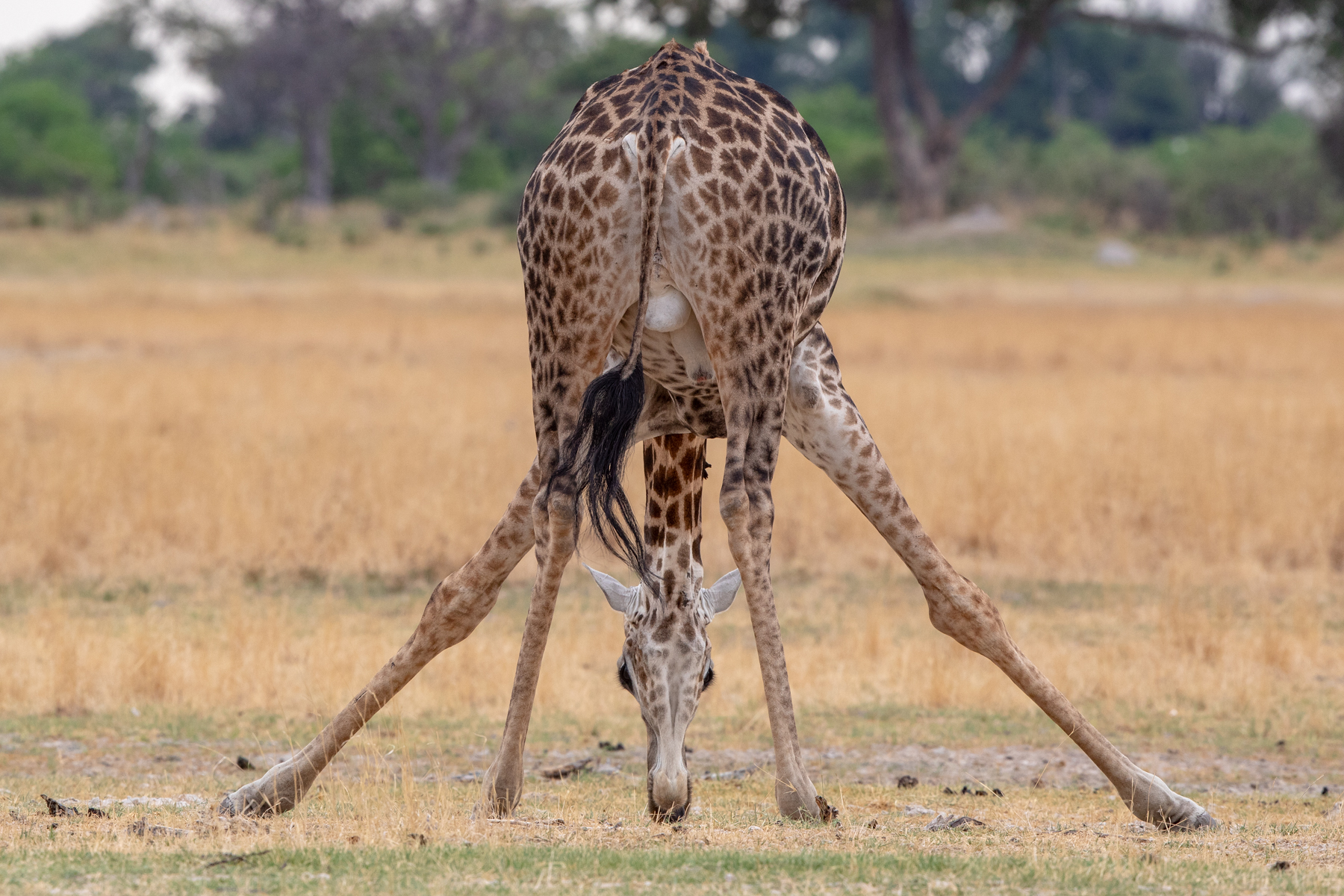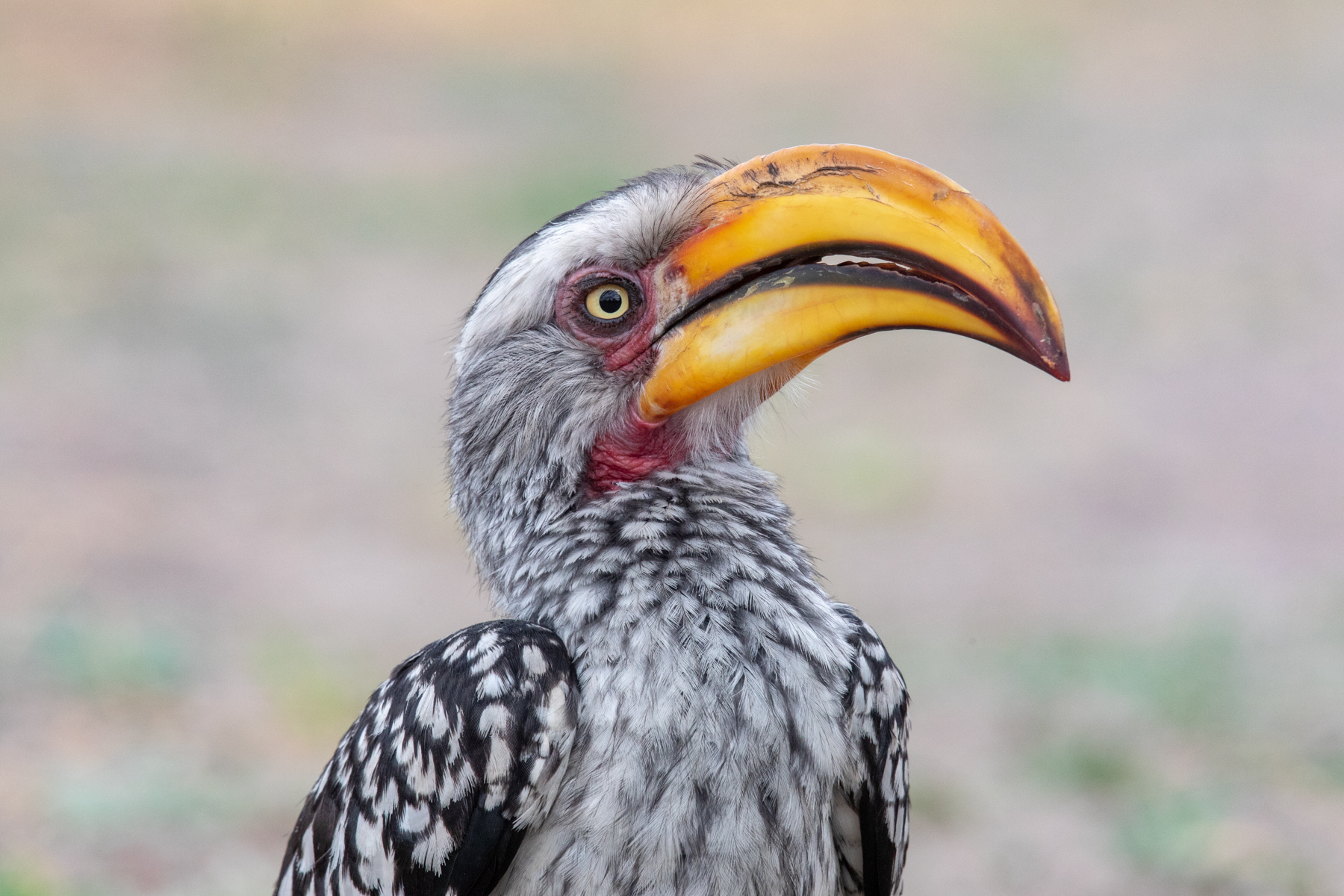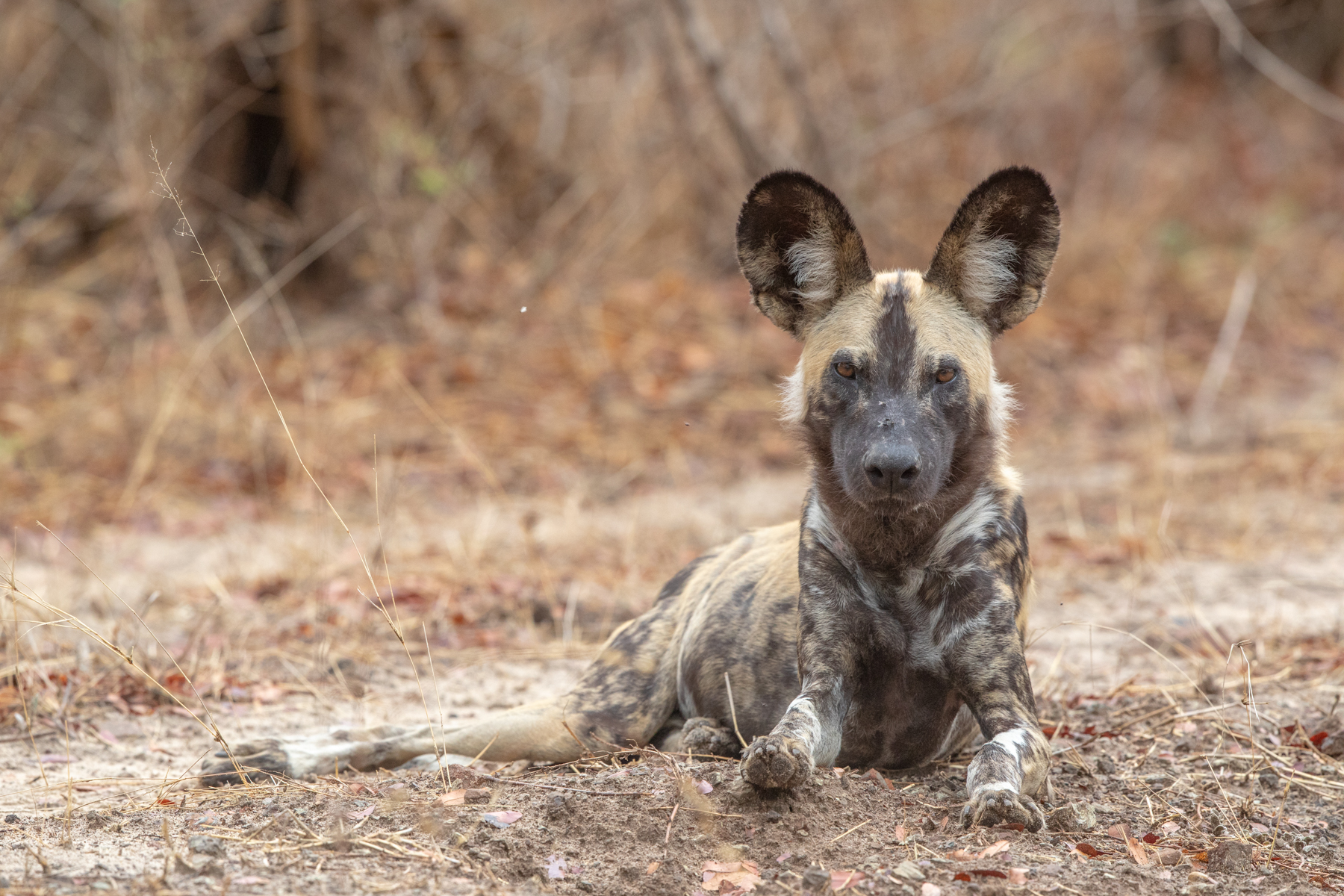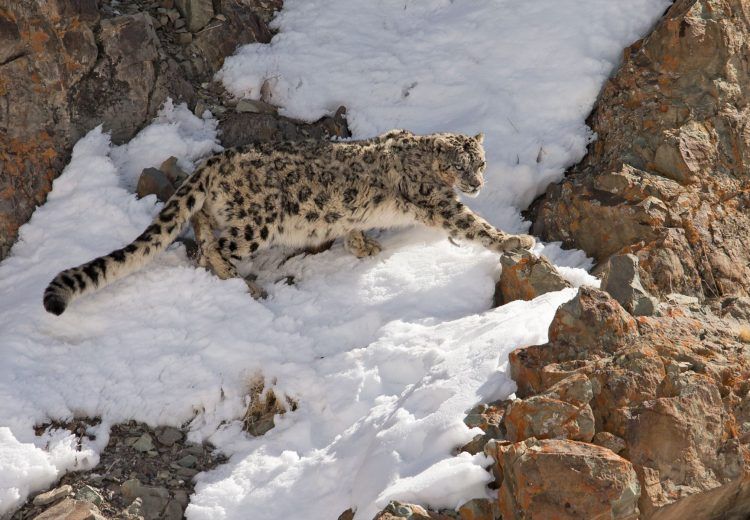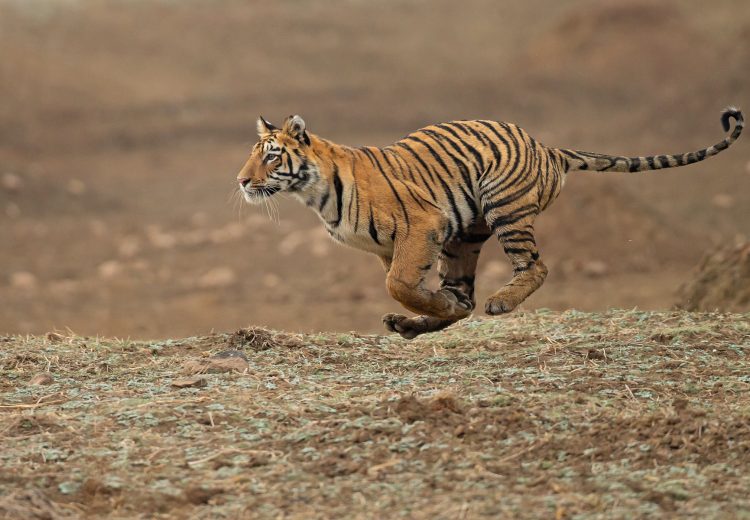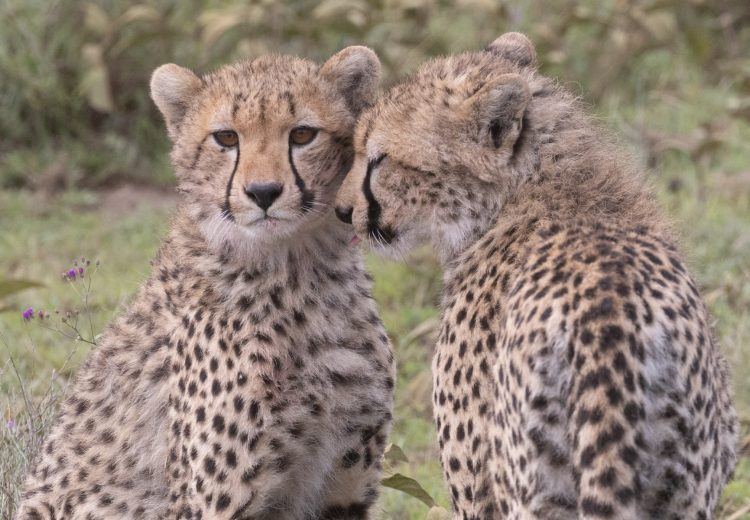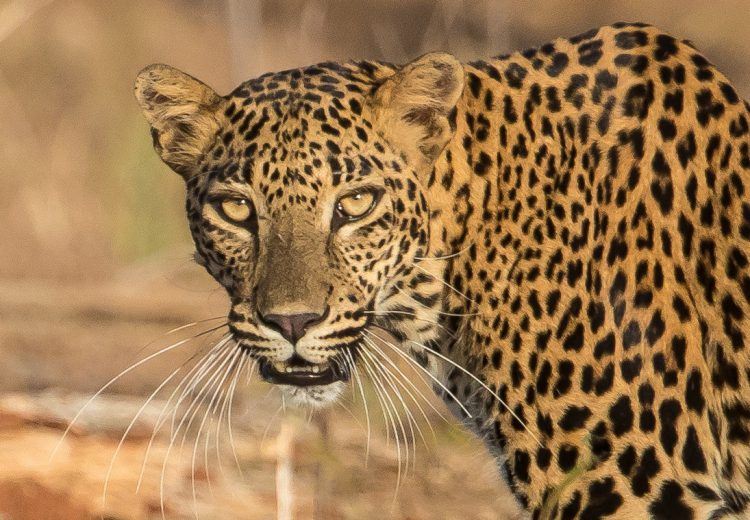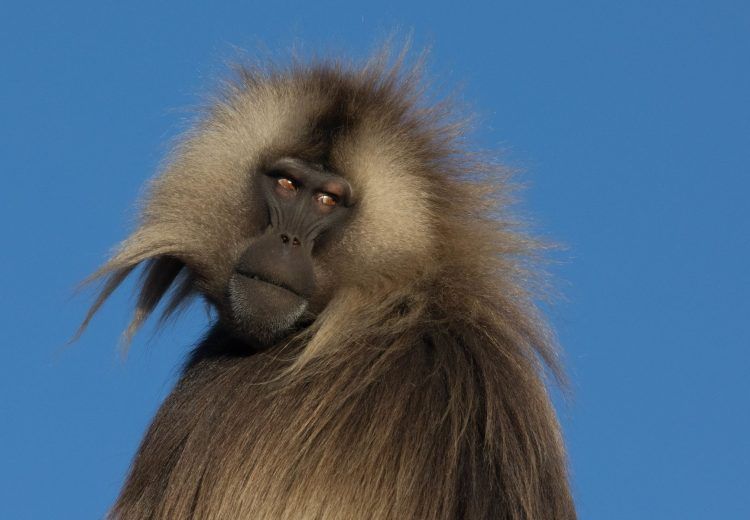Botswana & The Okavango
BOTSWANA: WILDLIFE SPECTACULAR – The photographic wonders of the Okavango and Chobe


















































































































































Lion cub with a baby elephant's foot, a decidely macarbre 'plaything' (image by Mark Beaman)

The impressive wattles of a Southern Ground Hornbill seen up close by photographer Grant Reed

San (Bushman) of Botswana: a vanishing people (image by Inger Vandyke)

A beautiful San (Bushman) girl in Botswana (image by Inger Vandyke)

A leopard father takes a break from parenting his two adorable cubs (image by Bernd Rohrschneider)

Follow my leader: lions crossing a river (image by Mark Beaman)

The rare and endangered Slaty Egret is the star bird of the Okavango Delta, Botswana (image by Mark Beaman)

African Elephant drinking in the early morning light (image by Mark Beaman)

Above and below water lilies in the marshlands (Image shot with a GoPro by Inger Vandyke)

A Peters's Epauletted Fruit Bat mother cradles her baby with her wings (image by Mark Beaman)

Squacco Heron in the waterways of Botswana (Image by Inger Vandyke)

Elephant bull swimming in Khwai River (Image by Wim Vorster)

A male Lion from the Marsh Pride drags the almost-consumed carcass of a young elephant at Savuti, Botswana (image by Mark Beaman)

An Impala family race away, one of the calves 'pronking' as it goes (image by Mark Beaman)

Two playful leopard cubs playfight in a tree (image by Bernd Rohrschneider)

A male African Wild Dog watches for prey in Khwai (Image by Wim Vorster)

Water lilies and phragmites characterise the marshlands of Botswana (Image by Inger Vandyke)

The Puku is an uncommon, restricted-range antelope of flood plains in Botswana and some neighbouring countries (image by Mark Beaman)_

Martial Eagle in flight in the skies over Moremi (Image by Wim Vorster)

Female Leopard and her almost full-grown male cub (image by Mark Beaman)

Noisy and gregarious, Magpie Shrikes look fantastic when they display (image by Bernd Rohrschneider)

Mark Beaman with his little friend (image by Inger Vandyke)

A beautiful Steenbok bathed in the golden glow of sunset (image by Bernd Rohrschneider)

We hate those flies! Painted Wolves (or African Wild Dogs) observe their tormentors (image by Mark Beaman)

A rare and spectacular encounter with Wild Dogs running through the water near the Khwai River in Botswana (Image by Grant Reed)

Guests with a yawning lion on a foot safari in Khwai, Botswana (Image by Grant Reed)

Young elephant bulls playing in the Khwai River (Image by Wim Vorster)

Eye to eye with Botswana's Meerkats (Image by Inger Vandyke)

A leopard cub has a hissy fit with its father nearby (image by Bernd Rohrschneider)

What is he looking at? Portrait of a Wild Dog in Botswana (Image by Grant Reed)

Cheetah being followed by an Gemsbok herd (Image by Grant Reed)

Just your typical day on safari in the Makgadikgadi region of Botswana (Image by Inger Vandyke)

Male Red Lechwes sparring. Red Lechwe's are an antelope of seasonally-flooded grasslands bordering swamps (image by Mark Beaman)

Plains zebras often play and fight with each other (Image by Wim Vorster)

Red-billed Spurfowl calling at Moremi (Image by Grant Reed)

There’s always that one who decides to swim against the crowd. A flock of White-faced Whistling Ducks in the marshlands of the Chobe River (image by Bernd Rohrschneider)

The Painted Wolf (or African Wild Dog) is a fearsome predator (image by Mark Beaman)

‘That’s North, South, East and West covered!’ A small group of female waterbuck make sure each direction is covered, while on lookout in Moremi (image by Gin Wilde)

Wild Dogs on the run in Botswana (Image by Grant Reed)

Cats, even large ones, are clean creatures. A Leopard grooms itself after its siesta (image by Mark Beaman)

Portrait of a pair of Swainson's Francolins in Botswana (image by Mark Beaman)

Little bee-eater with dragonfly kill (Image by Wim Vorster)

Common Zebra in a dust storm (image by Inger Vandyke)

Can you ever have too much time with newborn leopard cubs? (image by Bernd Rohrschneider)

Two African Savanna Elephants wrap their trunks together after playing and swimming in the Chobe River. These two were joined by another 12 elephants who all cooled off in the water (image by Gin Wilde)

Impala mother and calf (image by Mark Beaman)

Male Lion portrait (image by Inger Vandyke)

Sunrise in Botswana (Image by Inger Vandyke)

This pair of gorgeous Southern White-faced Owls were one of the avian highlights of our tour (image by Bernd Rohrschneider)

Portrait of a Meerkat (Image by Inger Vandyke)

Backlit Impalas browsing at sunrise (image by Mark Beaman)

A Tree Squirrel in its world of bark (image by Mark Beaman)

An aerial view of one of Makgadikgadi's clay pans taken from the scenic flight into our lodge (Image by Inger Vandyke)

An African Elephant takes a drink from the shores of the Chobe River (Image by Inger Vandyke)

A pretty male Pygmy Goose swims through the lily flowers of Moremi (Image by Wim Vorster)

Lion cubs tussle over a baby elephant's foot at Savuti, Botswana (image by Mark Beaman)_

A sweet little Baby Chacma baboon in Chobe (Image by Wim Vorster)

Zebra detail (Image by Inger Vandyke)

A pride of Lions who seem oblivious to the herd of zebra behind them (Image by Grant Reed)

A male African Lion shakes his mane – as strands of hair fly off all around him (image by Gin Wilde)

A male Red-headed Weaver building it’s nest (Image by Wim Vorster)

Impala male portrait (image by Mark Beaman)

Watching families of Meerkats prepare to go to bed at sunset is a highlight of visiting the Makgadikgadi Clay Pans in Botswana (Image by Inger Vandyke)

A Yellow-billed Oxpecker clings on to the nose of a Cape Buffalo in Chobe (image by Gin Wilde)

Lions at the river bank (image by Mark Beaman)

Common Zebra kaleidascope (image by Inger Vandyke)

Blue Wildebeest portrait (image by Mark Beaman)

Greater Kudu female (image by Mark Beaman)

Three Marabou Storks silhouetted in the most amazing sunset (image by Bernd Rohrschneider)

An impressive section of the Victoria Falls (image by Mark Beaman)

Red-crested Korhaan (or Red-crested Bustard) portrait (image by Mark Beaman)

African Hawk-Eagle portrait (image by Mark Beaman)

A Nile Crocodiles feeds from a dead hippo in the water in Chobe (Image by Wim Vorster)

A Lioness shakes off the water after a river crossing (image by Mark Beaman)

Two birds are dwarfed by the watery immensity of the Victoria Falls (image by Mark Beaman)

Lioness feeding on her kudu kill in Chobe (Image by Wim Vorster)

Botswana's Okavango at dusk (image by Mark Beaman)

An inquisitive Dwarf Mongoose (image by Mark Beaman)

Oxpeckers are so annoying! Southern Giraffe and Yellow-billed Oxpecker on our Botswana safari (image by Mark Beaman)

The sunsets and sunrises of the Makgadikgadi Clay pans are characterised by savannahs and towering Makalani Palms (Image by Inger Vandyke)

A Little bee-eater feeds a dragonfly to its chick (Image by Wim Vorster)

Fantastic rainbows in the clouds of spray are a lovely feature of the Victoria Falls (image by Mark Beaman)

A nesting Lilac-breasted Roller flies in to feed an insect to its young (image by Bernd Rohrschneider)

"You said you weren't afraid of crocs, so you go first! Lions reluctantly making a river crossing in Botswana (image by Mark Beaman)

A pair of Brown Hyenas play in front of their den at dusk (Image by Inger Vandyke)

Baby African Elephant and watchful guardians (image by Mark Beaman)

Join the resident Meerkats of the Makgadikgadi clay pans to watch the sunrise in Botswana (Image by Inger Vandyke)

Leopard portrait (image by Mark Beaman)

Red Lechwe silhouetted by a Moremi sunset (Image by Wim Vorster)

Leopard portrait (Inger Vandyke)

The unique, marmalade-coloured Pel's Fishing Owl (image by Mark Beaman)

The dazzling Southern Carmine Bee-eater at the Chobe River, Botswana (image by Mark Beaman)

Having just won a fight with another male lion over mating access to a lioness, this African Lion lies down with his mate, as the sun sets behind them (image by Gin Wilde)

Sometimes the Okavango floods are so high that they kill the trees (image by Mark Beaman)

Elephants swimming in the Chobe River provide ideal roosting spots for Cattle Egrets (Image by Inger Vandyke)

African Wild dogs on the look out in Moremi (Image by Wim Vorster)

Yawning hippos are always a highlight of the Moremi swamps (Image by Wim Vorster)

A male Lion is a truly impressive beast (image by Mark Beaman)

A beautiful Crested Francolin walking through the yellow flowers of a Devil’s thorn creeper (Image by Wim Vorster)

Vervet Monkey mother and baby (image by Mark Beaman)

A Yellow-billed Oxpecker perches on the rump of a strange stripey animal (image by Mark Beaman)

Male lion shaking his head (Image by Wim Vorster)

African Marsh Harriers hunt over the Okavango and Chobe floodplains (image by Mark Beaman)

A stunning male leopard in dead tree (Image by Wim Vorster)

Red Lechwe leaping across a Khwai water channel (Image by Wim Vorster)

"I love you Mummy!" Lion cub and mother (image by Mark Beaman)

The Saddle-billed Stork is one of the most stunning stork species in Africa (Image by Grant Reed)

Honey Badgers may not be big, but they make up for it with remarkable strength and courage (image by Mark Beaman)

A beautiful leopard watching the sun go down in Khwai (Image by Grant Reed)

Tiny biting flies torment a Painted Wolf (or African Wild Dog) until it leaps up to catch some (image by Mark Beaman)

The majesty of lions (Image by Grant Reed)

‘The fight of Kings.’ Two adult male African Lions tear at each other in a fight over mating access to a nearby lioness (image by Gin Wilde)

The African Jacana uses its elongated toes to spread its weight as it walks over the lily pads (image by Mark Beaman)

The Victoria Falls from the air (image by Mark Beaman)

Portrait of a Brown Hyena in the sunset (Image by Inger Vandyke)

Here’s looking at you, kid! A lion cub relaxes atop a grass-covered termite mound in Savuti (image by Gin Wilde)

A young Leopard crouches close to us on the 2018 Wild Images Botswana photosafari (image by Mark Beaman)

Portrait of a Wild Dog (Image by Grant Reed)

Light from the setting sun falls upon the mane of a male African Lion, turning sections of his fur and face orange (image by Gin Wilde)

An elephant's eye has seen so very much... (image by Mark Beaman)

One of the spray-filled chasms at the Victoria Falls, Zimbabwe/Zambia border (image by Mark Beaman)

Three generations of African Elephants (image by Mark Beaman)

The awesome sight of a hippopotamus yawning at sunset (Image by Grant Reed)

Baby and adolescent, after a bath (image by Mark Beaman)

The Lilac-breasted Roller is a truly stunning bird (image by Mark Beaman)

Curious Wild Dogs peering at safari guests (Image by Grant Reed)

Lions shake off the water after a river crossing (image by Mark Beaman)

Male Lion chewing away on elephant hide. The darker the mane the more dominant the individual (image by Mark Beaman)

Common Warthogs and African Elephants. Little and Large... (image by Mark Beaman)

A beautiful African Pied Kingfisher takes a break between fishing trips on the Chobe River (image by Bernd Rohrschneider)

Water lily detail (Image by Inger Vandyke)

A Brown Hyena pair rest at their den in the Makgadikgadi clay pans of Botswana (Image by Inger Vandyke)

Motion blur of a Cheetah running (Image by Grant Reed)

Wild Dogs are an adrenaline filled highlight of any safari in Botswana (Image by Grant Reed)

A huddle of Commnon Ostrich chicks (image by Inger Vandyke)

A pair of elegant but endangered Wattled Cranes in Moremi Game Reserve at the edge of Botswana's Okavango Delta (image by Mark Beaman)

A cute little lion cub plays in Savute (Image by Wim Vorster)

Hippopotamus heads (image by Mark Beaman)

Meerkats have sharp teeth to hunt prey and defend themselves from predators (Image by Inger Vandyke)

African Elephant detail (image by Mark Beaman)

Lilac-breasted Roller flight portrait (image by Mark Beaman)

There are few things stranger than a giraffe feeding from the ground. This is a Southern Giraffe in Botswana (image by Mark Beaman)

Southern Yellow-billed Hornbill portrait (image by Mark Beaman)

A Painted Wolf (or African Wild Dog) in Botswana, surely the best place to see this sought-after predator (image by Mark Beaman)
|
Tuesday 11th November –
Sunday 23rd November 2025 Leaders: Virginia Wilde and a local naturalist-photographer guide |
13 Days | Group Size Limit 6 (1 space) |
|
Wednesday 11th November –
Monday 23rd November 2026 Leaders: Wild Images leader to be announced and a local naturalist-photographer guide |
13 Days | Group Size Limit 6 |
BOTSWANA WILDLIFE PHOTOGRAPHY TOURS WITH WILD IMAGES
Botswana is home to some of Africa’s best national parks and wildlife sanctuaries and has some of its most diverse wildlife, and yet it is still less well-known as a destination for wildlife photography tours as compared with places like Kenya, Tanzania and South Africa. One reason is that the great national parks and conservation areas of Botswana are still real wildernesses that are both difficult and expensive to access.
This wonderful wildlife photosafari will take us from Maun in the southwest of the Okavango region to Kasane in the far northeast of Botswana, passing through the Moremi Game Reserve, the Khwai Concession Area, Savuti and eastern Chobe National Park as we go.
We will be staying in spacious and comfortable mobile tented safari-style camps in exclusive private campsites within the national parks and wildlife reserves, whilst travelling in our customized safari vehicle, which is open-sided with a fantastic, almost all-round view.
Now that’s surely an ideal way to get to the very heart of Botswana’s wildlife wonderland!
Accommodation & Road Transport
During our Botswana and Okavango photosafari we will be staying in exclusive private and often beautifully located safari campsites (no other park visitors will be present!) in comfortable mobile safari-style tented camps which are specially erected for our stays within the national parks and reserves. The tented accommodation is both spacious (walk-in height) and comfortable, and includes proper beds and bed linen, with a private (well side-screened, but open to the skies) en-suite bathroom and a large porch. The bedroom section of the tent is about 4m x 3m (approximately 13ft x 10ft). The camp is serviced by a safari chef and camp assistants, complete with a supply vehicle. The meals that the chef comes up with are truly remarkable, particularly given the pretty simple cooking facilities a mobile safari chef has to cope with!
Road transport is by a customized safari vehicle which is perfect for wildlife viewing and photography. These special vehicles are great for photography as they have all-round (almost 360 degrees) views and very low sides, allowing lower angle shots. They have a roof cover in case it gets hot or rains, and even have a fridge stocked with cold drinks. The few main roads are mostly good or reasonable (but there are also plenty of rough tracks in the sanctuaries and some ‘off-road’ driving).
Walking
The walking effort is easy throughout our Botswana and Okavango photosafari. Walking is restricted to a few specified areas in the national parks/game reserves. This is of little hindrance and indeed we can approach many large birds and mammals far more closely in a vehicle than we could on foot.
Climate
At this season in the Okavango and Chobe regions of Botswana, most days will be warm or hot, dry and sunny, but overcast conditions are fairly frequent and there may well be some rain.
Photographic Equipment
During Botswana wildlife photography tours, the most used telephoto lens focal lengths with a full-frame DSLR or mirrorless are usually between 200-600 mm (sometimes even longer is useful). Do not neglect the mid-range telephoto area (150-300 mm) as many subjects are large and/or approachable, or in groups.
Botswana has few panoramic views and so ultra-wide-angle is only occasionally useful (but this does not apply at Victoria Falls, where it is good to have the focal lengths 16-24 mm covered). Of more use is to cover the range 24-70/100 mm.
All the focal lengths mentioned above relate to full-frame cameras. Please adjust as appropriate for crop sensor and micro four-thirds cameras.
You can also get wonderful results throughout this Botswana wildlife photography tour, with many subjects, with a high quality ‘bridge’ camera with an 18-20x or higher optical zoom and a wide-angle setting which is equivalent to 24mm.
A tripod cannot be used on this tour (there is insufficient space), but a monopod can be helpful if you use a heavy telephoto, as the vehicle sides and armrests are low and so often unsuitable for resting on. A beanbag can also be useful at times. If you do not have one yourself, let us know as our local agent can usually provide one. Bring a flash if you wish for the Khwai night drives.
The safari vehicle has a battery charger, but even so, we would strongly recommend having plenty of spare, full-charged battery power just in case! A failure of the charger is unlikely, but think how you might cope if it happened. There is no other source of electricity during the safari. Dust is ever-present in Africa, so protecting (so far as is practicable) and cleaning your photography equipment is important.
If you have questions about what equipment you ought to bring, please contact us.
VICTORIA FALLS EXTENSION
As our Botswana wildlife photosafari ends in Kasane in northeasternmost Botswana, it is very easy to extend your holiday and add in a visit to the incomparable Victoria Falls. The Victoria Falls or Mosi-oa-Tunya (the Smoke that Thunders) are situated on the mighty Zambezi River between Zambia and Zimbabwe. The falls are some of the largest and most spectacular in the world, offering some remarkable opportunities for photography, and so are well worth a visit if you can spare an extra day or two.
We recommend travelling to Victoria Falls in Zimbabwe to see the falls (Victoria Falls, which has a wide range of hotels and is a pleasant small ‘touristic’ town, is only about one and a half hours from Kasane), spending two nights there. (A one night visit is possible, but rather rushed.) The views from the Zimbabwe side are better, particularly in October-December when the Zambian part of the falls largely dries up. Tourist visas can be obtained in just a matter of minutes at the border, for around 50-60 US Dollars cash (no passport photos required). There are regular flights from Victoria Falls to Johannesburg.
The price will depend on the price level of the accommodation you select and your duration of stay. Please indicate on your booking form if you are interested in a Victoria Falls extension and we will quote you a cost once we know your intended accommodation (we suggest the good but mid-priced Batonka Guest Lodge, the historic, impressive and expensive Victoria Falls Hotel or the very comfortable and conveniently situated Ilala Lodge, but other options are also available) and other requirements. A road transfer from Kasane to your hotel at Victoria Falls and an airport transfer at Victoria Falls will be included.
You can easily walk to the falls from some of the accommodations (for example Ilala Lodge or the Victoria Falls Hotel), but more distant ones need road transport. This is best arranged locally while you are there. We can strongly recommend the ‘Flight of the Angels’ by helicopter, including the extended version that goes upriver over the national park. This is best pre-booked in case they are busy the day you want to fly.
MAKGADIKGADI EXTENSION
For ‘something completely different’ why not make a pre-tour visit to the famous Makgadikgadi Pans, a huge, mainly dry area of grassland, sparse savanna and saline lake beds situated roughly two hundred kilometres (120 miles) to the southeast of Maun? There are some splendid tented safari lodges here, including Camp Kalahari and the famous and original Jack’s Camp (both lodges are run by the same company). Transport from and back to Maun is by charter flight, and you can transfer to the charter plane for the one hour plus flight directly upon arrival into Maun airport if you wish. Views during the flight are spectacular, so be sure to have your camera out.
The arid, wide-open landscapes of Makgadikgadi come as a total contrast to the Okavango Delta region at Moremi and the savanna landscapes of Khawai, Savuti and the Chobe River that you will experience during the tour. This is a semi-desert region and for much of the year, the huge saline pans are dry, fringed by vast expanses of tawny grassland, stands of Makalani Palms and areas of dry bush country or woodland.
The first of the two major attractions of Makgadikgadi are the group of habituated Meerkats. These fantastic creatures have become so unafraid of humans that you can visit them at their den, or follow them closely as they forage through the grasslands. They are not only tame enough to let you photograph them from just one or two metres distance if you want (you can get great wide-angle shots!) but they will, if you kneel or sit, climb up on your back, shoulders or head to get better views of their surroundings! You can even stand up while they remain at their post. Various individuals act as ‘lookouts’ for the group and they regard an extra metre or two of vantage height to be invaluable!
As well as the fantastic Meerkat experience, the other big draw at Makgadikgadi are the rare and usually (i.e. elsewhere) very wary Brown Hyaenas. At one of the dens here the hyaenas have become used to visitors, so much so that they typically emerge from the den well before sunset and lol around, interact with each other or have a wander before the light goes. Quite often they come right up to the vehicle! For anyone who knows how difficult it normally is to see this shy and increasingly rare Southern African predator, Makgadikgadi’s Brown Hyaenas are miraculously approachable.
Makgadikgadi has an excellent selection of other wildlife and the recent creation of permanent waterholes by the use of solar-powered boreholes has meant that many more large mammals spend the whole year here, not just the wet season. Large numbers of Blue Wildebeest and Common Zebras, and smaller numbers of Springboks are to be found, Black-backed Jackals are common and both Lions and Cheetahs are regular. The waterholes attract many birds, including flocks of Burchell’s Sandgrouse and Grey-backed Sparrow-Larks. The wind often gets up as the morning advances, creating interesting possibilities for photographing mammals amidst the dust.
As the lodges are outside the national park boundary, night drives can be made and it is easy to see wallaby-like Spring Hares, Cape Hares and Bat-eared Foxes. Aardwolf and Small-spotted Genet are regular and very rarely an Aardvark is sighted.
Both lodges have expert, very professional resident naturalist guides who are attuned to the needs of photographers. We suggest three nights here, but you can also make a worthwhile two nights visit if you need to keep the cost down. Please contact our office if you are interested in a visit to Makgadikgadi. The cost will depend on the duration of your stay and whether you opt for the comfortable Camp Kalahari or the even more luxurious and more expensive Jack’s Camp. If you want more than one visit to the Meerkats and one visit to the Brown Hyaena den to be guaranteed during your stay, it is best to request a private vehicle and guide (at extra cost, if available).
Photographic Highlights
- The beautiful scenery and extraordinary wildlife of the Moremi Game Reserve and the Khwai Concession
- Amazing wildlife in the world famous Chobe National Park, from Savuti eastwards
- Excellent chances of great encounters with Wild Dogs (African Hunting Dogs)
- Frequent encounters with large cats
- Amazing daily encounters with a fantastic variety of other large game
- A superb variety of bird life, much of which is approachable and photogenic
- Transport by extended safari Landrover or Toyota Landcruiser with all-round visibility and low sides. The perfect wildlife photography platform that can go anywhere
- Maximum 5-6 group members in the vehicle
- Only one vehicle and a very small group size for the best possible photosafari experience
- A boat trip offering an entirely different wildlife photography experience
- The marvellous habituated Meerkats and Brown Hyaenas of Makgadikgadi (on an optional tour extension)
- The awe-inspiring Victoria Falls (on an optional tour extension)
OUTLINE ITINERARY
- Day 1: Early afternoon tour start at Maun airport. Transfer to our hotel outside Maun.
- Day 2: Drive to Xakanaxa in Moremi Game Reserve.
- Days 3-4: Moremi Game Reserve. Overnights at Xakanaxa.
- Day 5: Drive to Khwai Community Area.
- Days 6-7: Khwai Community Area.
- Day 8: Drive to Savuti area in Chobe National Park.
- Days 9-10: Savuti area.
- Day 11: Drive to Chobe Riverfront area in Chobe National Park.
- Day 12: Chobe Riverfront.
- Day 13: Chobe Riverfront, then drive to Kasane for morning tour end.
To see a larger map, click on the square-like ‘enlarge’ icon in the upper right of the map box.
To see (or hide) the ‘map legend’, click on the icon with an arrow in the upper left of the map box.
To change to a satellite view, which is great for seeing the physical terrain (and for seeing really fine details by repetitive use of the + button), click on the square ‘map view’ icon in the lower left corner of the ‘map legend’.
PRICE INFORMATION
Wild Images Inclusions: Our tour prices include surface transportation, accommodations, meals and entrance fees.
Our tour prices also include a Chobe River boat trip and both soft and alcoholic drinks while on safari (but not while at Maun).
Tips/gratuities for the local driver-guide and for the camp staff are not included. We suggest you allow around US$400 per person for this itinerary.
Deposit: 20% of the total tour price. Our office will let you know what deposit amount is due, in order to confirm your booking, following receipt of your online booking form.
TO BOOK THIS TOUR: Click here (you will need the tour dates)
2025: confirmed price £6870, $8990, €8270, AUD13570. Maun/Kasane.
2026: provisional price £6870, $8990, €8270, AUD13570. Maun/Kasane.
Single Supplement: 2025: £130, $180, €160, AUD270.
Single Supplement: 2026: £130, $180, €160, AUD270.
The single supplement shown applies to the night in Maun. Five safari tents are available for single occupancy at no additional charge.
This tour is priced in US Dollars. Amounts shown in other currencies are indicative.
Air Travel To & From The Tour: Our in-house IATA ticket agency will be pleased to arrange your air travel on request, or you may arrange this yourself if you prefer.
BOTSWANA WILDLIFE SPECTACULAR PHOTOGRAPHY TOUR: DETAILED ITINERARY
Day 1
Our Botswana wildlife photography adventure will begin in the early afternoon at Maun International Airport in northern Botswana, from where we will be transferred to our hotel for an overnight stay.
Our pleasant hotel is situated outside Maun itself and beside a wide river. There will be some initial opportunities for photographing waterbirds and other birds this afternoon.
Day 2
This morning we will board our safari vehicle and make the journey northwards to the Xakanaxa area in Moremi Game Reserve for a three nights stay in our tented camp.
There will be plenty to see during the journey. On the open plains large herds of African (or Cape) Buffalo and Red Lechwe can be seen, while large breeding herds of African Elephant live in the mopane scrub and, in the waterways, pods of Hippopotamus are a common sight. We will enjoy our first opportunities for wildlife photography along the way and we should arrive in Moremi Game Reserve in time for some initial exploration.
Days 3-4
During our time in the Xakanaxa region, we will explore the surrounding wilderness of the Moremi Game Reserve during morning and afternoon wildlife photography drives. Moremi lies at the eastern edge of the Okavango Delta in northernmost Botswana. Habitats found here range from wide-open floodplains, marshes, lagoons and papyrus-fringed channels to woodland and savanna. The mopane woodlands alone range from towering trees around Xakanaxa (where there is sometimes a cathedral-like feel owing to the trees being so tall, with a continuous high canopy) to classic climax mopane woodland and, in the dryer and harsher areas, mopane scrub woodland. The San-ta-Wani region has scattered ephemeral water pans with large floodplains and areas of camel-thorn woodland. As a result of this wide variation in habitats, the diversity of both wildlife and birdlife is excellent and sometimes we will not know which way to point the cameras.
Moremi is amongst the best game reserves in Africa for viewing and photographing the endangered African Wild Dog. Xakanaxa is also home to a resident herd of several hundred African Buffalo, whose range covers the territories of at least four prides of Lions which may often be seen flanking the ever-moving herd. Breeding herds of elephants move between their browsing areas in the mopane forests and the wetlands of the Okavango Delta. Red Lechwe is one of the more unusual antelope species and commonly found here, while the rare Sitatunga antelope may be spotted along the waterways of the Xakanaxa Lagoon.
The rich diversity of habitats is also home to a wide array of birds, and some of the more obvious and/or interesting photography subjects we may encounter include African Skimmer, Saddle-billed and Yellow-billed Storks, Goliath Heron, Dark Chanting and Gabar Goshawks, Shikra, Tawny Eagle, African Fish Eagle, African Hawk-Eagle, African Harrier-Hawk, many of most of Botswana’s hornbills including Red-billed, Southern Yellow-billed, African Grey, Bradfield’s and the mighty Southern Ground, and numerous other goodies including the globally-threatened Slaty Egret and Wattled Crane.
At this season wintering Lesser Spotted and Steppe Eagles have arrived in Botswana from Eurasia and local cuckoos, including Diederik, Levaillant’s, Jacobin, Great Spotted and African, are very active and vocal. Other brood-parasites that we may encounter and photograph include Greater and Lesser Honeyguides, and spectacular Shaft-tailed, Pin-tailed and Eastern Paradise Whydahs.
Day 5
Today, following an early breakfast, we will take a slow game drive through the Moremi Game Reserve northeast towards the Khwai Community Area for a three nights stay in our private tented camp. The Manuchira Channel is known as the Khwai River at its easternmost extremity and today’s journey follows this watercourse, with the track weaving from the riverside and floodplains into the mopane veld and the woodlands that make Khwai one of the most scenic areas of the Okavango.
We pass the magnificent Dombo Hippo Pools in the morning stopping to enjoy the scenery and the antics of the resident Hippopotamuses. The western mopane veld is home to breeding herds of elephants, but the eastern reaches of Khwai River are home to some impressive old bulls. The mature bulls revel in the cool waters of the Khwai and are far more approachable while drinking and bathing than the breeding herds, often making for some wonderful photography opportunities The river has an unusually high density of hippos, as well as some huge Nile Crocodiles.
Predators including Leopard, Cheetah, Serval and Lion are all possible along this route and both Xakanaxa and Khwai are included in the home ranges of two different packs of African Wild Dogs. General game is common and includes Southern Giraffe, Burchell’s Zebra, Tsessebe and Red Lechwe, with the spectacular Roan and Sable Antelopes being less common but possible.
Raptors are common in this area and we may also come across the huge Kori Bustard, while in the mopane woodland the bird parties may include Stierling’s Wren-Warbler, Neddicky, Yellow-breasted Apalis, Chin-spot Batis, Scarlet-chested Sunbird and Red-headed Weaver. The margins of the swamps are good for African Crake, Black Coucal and the lovely Rosy-breasted Longclaw.
Photography opportunities abound, so, with all the mammals and birds we will see today, the cameras should be busy!
Days 6-7
The Khwai River forms the boundary between the Moremi Game Reserve and the Khwai Community Area, and for these two days, we will explore the Khwai floodplains on wildlife photography drives both during the day and at night.
Exploring after dark with spotlights offers an opportunity to experience some of the nocturnal animals that are rarely encountered during the day. We may also come across predators like Lion, Spotted Hyaena or even Leopard that are also active by day but which appear rather different at night.
We will also have the opportunity to explore the wilderness on foot and enjoy an up-close and personal encounter with Botswana’s flora and fauna.
It is important to note that night drives and guided walks are not permitted within the Botswana national parks and reserves, so these activities are conducted outside the boundaries of the Moremi Game Reserve in the Khwai Community Area. Staying here allows us much greater freedom of action and the chance to enjoy some unusual activities that are not possible for visitors who are restricted to the parks and reserves.
We will split our time between the dry-land habitats of the lead-wood and camel-thorn woodlands and savannahs and the riverside and marshy back-waters of the Khwai.
The Khwai region boasts an excellent population of African Elephant, both solitary bulls and breeding herds. African Buffaloes use this area seasonally, with large herds moving in during the summer rains and the swampy areas in the west are home to Red Lechwe. Other ungulates include Tsessebe, Blue Wildebeest, Southern Giraffe, the impressive Greater Kudu, Sable and Roan Antelopes, and Impala.
Khwai has a marvellous selection of predators. Lion, Leopard, Serval and African Wildcat are all regular in this region, with African Wild Dog and Cheetah less likely though possible.
The whole area is also one of Botswana’s birding Mecca’s, with raptors and waterbirds being particularly abundant, making for some great photography. We shall be on the lookout for such raptors as the huge as Martial Eagle, the impressive Bateleur, Long-crested Eagle and Black Sparrowhawk, while the entire Khwai River is a favoured hunting domain for Bat Hawk. Waterbirds include African Rail, African Crake, Allen’s Gallinule, Lesser Moorhen and Greater Painted-snipe.
Day 8
Today, we head further northeast as we make our way to Chobe National Park, where we will initially spend three nights camping in an exclusive wilderness campsite in the Savuti region.
It will be a fascinating drive as we pass through the desert-like landscape, which is evidence of the vast Paleo-Lake Makgadikgadi that once covered much of northern Botswana but which dried up some ten thousand years ago. The most challenging part of the trip is crossing the Magwikwe sand-ridge that formed the shoreline for this massive inland sea. The winding track through this deep sand area makes for interesting travel!
The old lake bed is now the Mababe Depression. The dense clay floor of the depression results in vegetation that offers a high-protein feed for wildlife and the area teams with game after rain. During the rainy season, the depression is often impassable due to the ‘black cotton’ soil and alternative routes must be used. Today is a day when anything could happen!
The range of habitat that is covered encompasses most of the habitat types of northern Botswana. We pass through excellent Lion country and some of the best Cheetah country that our safari will cover. Elephants occur throughout the drive but are more common at the start and end of the drive where permanent surface water can be found.
The Mababe Depression is a paradise for birdlife. The nutritious grasses that grow on the rich soils provide excellent seed for an impressive array of finch-like birds. Among these are the magnificently coloured Violet-eared Waxbill, Black-cheeked Waxbill, Village Indigobird, Shaft-tailed Whydah and Paradise Whydah. These, in turn, provide a good food source for small raptors such as Gabar Goshawk, Red-necked Falcon and Lanner Falcon. It is not only the small birds that feed on the grass seeds but rodents too. There are annual outbreaks of huge numbers of rats and mice. As a result, good numbers of Secretarybirds, Black-shouldered Kites, Steppe Buzzards and Tawny, Wahlberg’s, Steppe and Lesser Spotted Eagles are often present and provide more photographic distractions for the cameras!
Days 9-10
Unlike the vast majority of the country, Savuti, in west-central Chobe National Park, is not a totally flat landscape. Large outcrops of volcanic rock reach up out of the Kalahari sands, towering over the endless savannah. These hills provide habitat for a completely different array of smaller mammals, birds and plants.
The ‘Savuti Marsh’ has been the stage for many of the most dramatic wildlife documentaries about Botswana or indeed Africa as a whole. The wide-open country, good ungulate populations and particularly strong prides of Lions and Spotted Hyaena clans make for dramatic wildlife interactions and excellent viewing opportunities. The often-dry Savuti Channel runs through this landscape, linking the dry sand-veld, the waterholes, the hills and the grassland that together comprise the ‘Savuti Marsh’.
Undoubtedly the most unusual photography attraction here is the interaction between lions and elephants. The area is inhabited by a huge pride of Lions, known as the ‘Marsh Pride’, with numbers fluctuating between 20 and 30 members. These remarkable predators have learned over the years how to hunt these massive pachyderms that are supposedly above predation. Launching their attack under darkness and using their numbers, they manage to kill adolescent and even young adult elephants! Night photography here is not allowed, but if we are really in luck we will find a pride at an elephant kill.
The marsh is prime Cheetah country too and in the rainy season it is not unusual to have African Wild Dogs hunting here too. There is a real chance for Leopard here as well, although it cannot be counted on.
The surface water that is pumped up here by the Botswana Government provides a major attraction for birdlife. In the dry season, thousands of doves and Double-banded Sandgrouse and other species come down to drink in the mornings and are under constant surveillance by a variety of raptors, including Yellow-billed Kite, Tawny Eagle and African Hawk-Eagle. Red-crested Korhaan is common in the Kalahari Apple-leaf (Lonchocarpus nelsii) veld and the marsh is home to good numbers of other interesting birds, such as Dickinson’s Kestrel, Red-necked Falcon, Northern Black Korhaan, Meyer’s Parrot, Chestnut-backed and Grey-backed Sparrowlarks, Red-naped Bushlark, African Pipit and Desert Cisticola. At this season they are joined by Montagu’s Harriers from Western Eurasia, Caspian Plovers from Central Asia and Amur Falcon’s from even further east.
A further point of interest in Savuti is the Bushman paintings of giraffe, elephants and eland that, unusually, have been painted on rocks out in open country rather than in caves. They are thought to be well over a thousand years old!
Day 11
Today we will leave Savuti to travel northeastwards along the Chobe River, arriving at our campsite in the early afternoon for a two nights stay. The drive takes us through the stunted mopane scrub of the Goha clay basin, across some sand-ridge country and through the wonderful Zambezi teak woodlands of the Chobe Forest Reserve and along the Chobe River itself. The Chobe floodplain is tens of kilometres wide and in years of exceptional rains the water stretches as far as the eye can see.
While there are community areas that we pass through that are settled by local tribes, for the vast majority of the day’s drive we pass through wild country where wildlife moves freely, uninhibited by fences or man. Roan and Sable Antelopes thrive in the teak woodlands, where the low density of predators and lack of competition for food by other ungulates makes this prime habitat for these large ungulates. Leopard occur in these woodlands in low numbers but they are highly secretive and seldom seen.
The Goha region has natural waterholes that hold water well into the dry season and herds of buffaloes, Burchell’s Zebras, Greater Kudus and elephants come down to drink.
A variety of interesting birds occur in this part of Botswana, particularly in the teak (Baikea plurijuga) woodlands. This broad-leafed woodland, known locally as ‘miombo’ provides good pickings for insectivorous birds such as Grey Tit-flycatcher, Ashy and Pale Flycatchers, African Paradise Flycatcher, Amethyst Sunbird and Violet-backed Starling, while other species include Lizard Buzzard, Flappet, Fawn-coloured and Dusky Larks, and Yellow-throated Petronia.
Day 12
Botswana’s great Chobe River is presided over by an impressive sand ridge. Along this sand ridge, broad-leafed woodland is the dominant vegetation. As we move into the river valley the impact of the high elephant population is strongly felt, with a paucity of the large trees that typically line the rivers of sub-tropical Africa and instead dense, tangled masses of knobbly combretum and woolly caper that appear impervious to the constant onslaught of these browsers. The river itself is broad and meandering, and in the flood season, it is an impressive sight. To the east, outside of the park, lie the riparian forests that are home to so many of the more tropical African species whose ranges end abruptly in northeastern Botswana.
Our final full day will be another packed with wildlife. Much of the Chobe’s wildlife comes to drink in the latter half of the morning and during the early afternoon when the heat excites their thirst. To give ourselves a very different angle and aspect for photographing Chobe’s wildlife, and particularly its elephants, we will take to a boat on the Chobe River for several hours today. We will be hoping for some rewarding ‘low-angle’ photography of drinking animals.
This is one of the best places to see and photograph Roan and Sable Antelopes. Breeding herds of African Elephant seem to be around every corner here in the dry season and the massive herds of African Buffalo are constantly flanked by the ever-hungry Lions of the Chobe. This is one of the highest lion densities of any national park or game reserve in southern Africa. The eastern Chobe also supports large herds of Burchell’s Zebras.
Puku Antelope occurs nowhere else in southern Africa, but only here on the Chobe floodplains. With the diminishing of the woodlands and thickets, the magnificent Chobe Bushbuck is becoming ever more scarce. Again, a variety of interesting birds will surely crop up during the day.
Day 13
Following breakfast and an early morning wildlife photography drive, our photosafari ends around mid-morning at Chobe Safari Lodge in the town of Kasane in far northeastern Botswana. Transfers to Kasane airport can be arranged (as can a transfer to Livingstone if you are taking the Victoria Falls extension option).
Botswana Wildlife Spectacular Photography Tour Report 2022
“Wow! That was all a bit intense,” came the voice from behind me in the safari Land Cruiser, after two adult male lions had torn into each other just by us, fighting tooth and claw while strands of mane hair rose like a dust-cloud above them. There are few things as raw and elemental as […]
View Report
Botswana Wildlife Spectacular Photography Tour Report 2021
After our smooth flight to Maun, the Wild Images Botswana 2021 tour group met at the beautiful Thalamakane River Lodge in the afternoon. After checking in we started with a short walk in the garden of the lodge situated on the riverbank of the picturesque Thalamakane river. In the river, we saw our first Hippos […]
View Report
Botswana Wildlife Spectacular Photography Tour Report 2019
by Wim Vorster
We had a great, short flight on SA Airlink from Johannesburg to Maun, the small tourist town located just south of the world renowned Okavango Delta. We quickly realized when we circled the Maun airstrip, before landing, that northern Botswana has not received a lot of rain. Both rivers, the Boro and Thamalakane, flowing through […]
View Report
Botswana Wildlife Spectacular: Photography Tour Report 2018
by Mark Beaman
Our group assembled for the 2018 Botswana Wildlife Spectacular at the Thamalakane River Lodge near Maun. This pleasant, quiet establishment beside a tributary of the Okavango River was a great place to unwind after the long journey to Southern Africa, and the lodge gardens and riverfront provided us with our first photographic opportunities, including improbably […]
View Report
Other Wild Images Tours featuring signature mammals
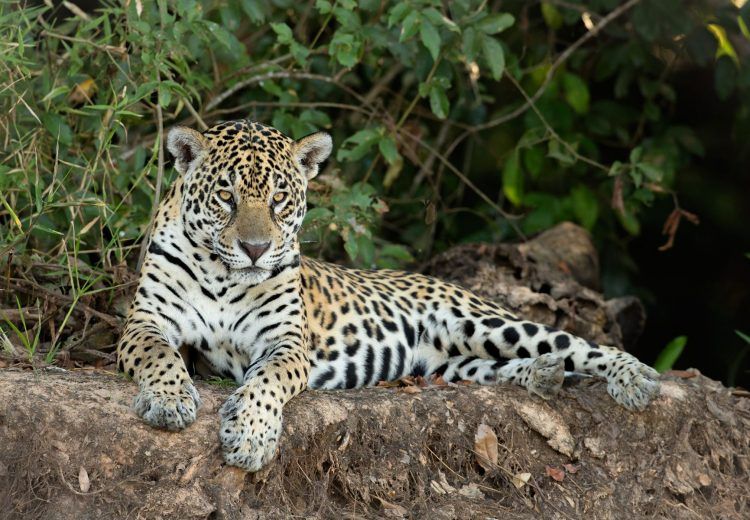
South America (including Galapagos)
August 2025
BRAZIL’S PANTANAL: JAGUARS AND SO MUCH MORE – South America’s best wildlife photography destination
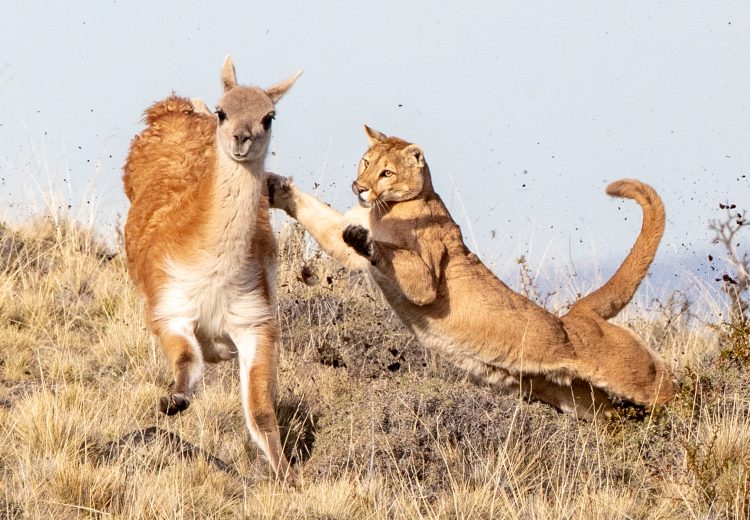
South America (including Galapagos)
September 2025

